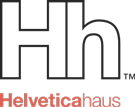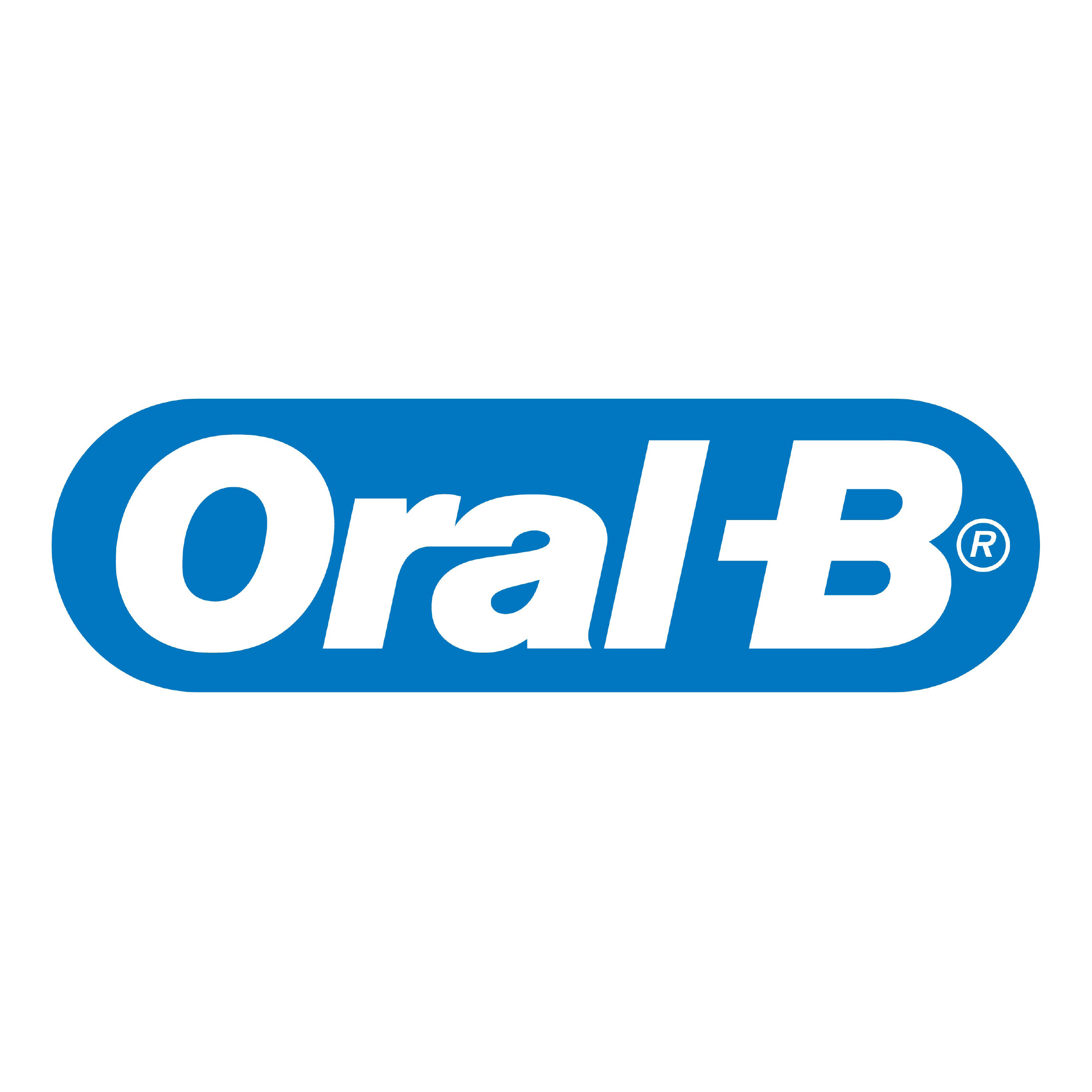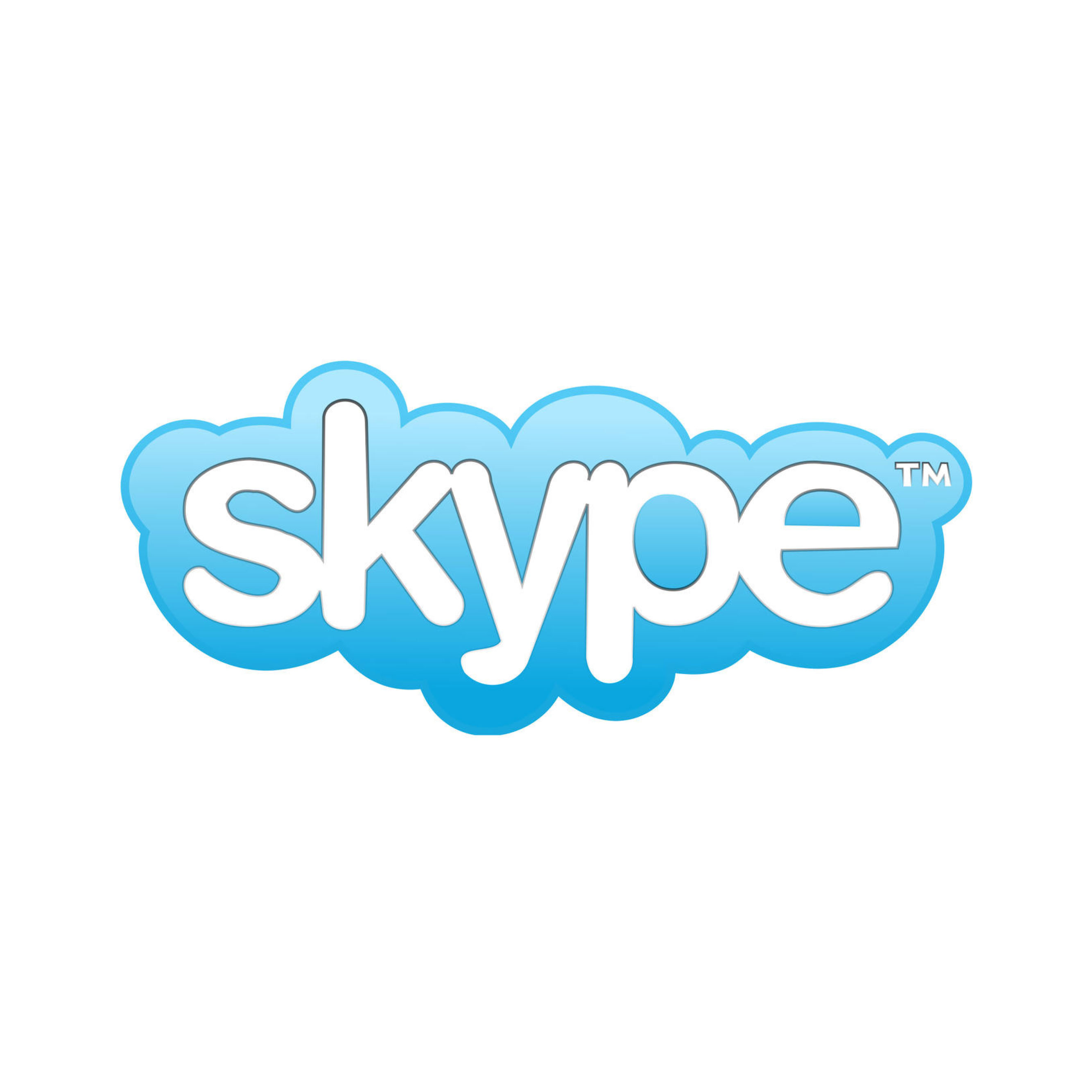Helveticahistory
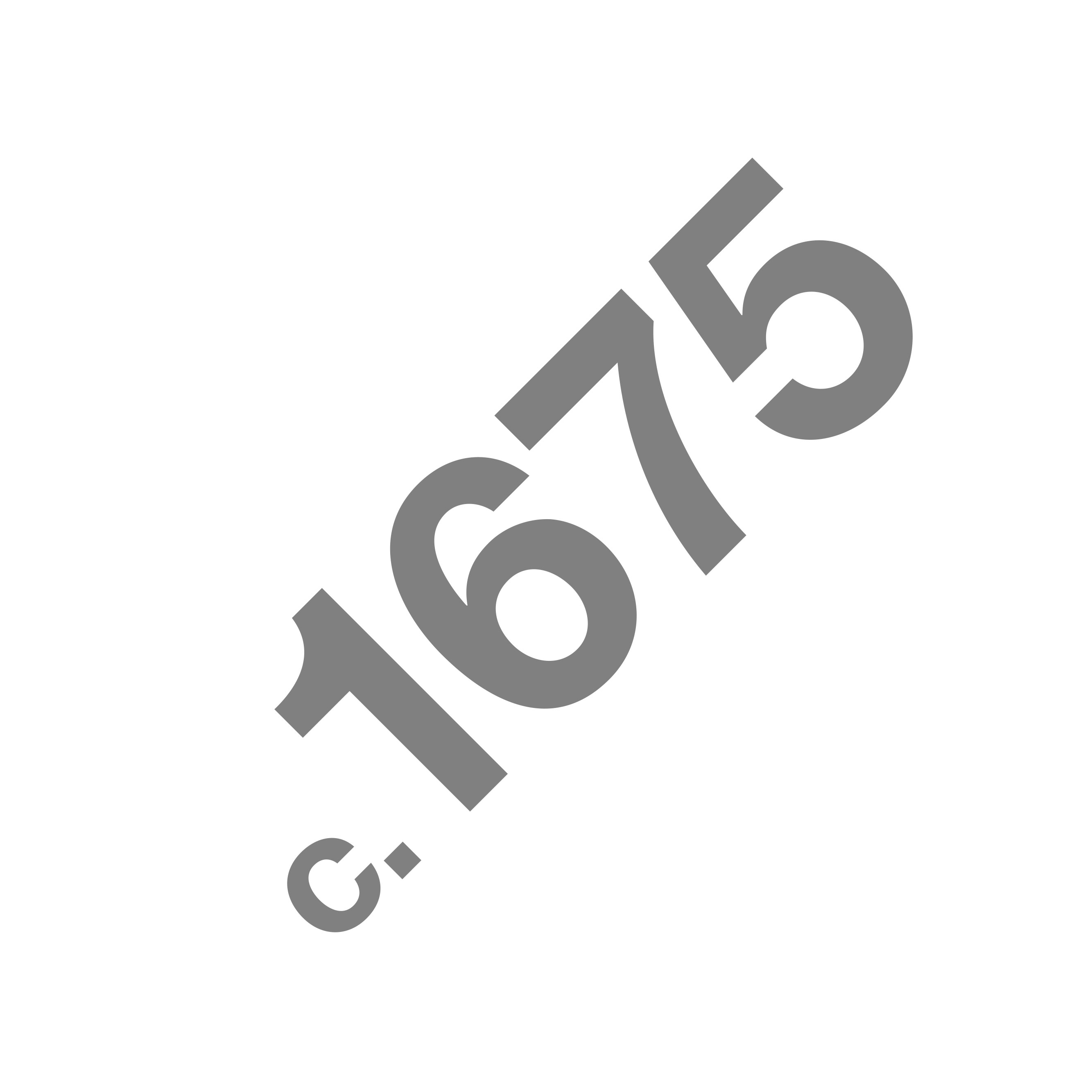
Haas’sche Schrifthiesserei (Haas Type Foundry) is founded by printer Jean Exertier in Basel, Switzerland.
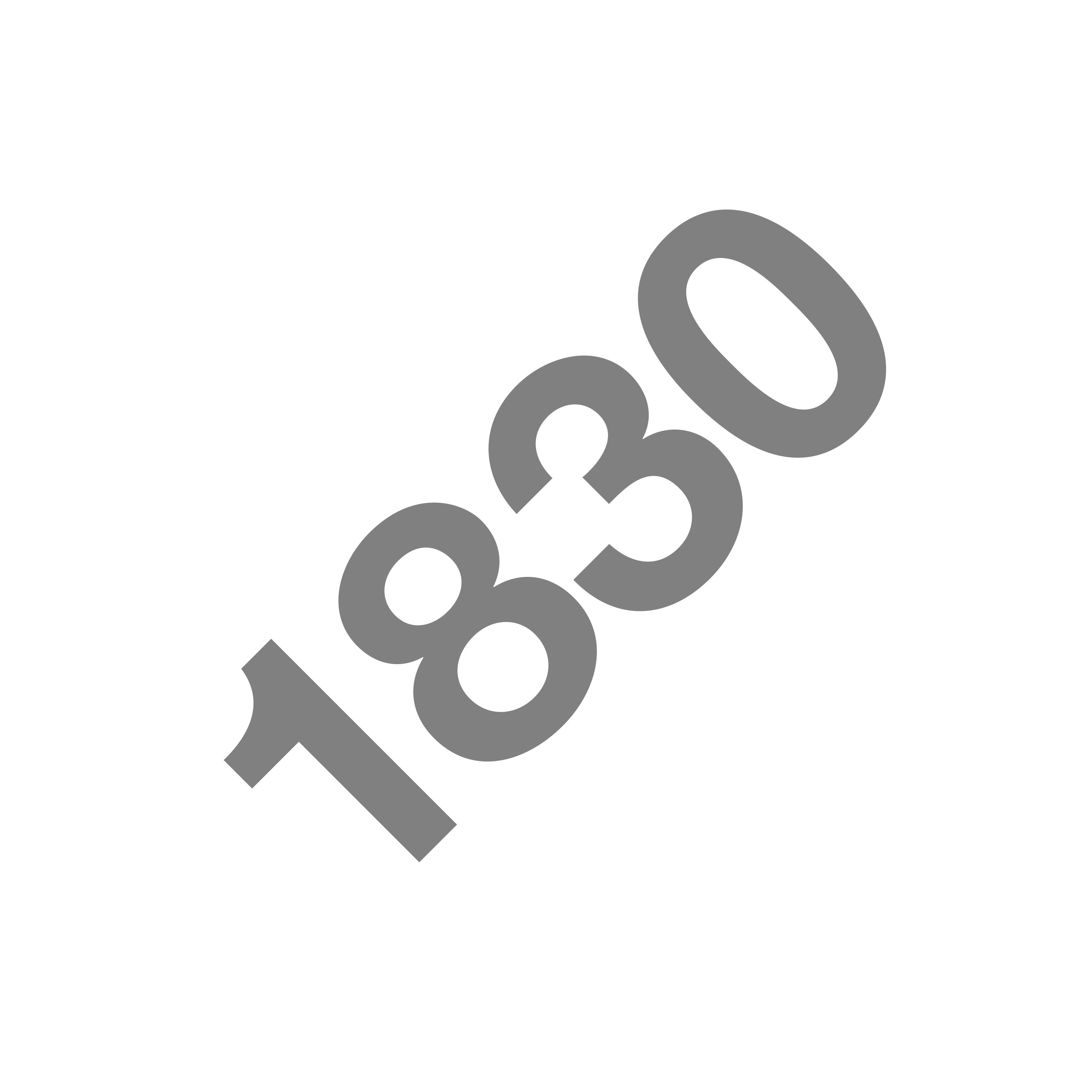
The term sans serif – “without decorative extensions” – is coined by a French type founder.
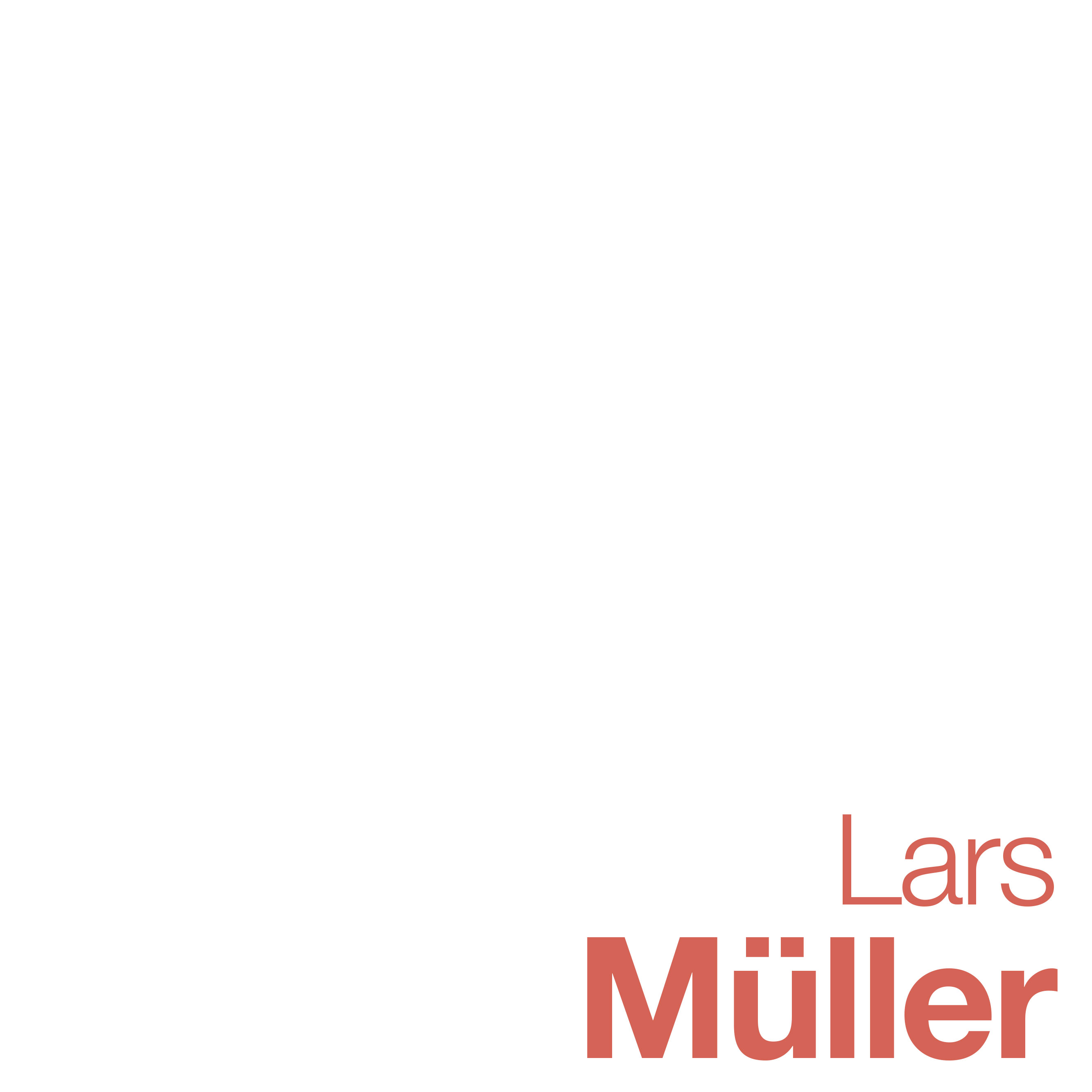
“I think I’m right calling Helvetica the perfume of the city. It is just something we don’t notice usually but we would miss very much if it wouldn’t be there.”
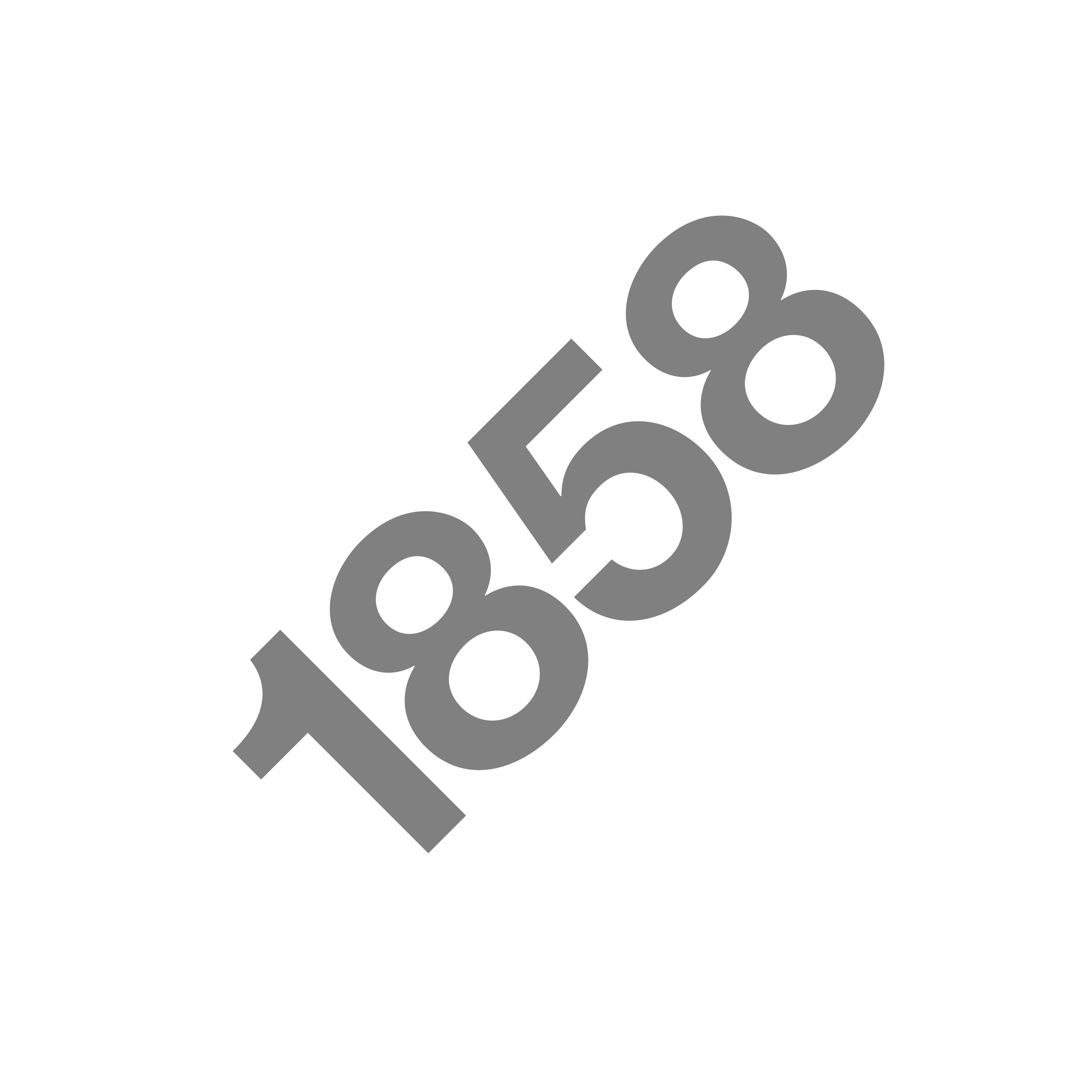
Hermann Berthold establishes Berthold Type Foundry in Berlin.
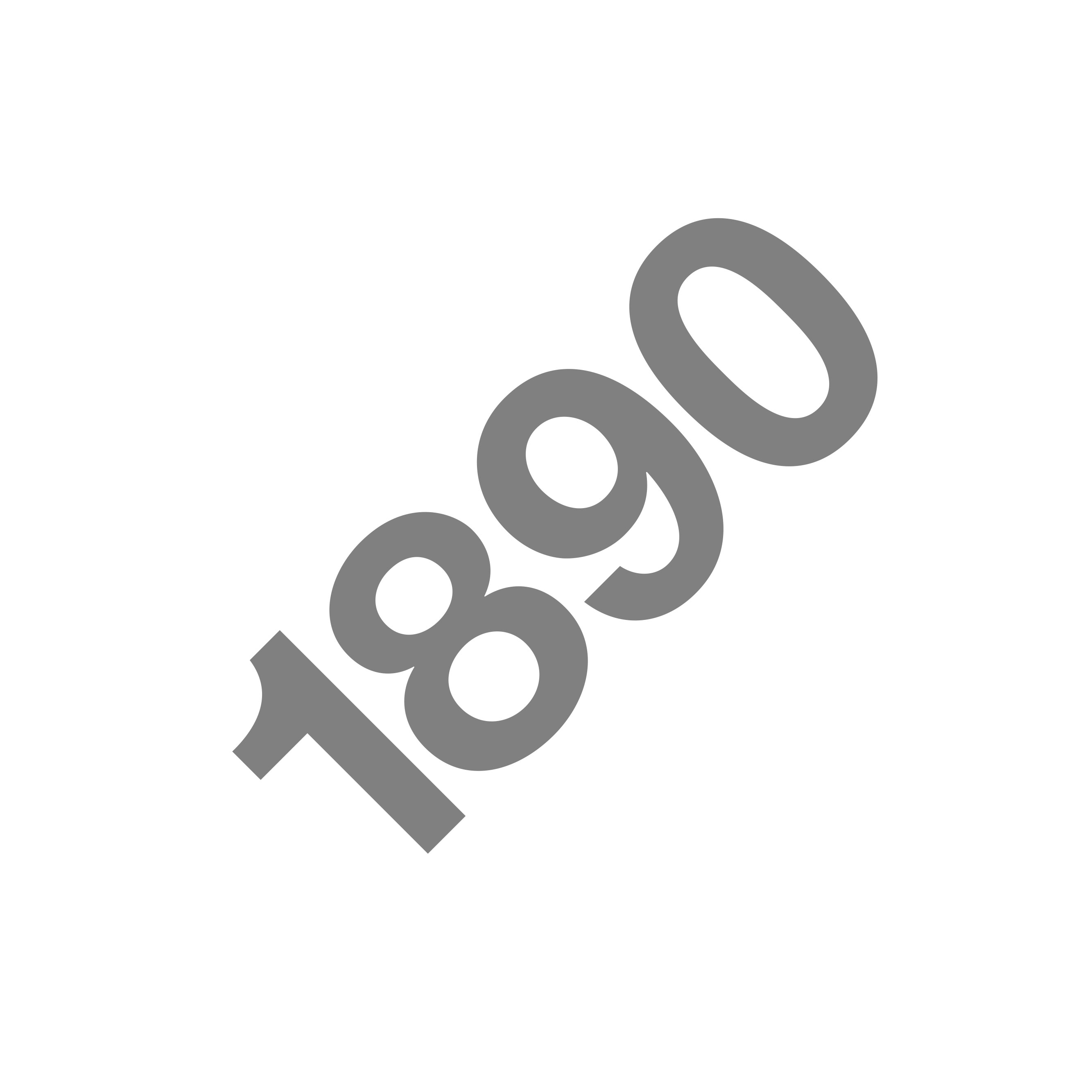
Berthold Type creates Akzidenz Grotesk, a sans serif typeface.
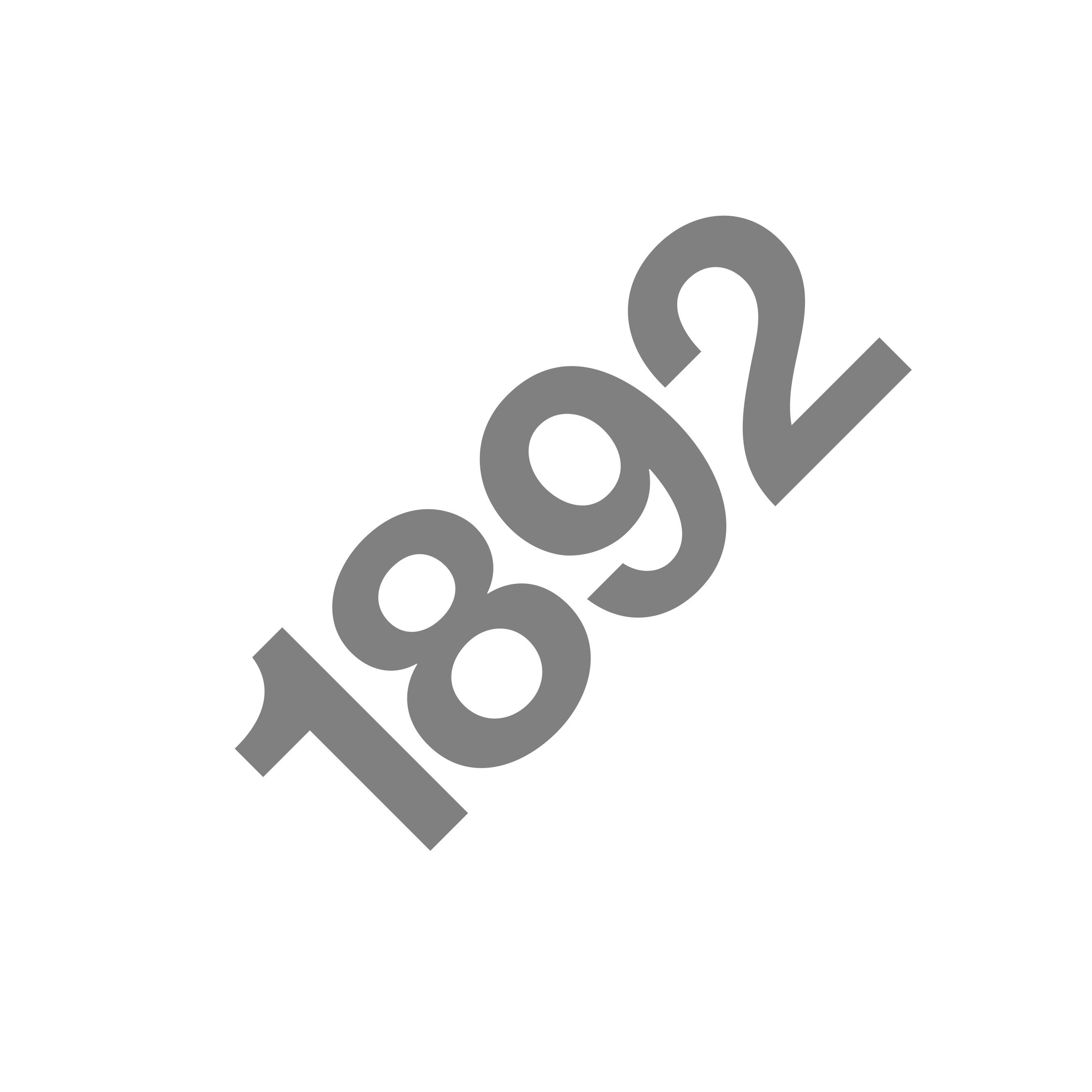
Eduard Hoffman is born in Zurich.
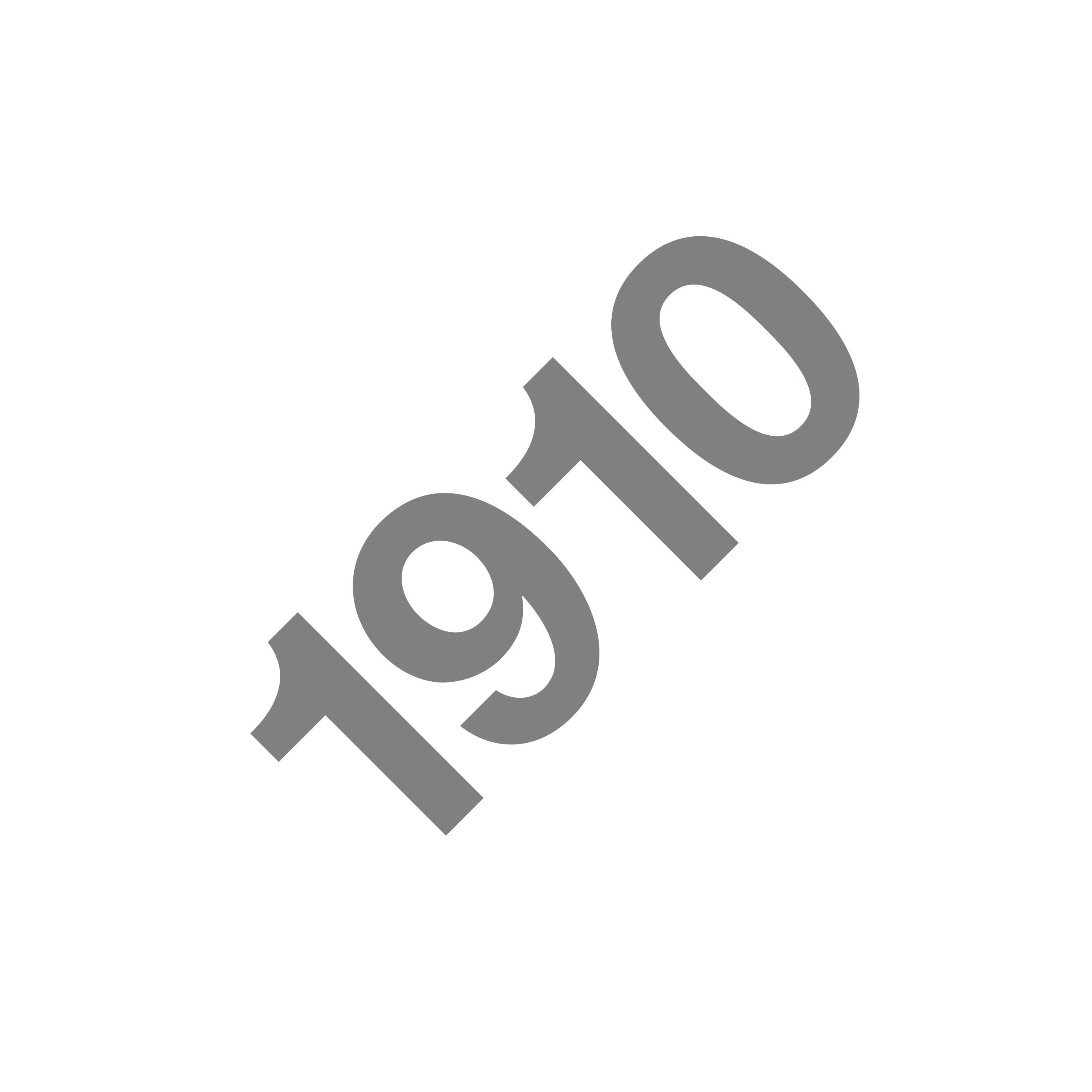
Max Miedinger is born in Zurich.
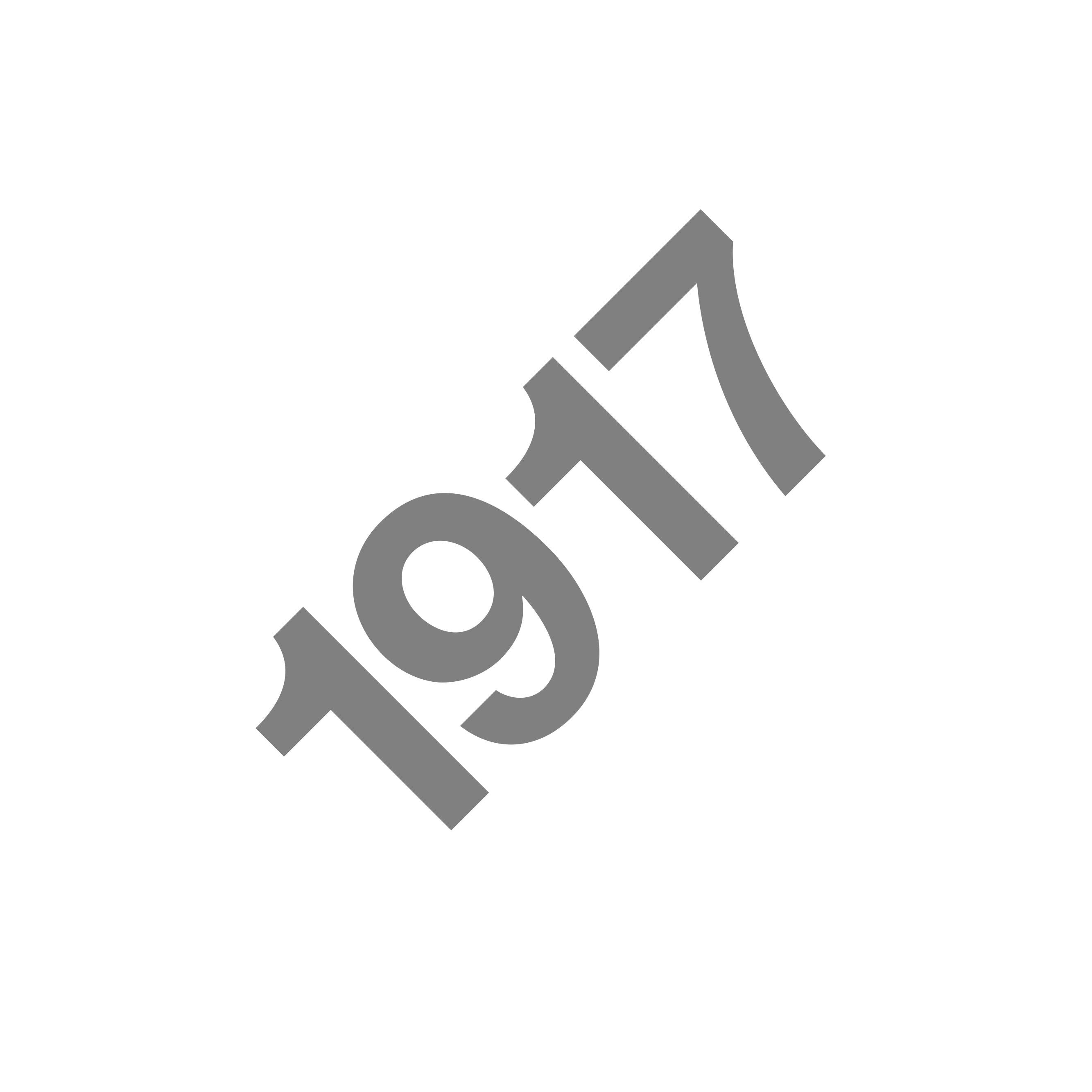
Eduard Hoffman joins his uncle Max Thayer’s company – the Haas Type Foundry, now located in Münchenstein, Switzerland – and begins a career in typography.
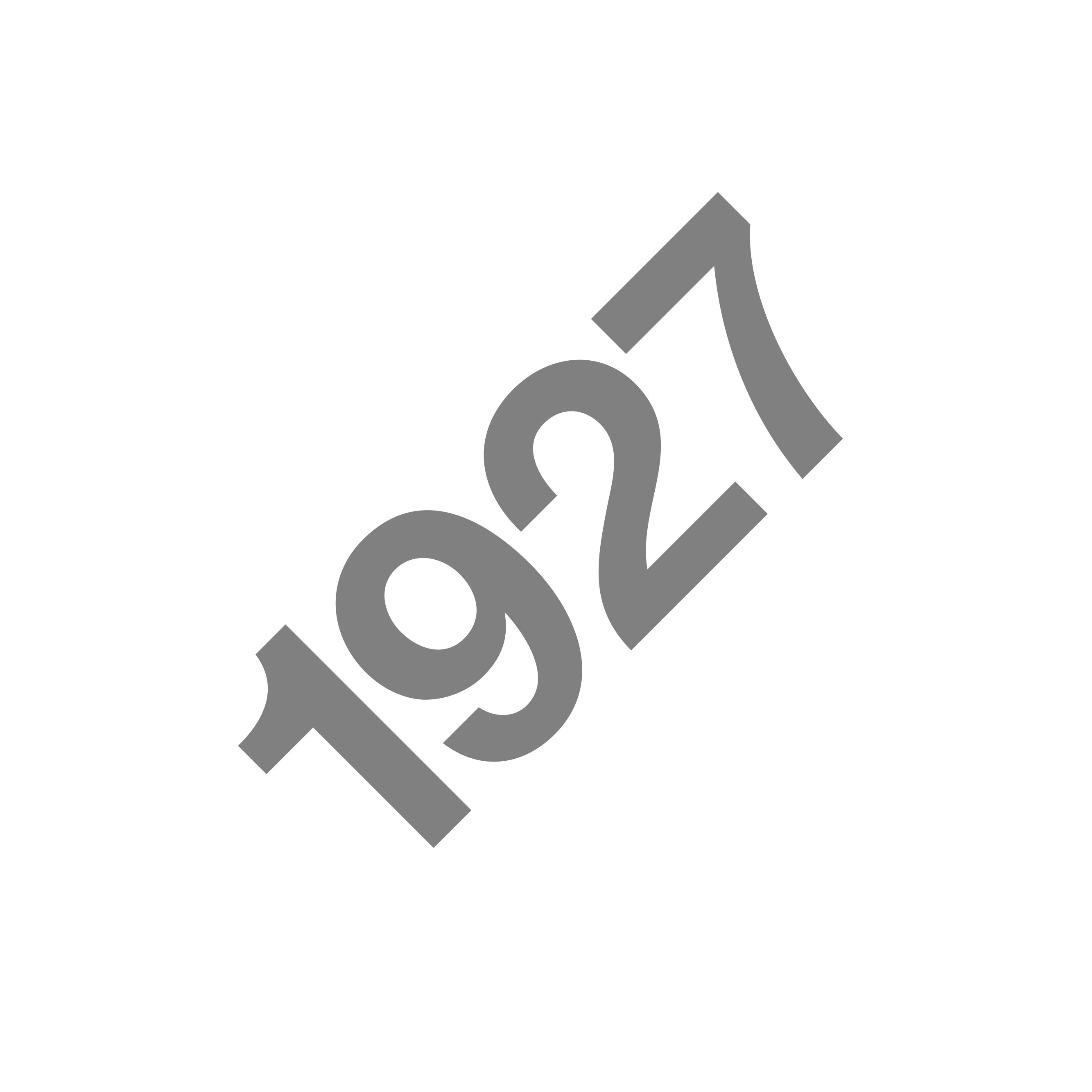
The Stempel Foundry acquires shares in the Haas foundry; the two begin to share matrices.
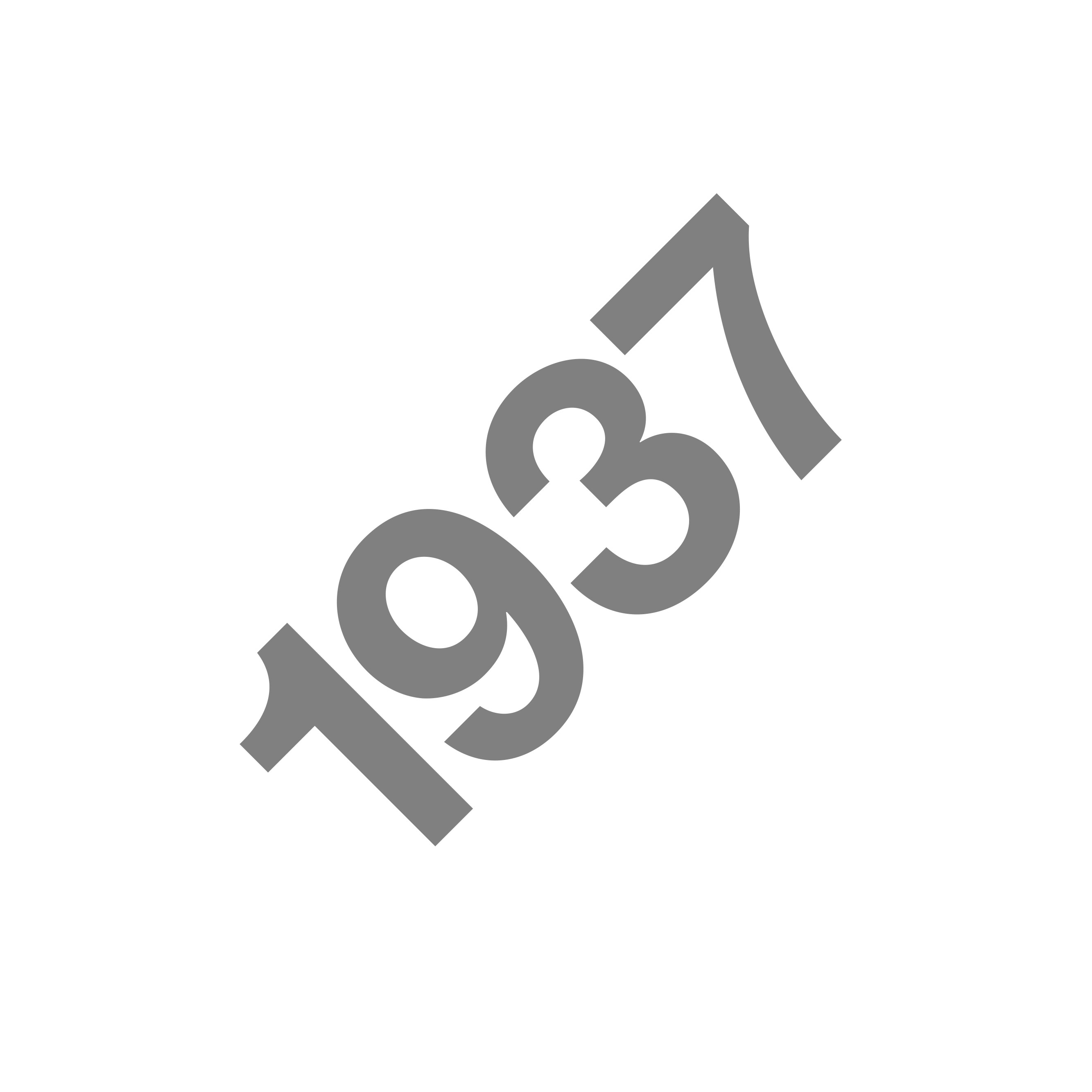
Max Miedinger finds employment as a typographer with Globe, an advertising studio.
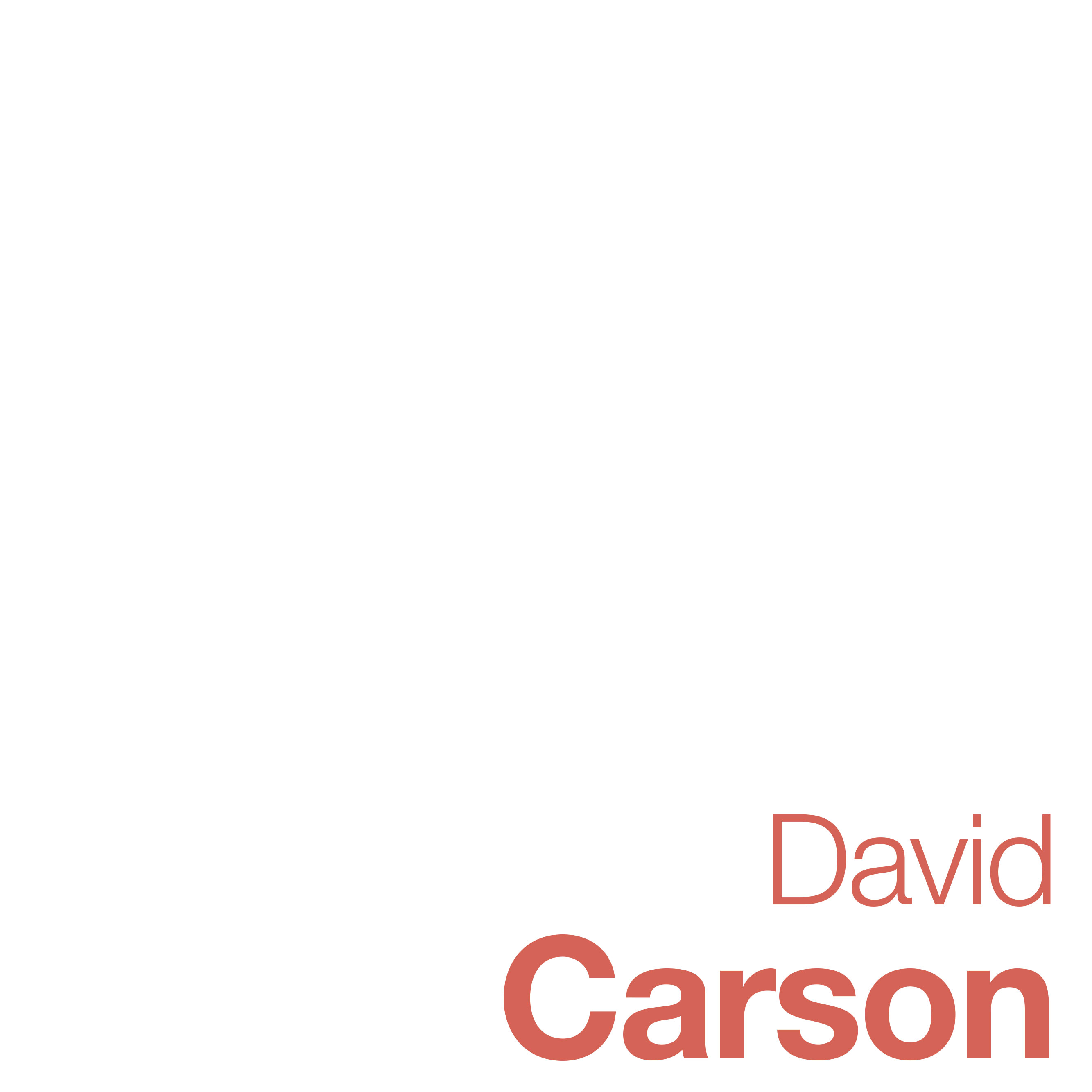
“If you have no intuitive sense of design, then call yourself an ‘information architect’ and only use Helvetica.”

Max Miedinger is hired at Haas Type Foundry as a representative.
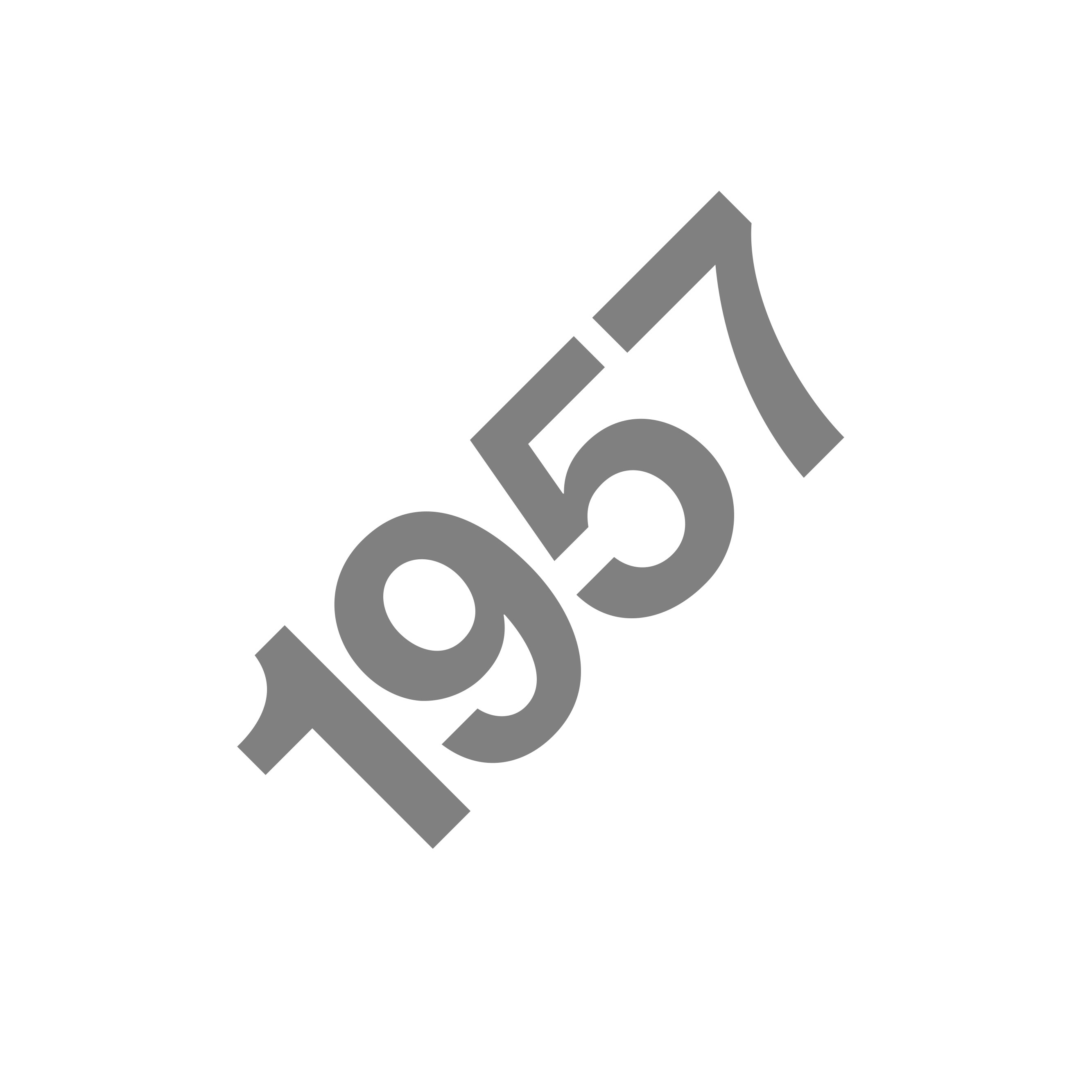
Max Miedinger and Eduard Hoffman design Neue Haas Grotesk, based on Berthold’s Akzidenz Grotesk.

Neue Haas Grotesk is first presented to the public at the Graphic 57 trade fair in Lausanne, Switzerland.
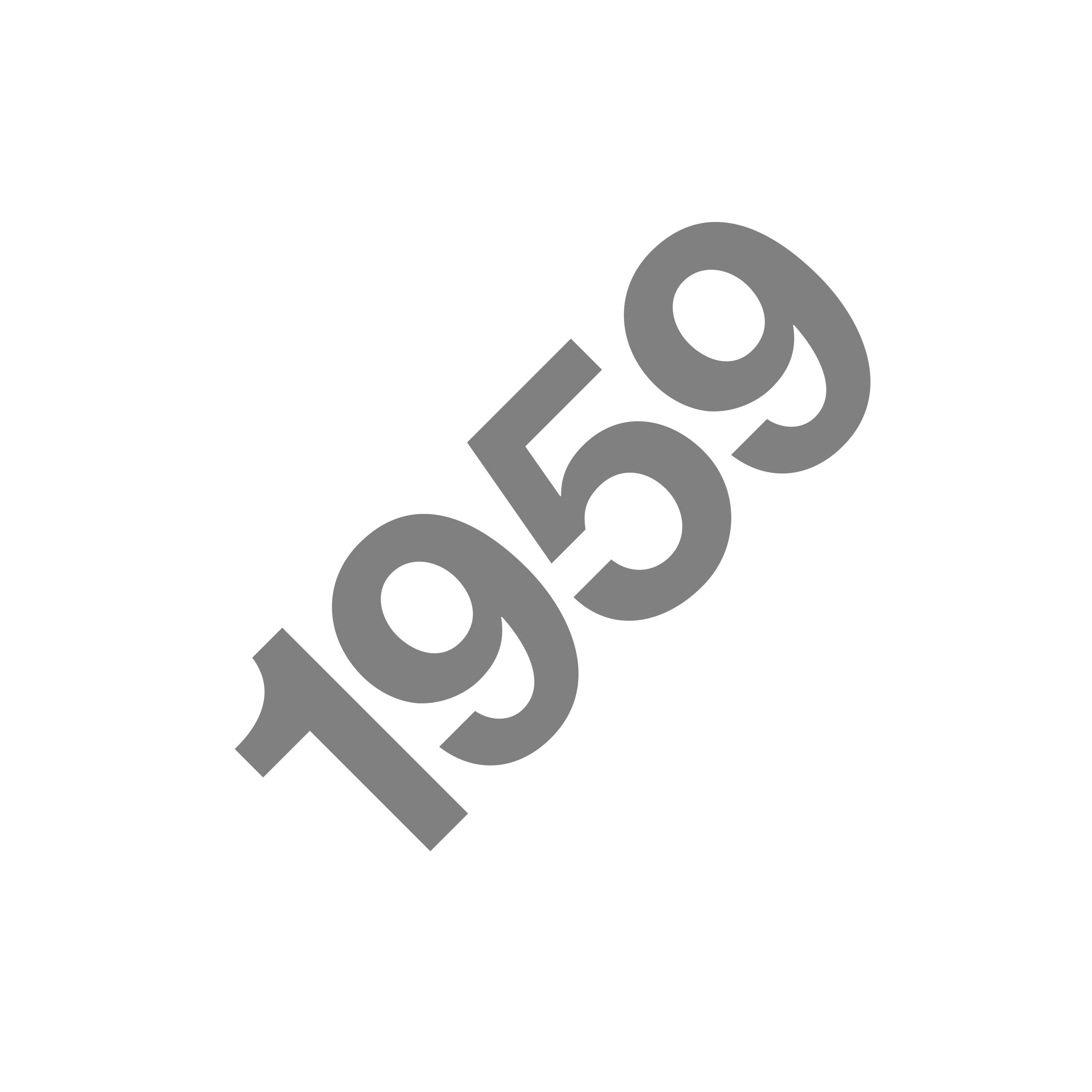
Ten percent of Swiss printers are carrying Neue Haas Grotesk.
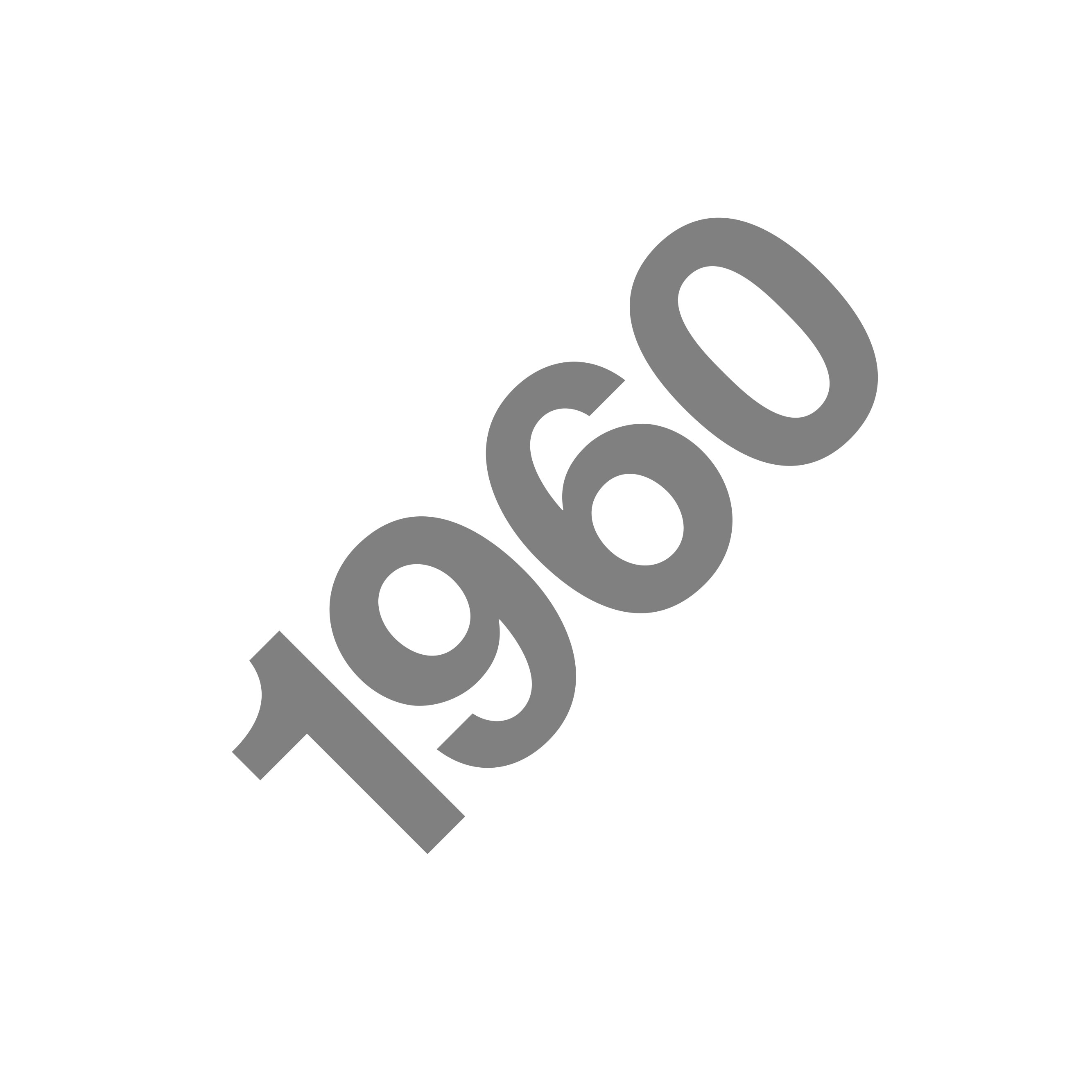
Haas parent company D. Stempel AG changes the name to Helvetica – Latin for “Swiss” – to make the font more marketable internationally.
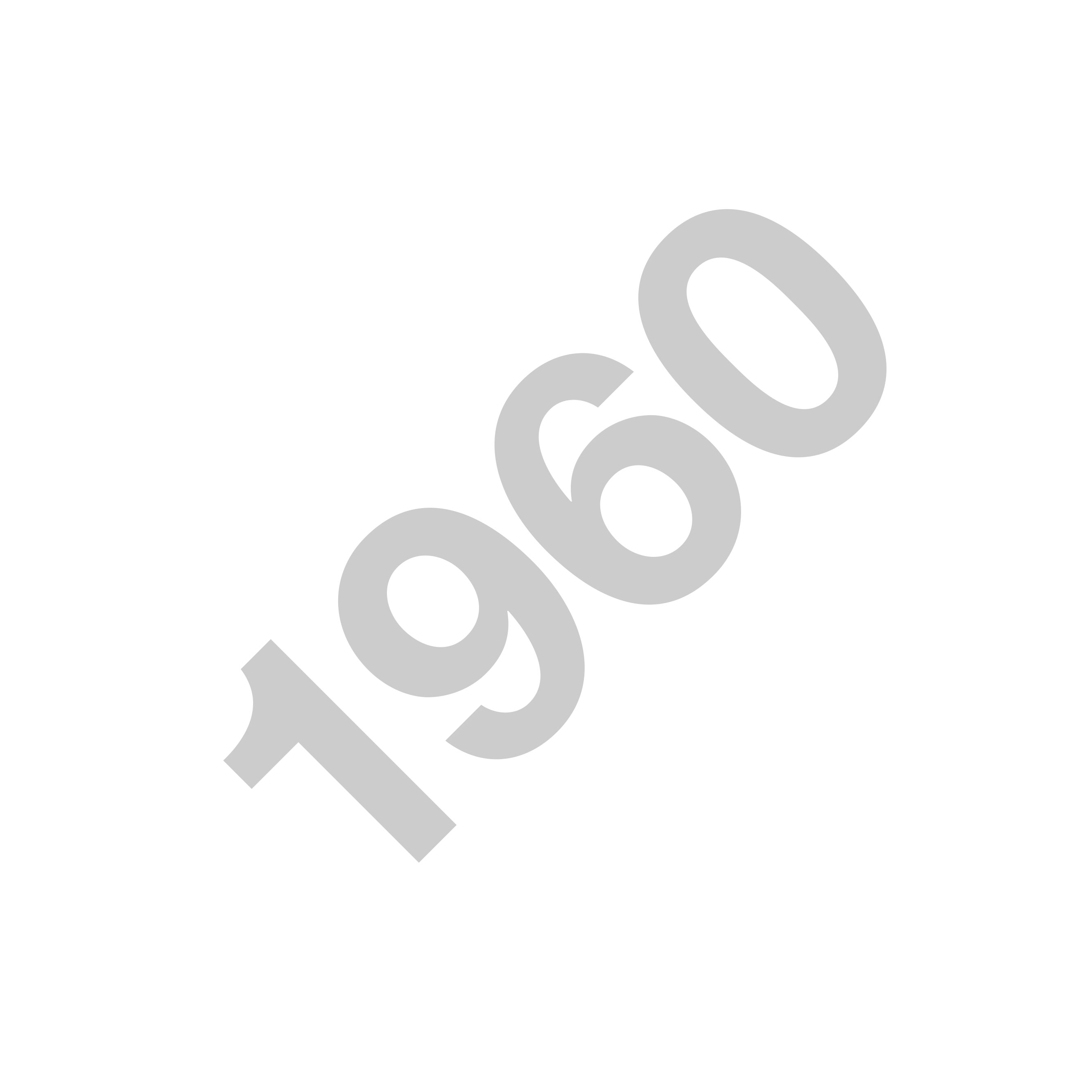
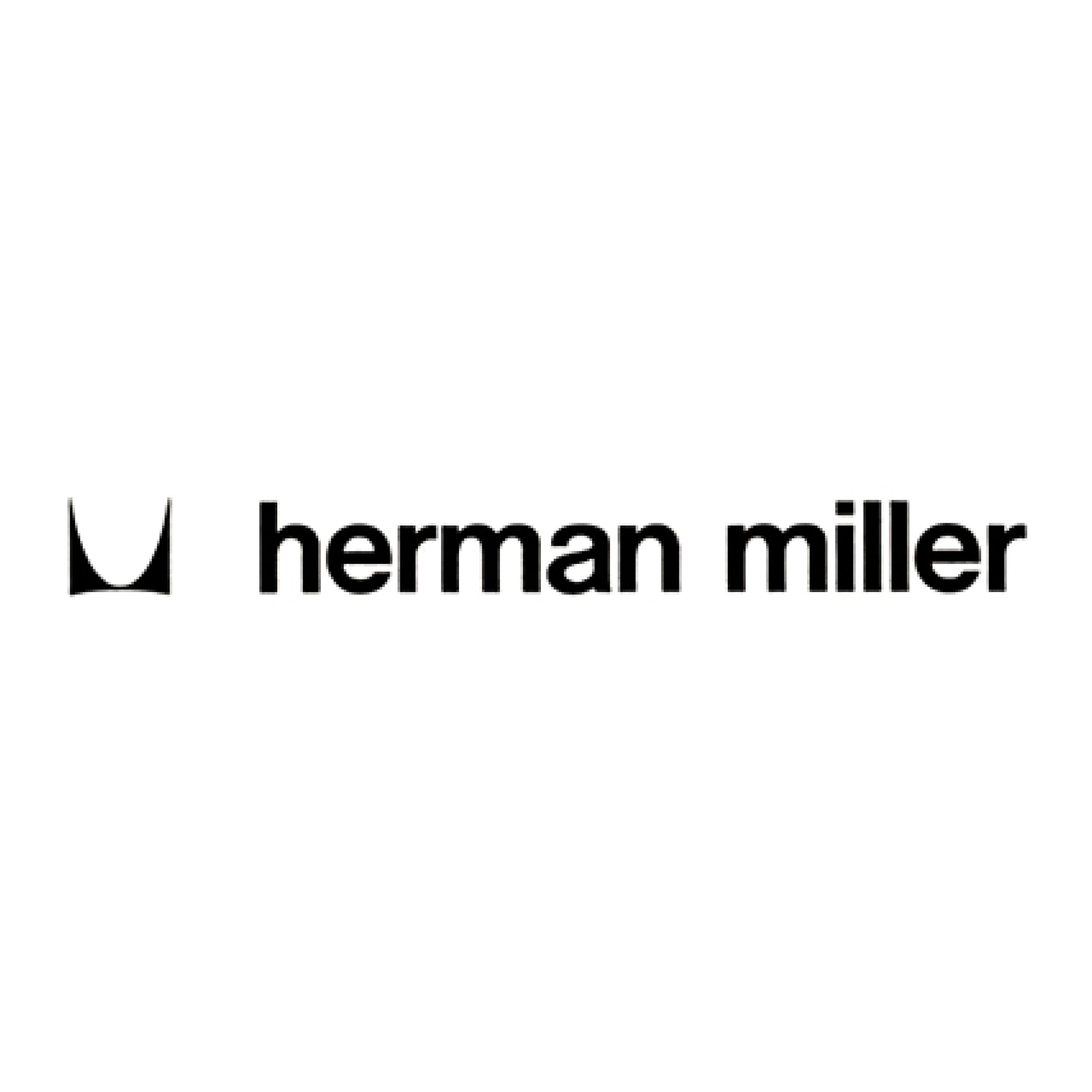
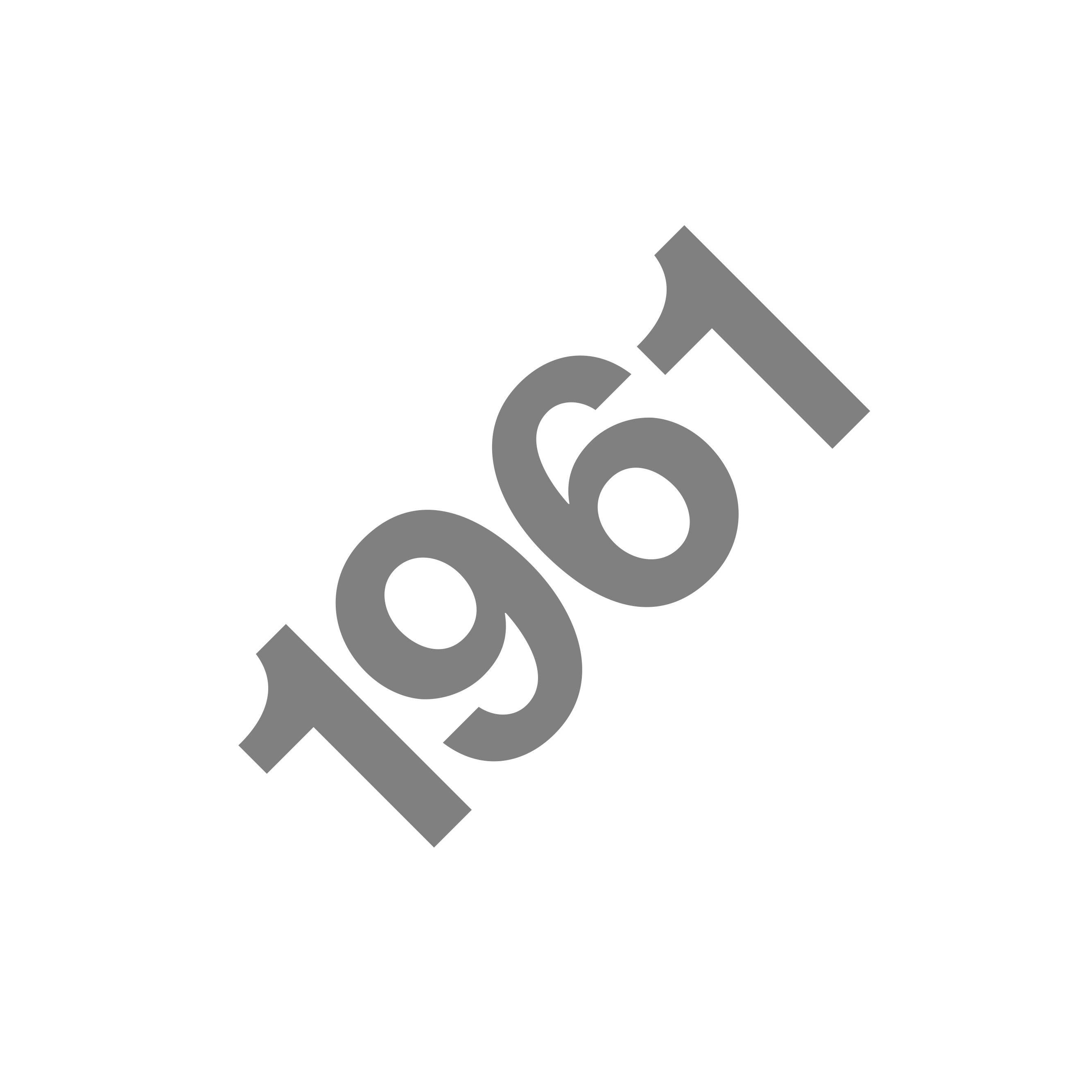
Matthew Carter designs Airport, a display font based on Akzidenz Grotesk, for the Oceanic Building at London’s Heathrow Airport.
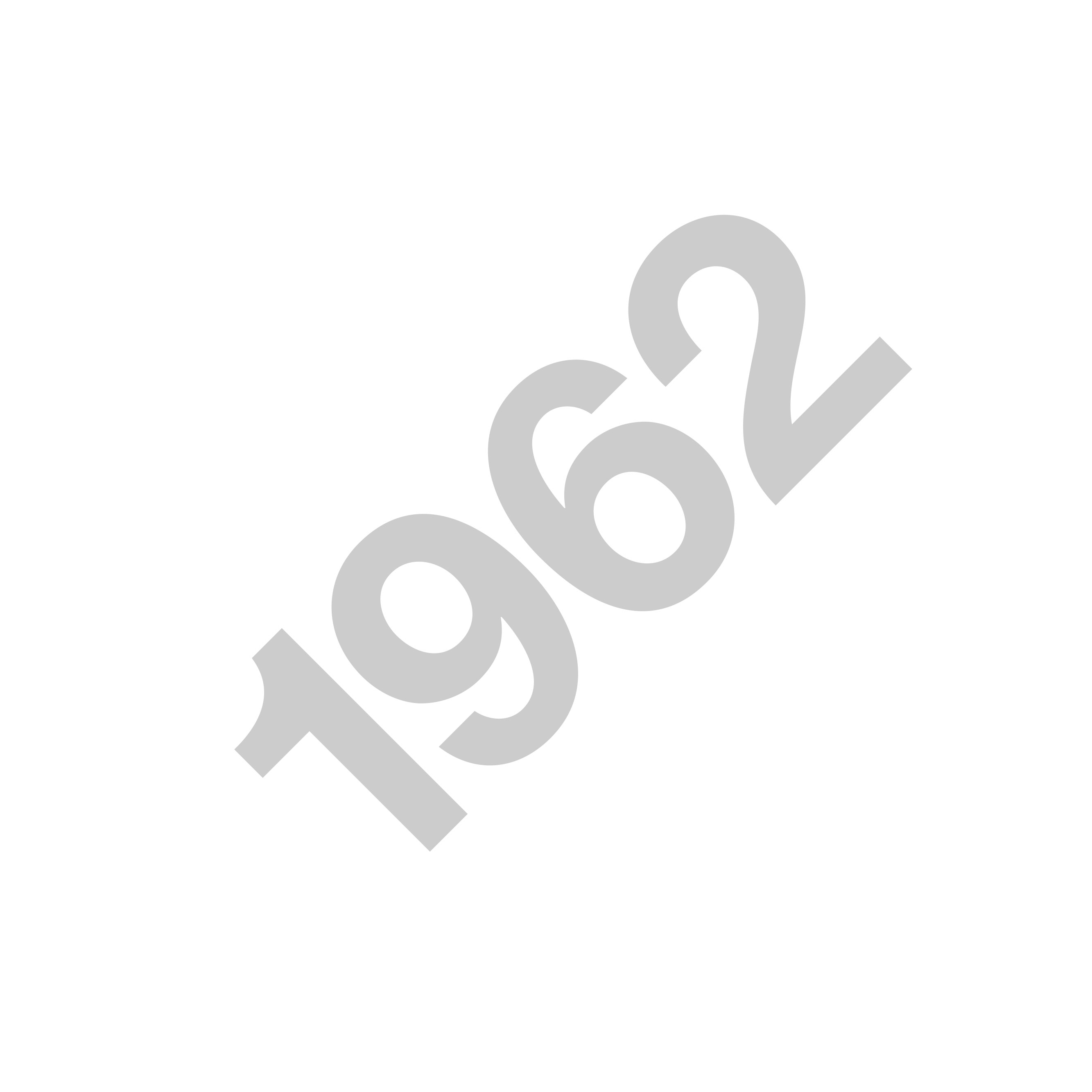
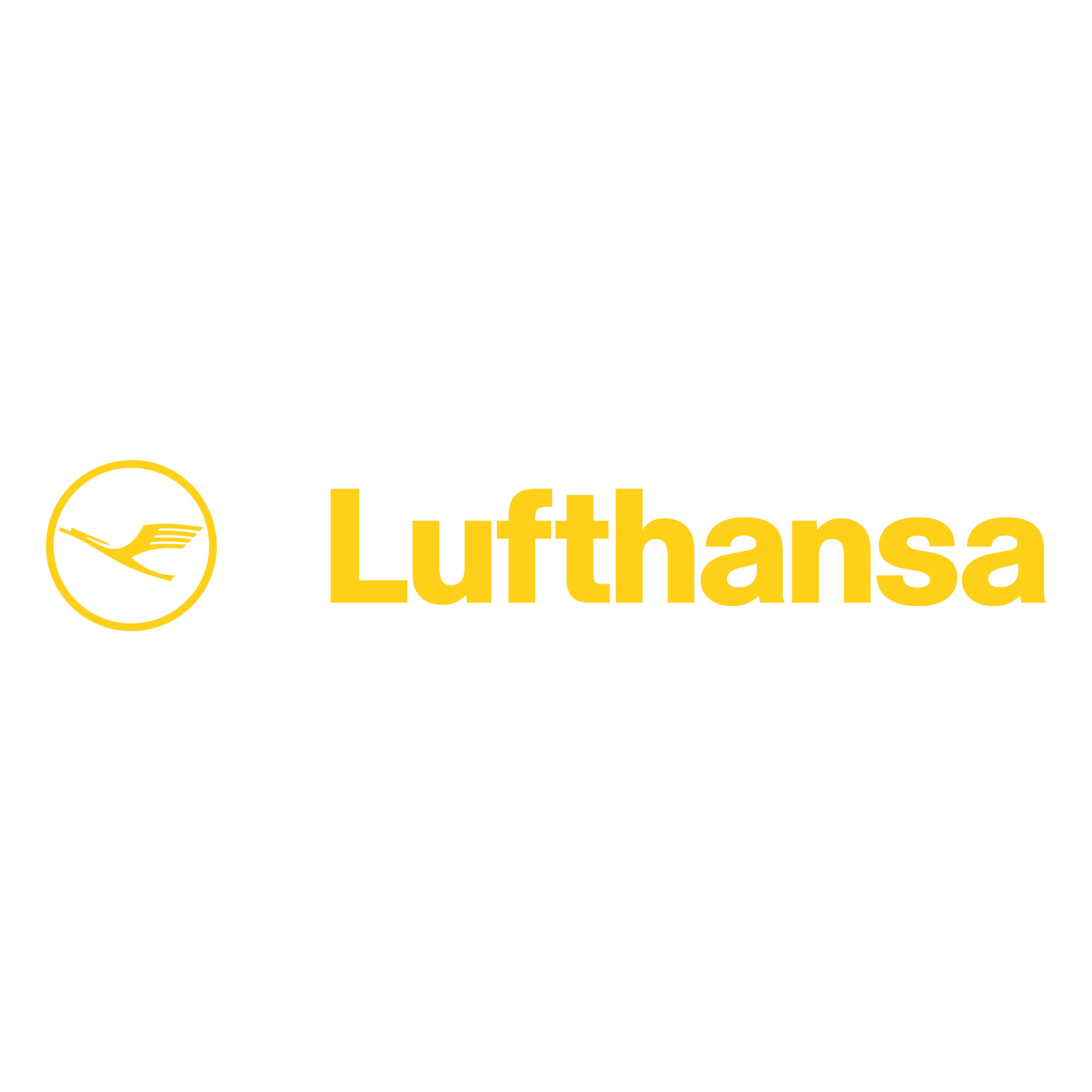
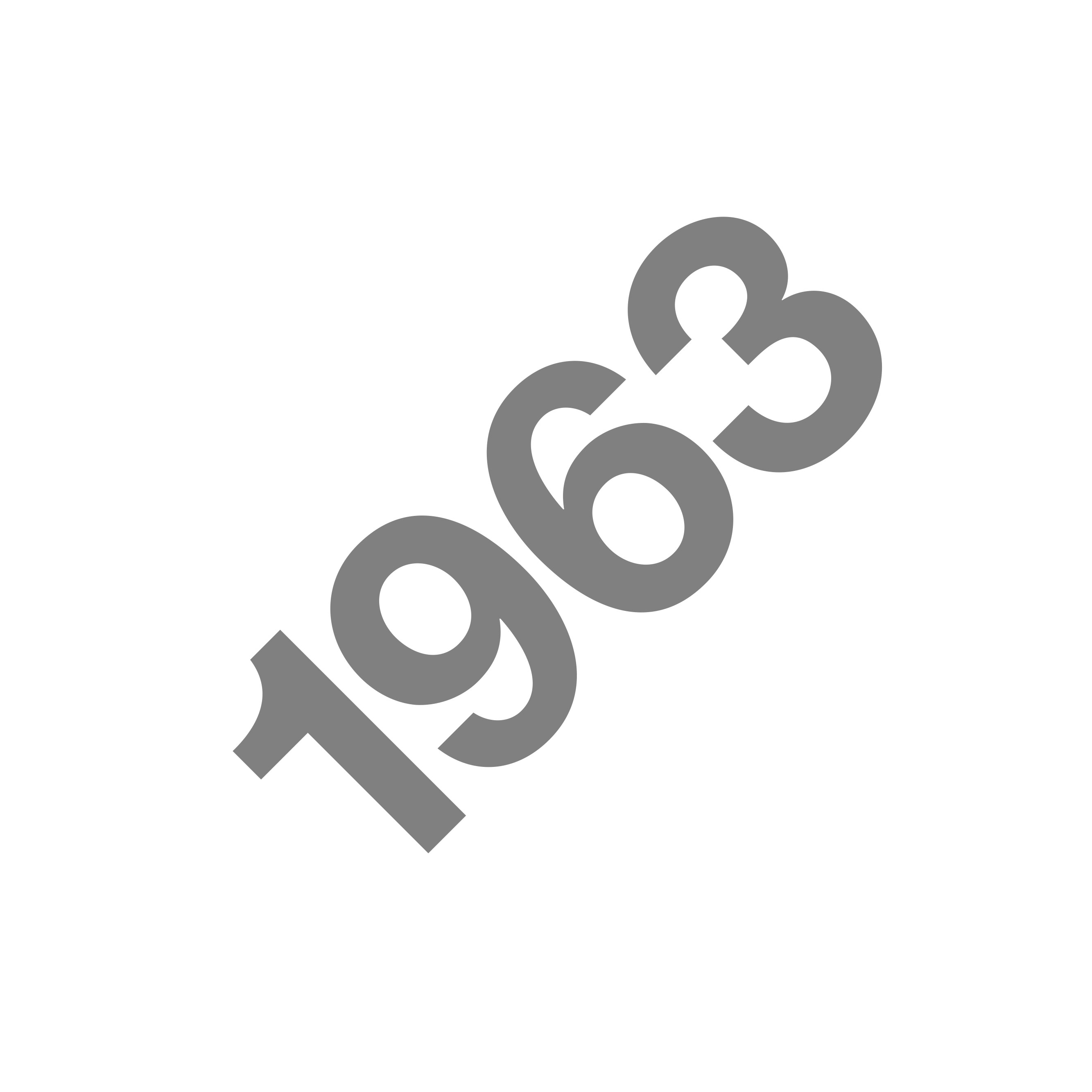
Print magazine introduces Helvetica to the U.S.
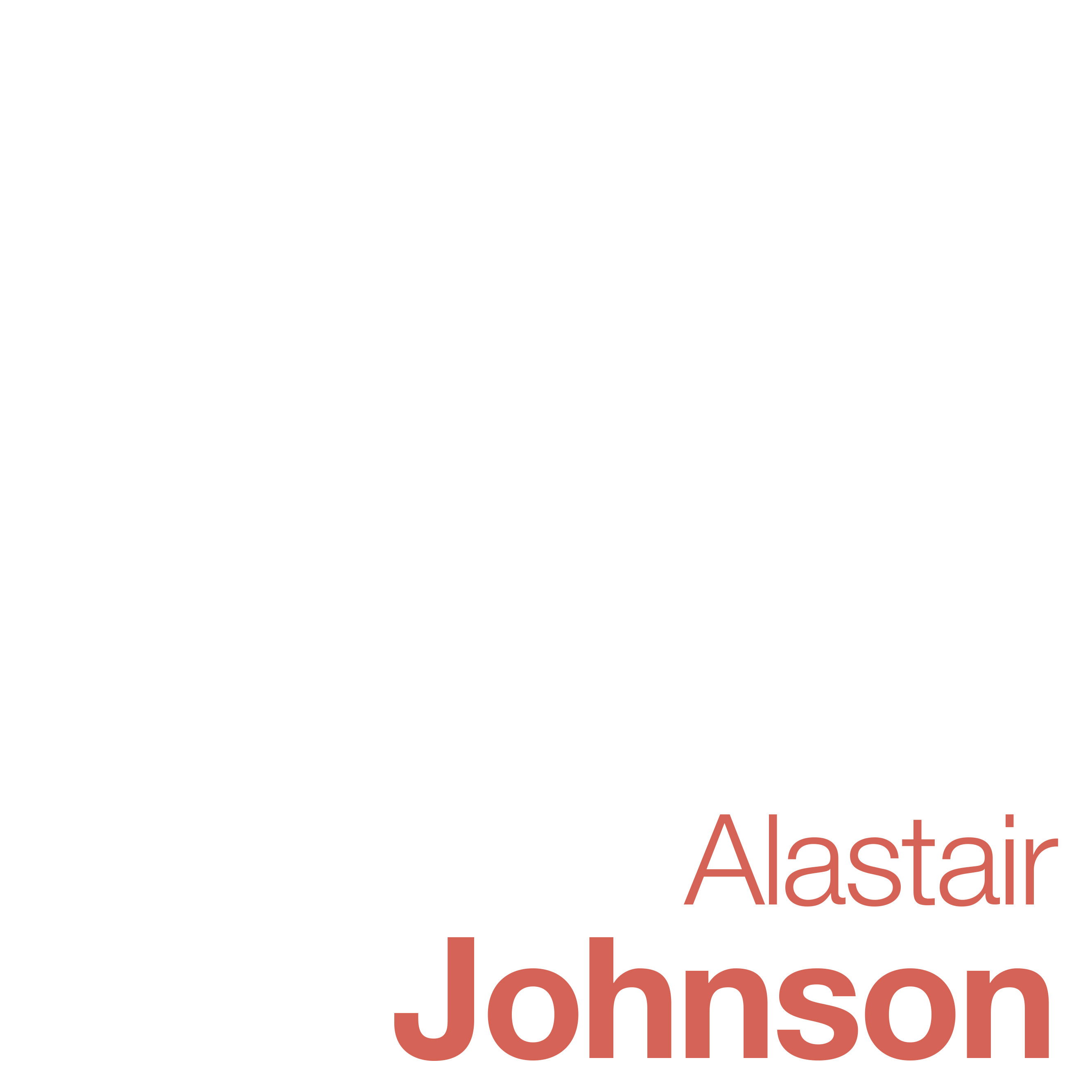
“Yes, Helvetica is neutral, but it also symbolizes blandness and conformity and…well, sorry Swiss people, boredom.”

Helvetica’s first major headway in the American market comes when Linotype adopts the typeface for its equipment.
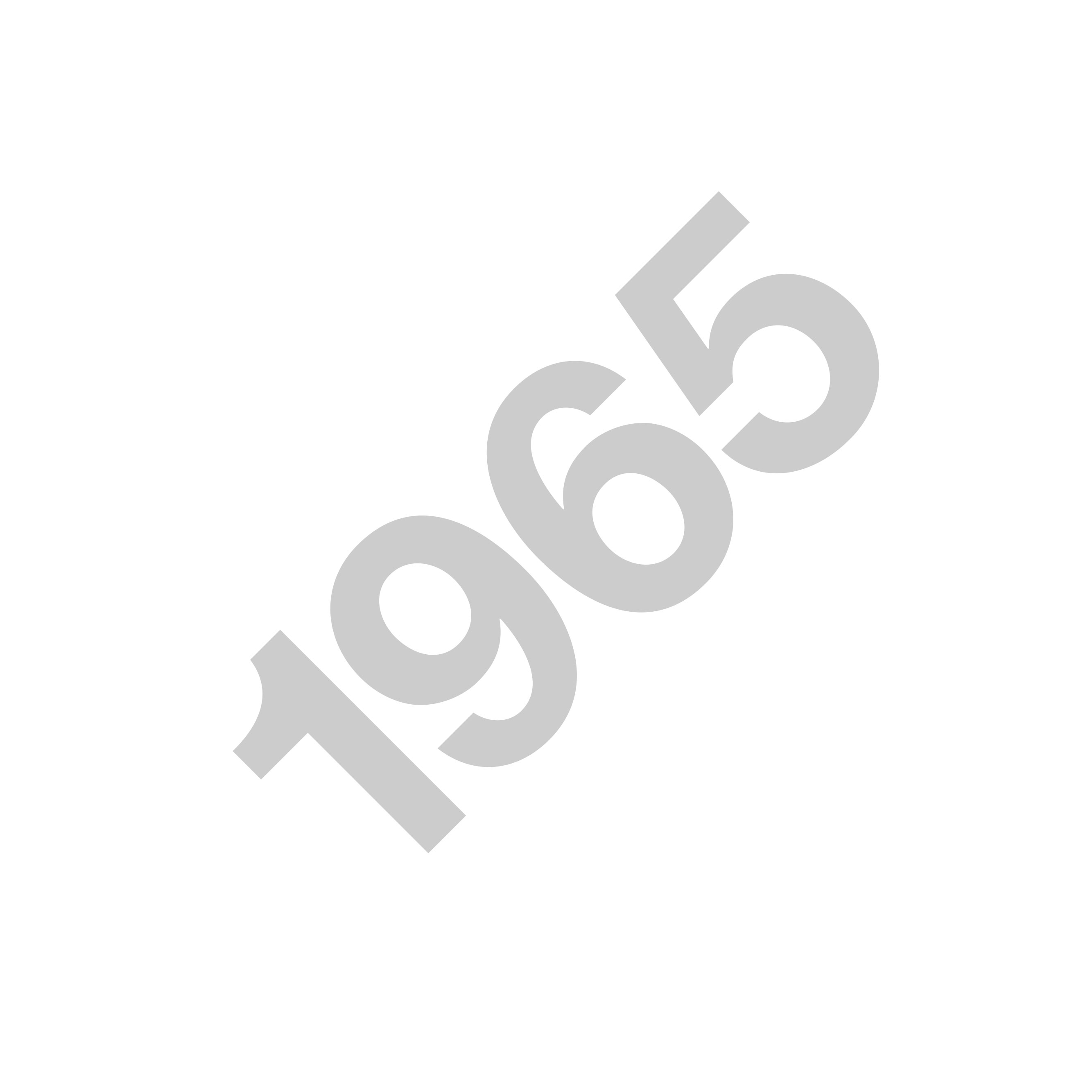
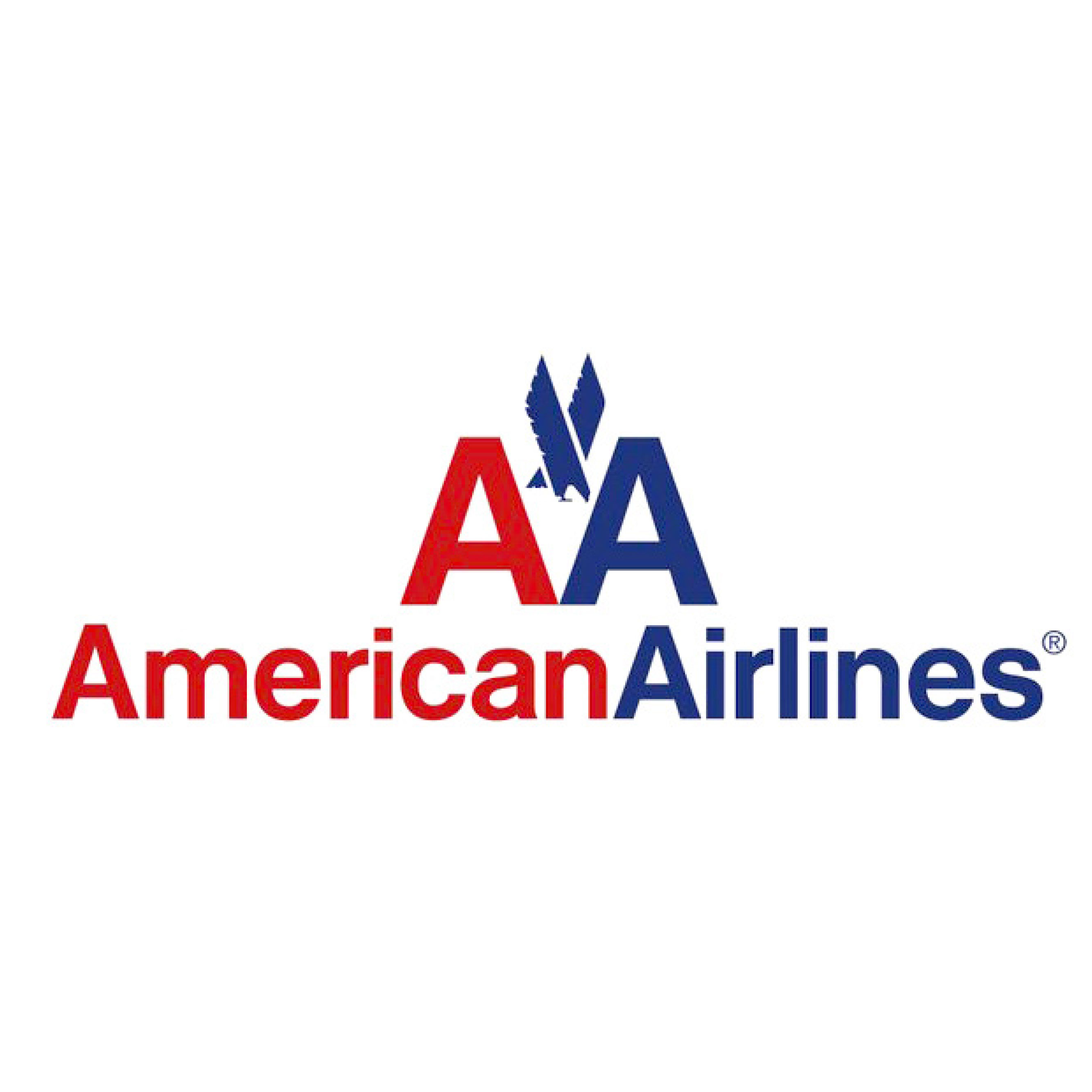

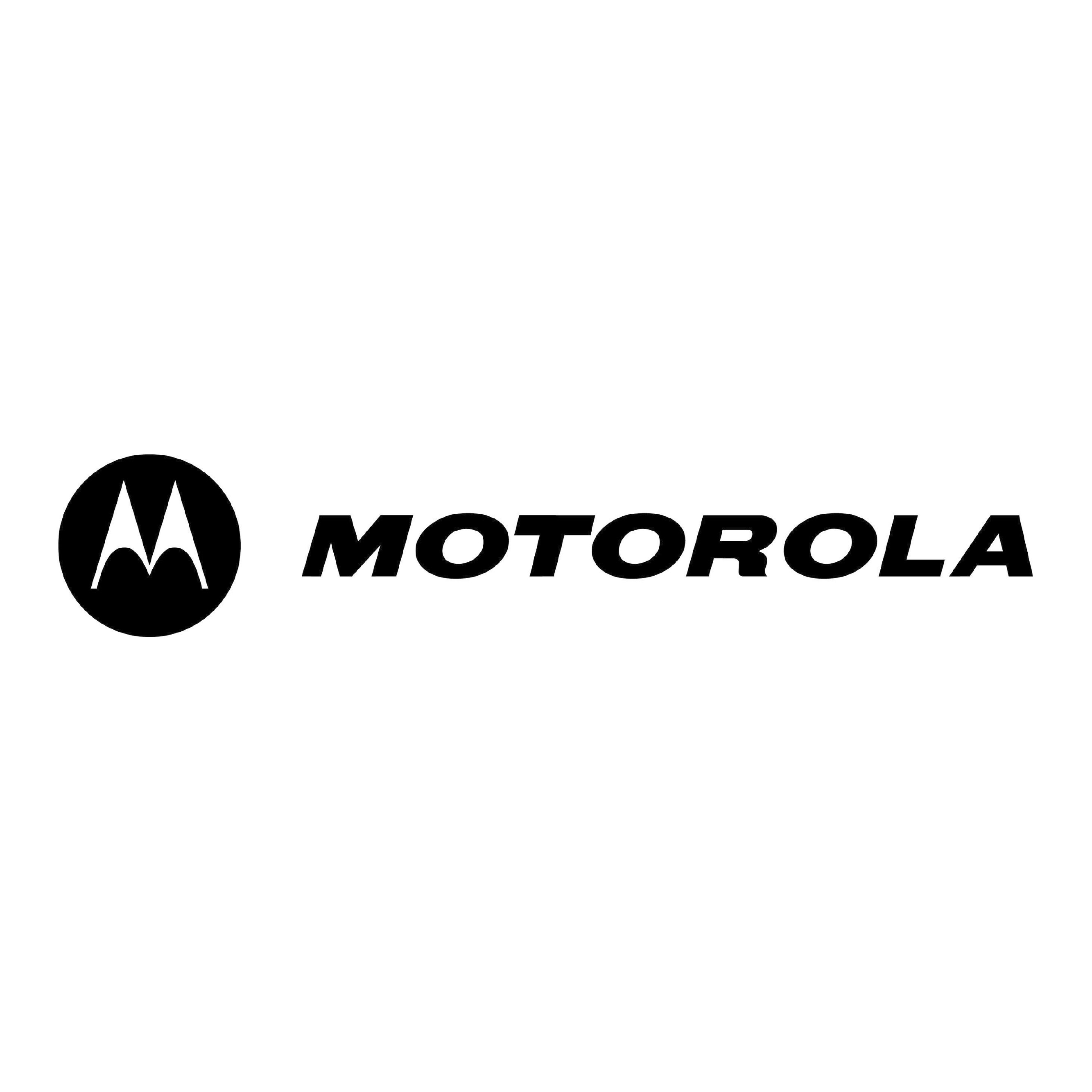
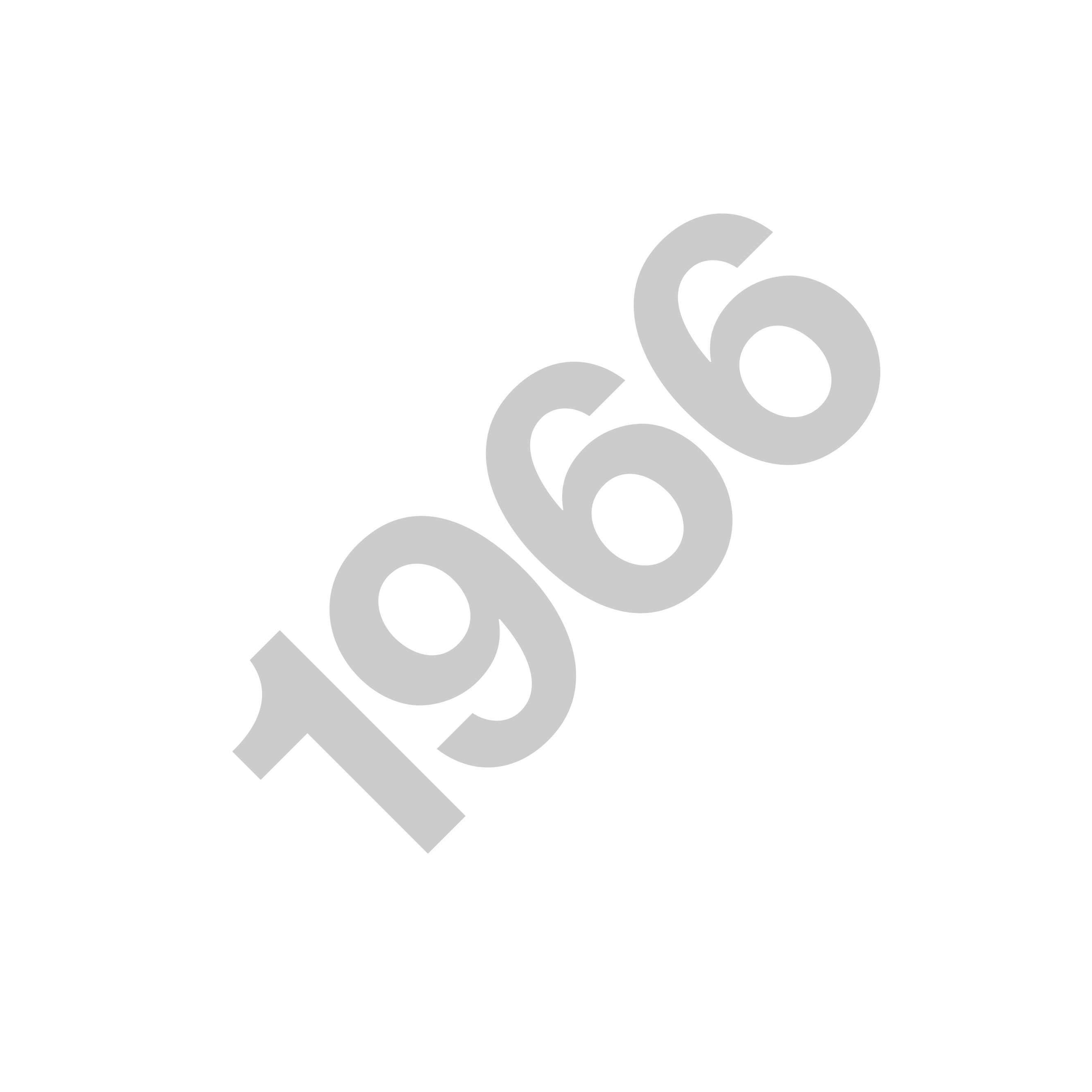
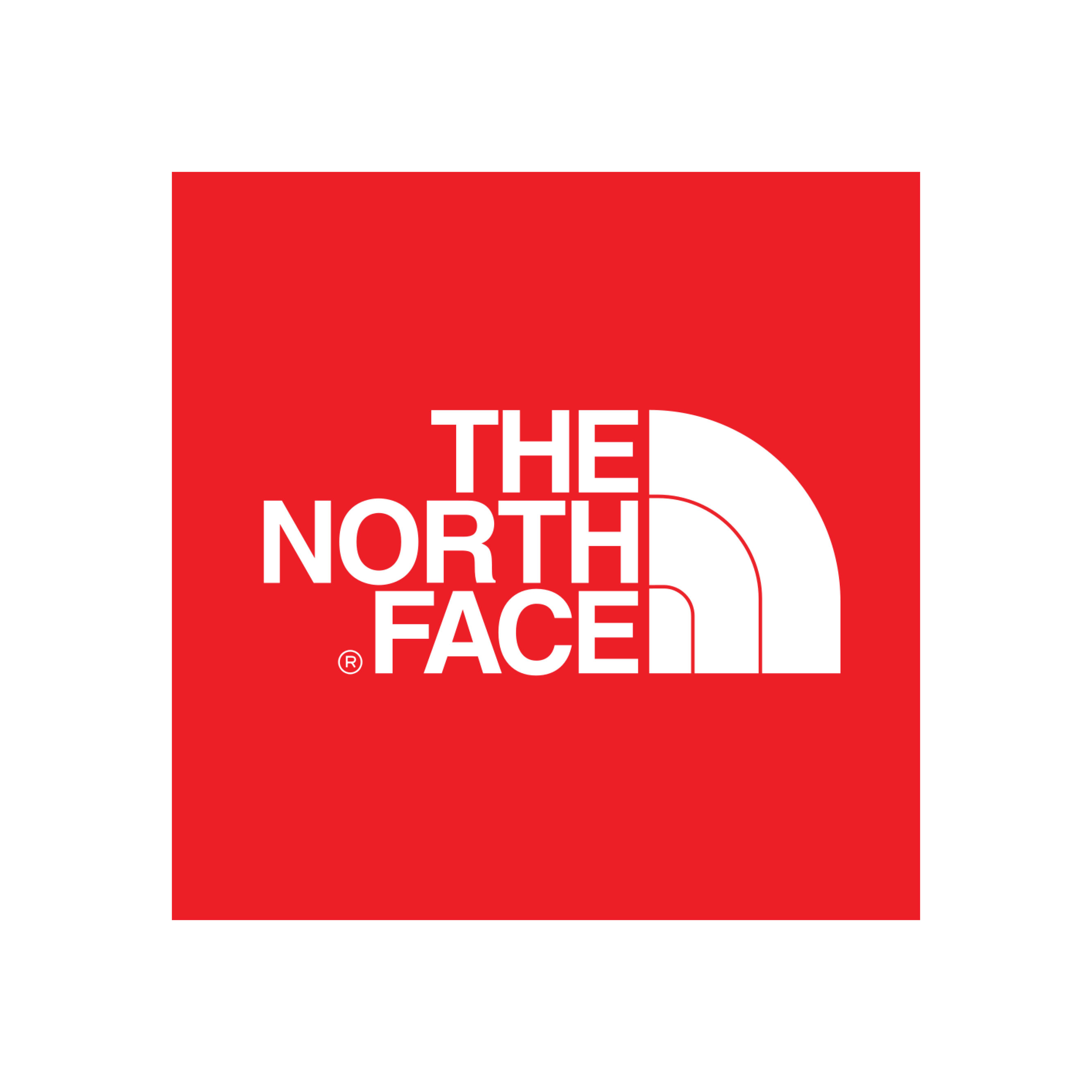
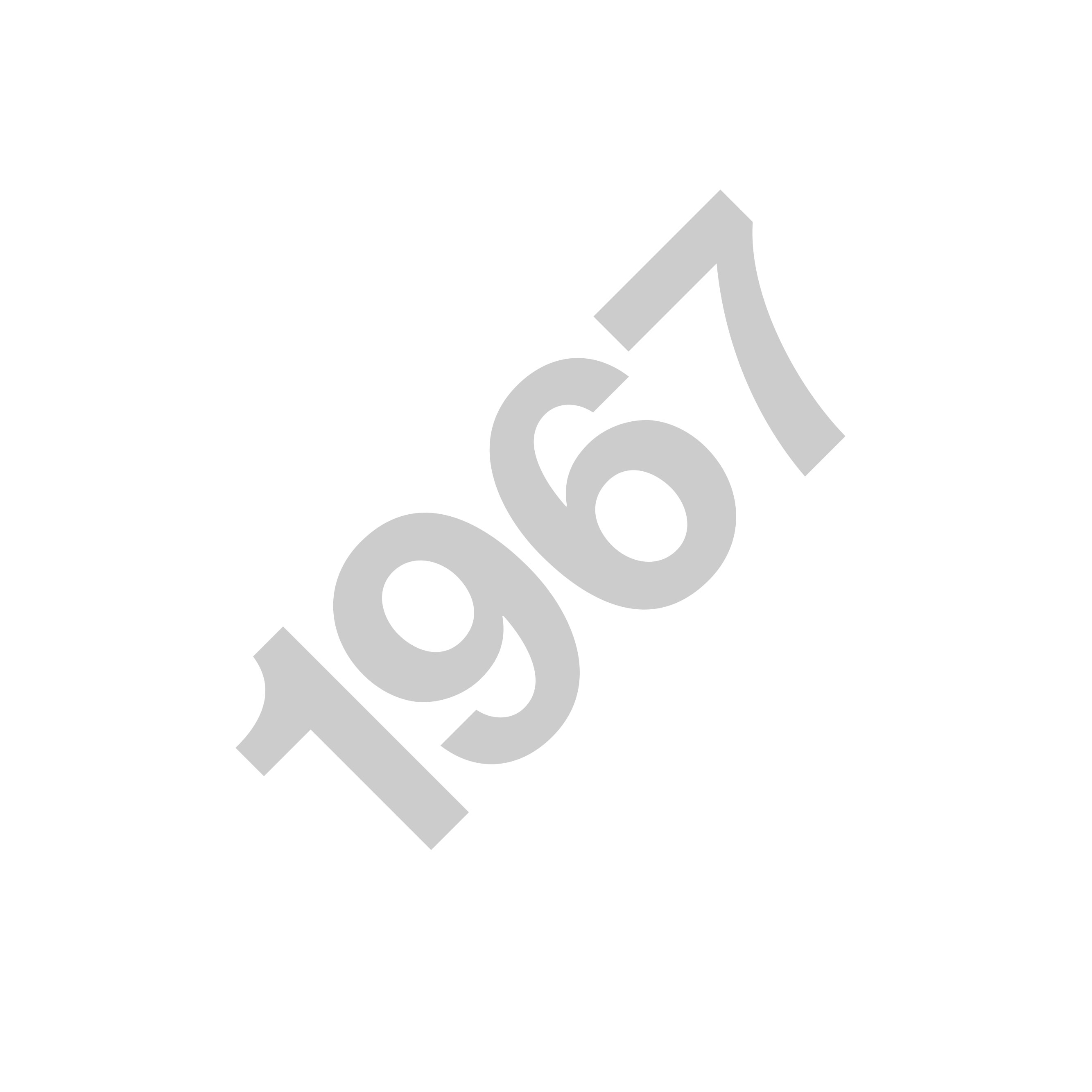
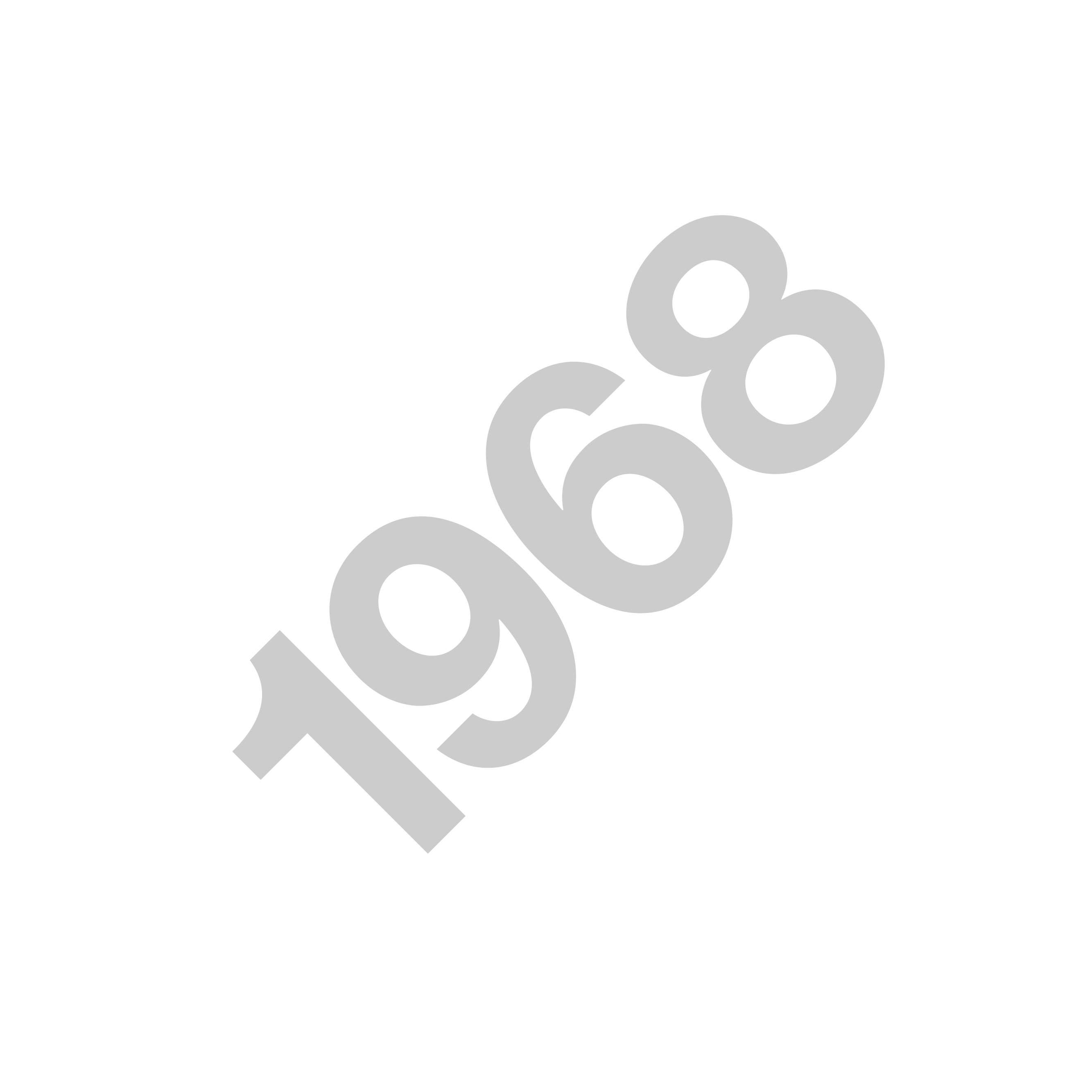
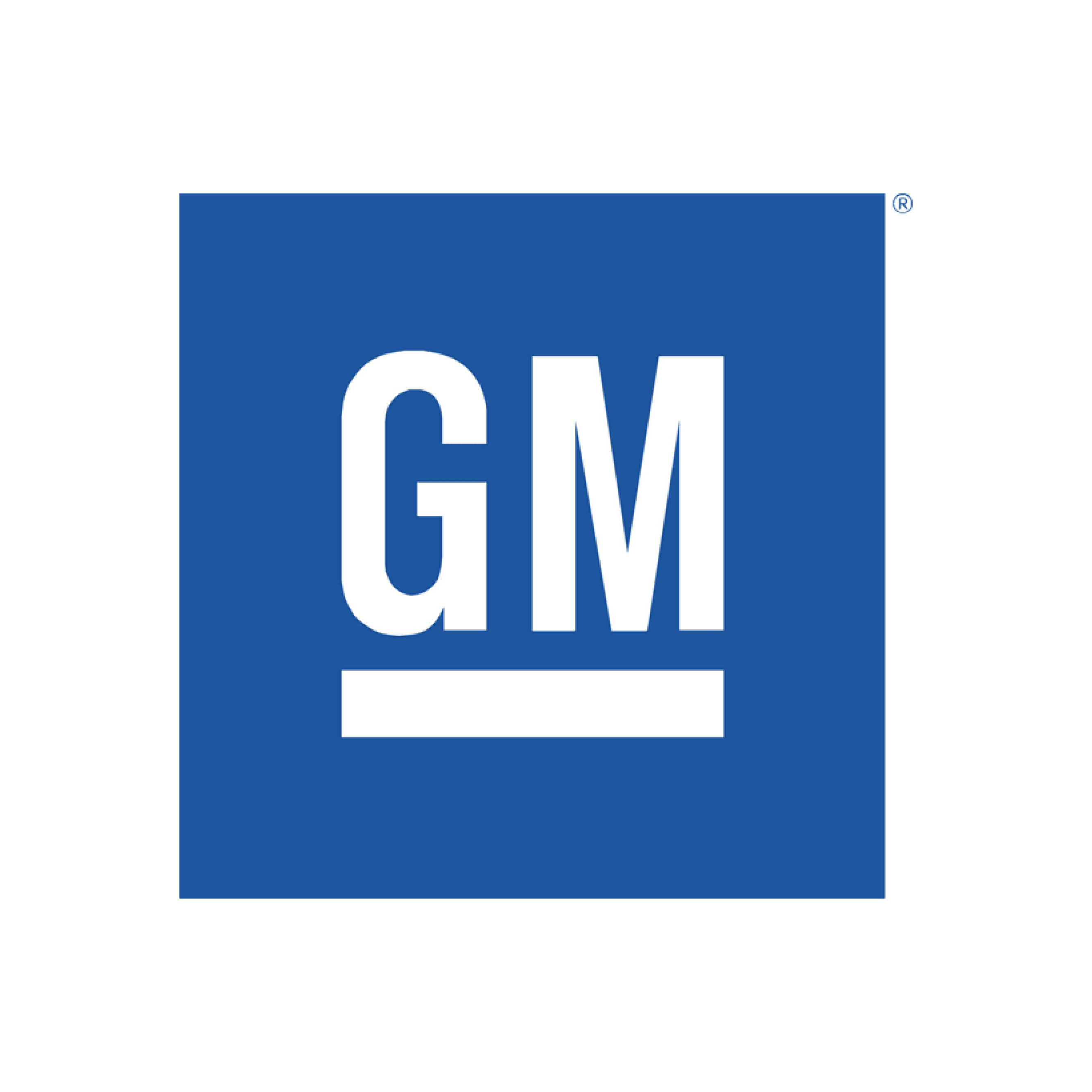

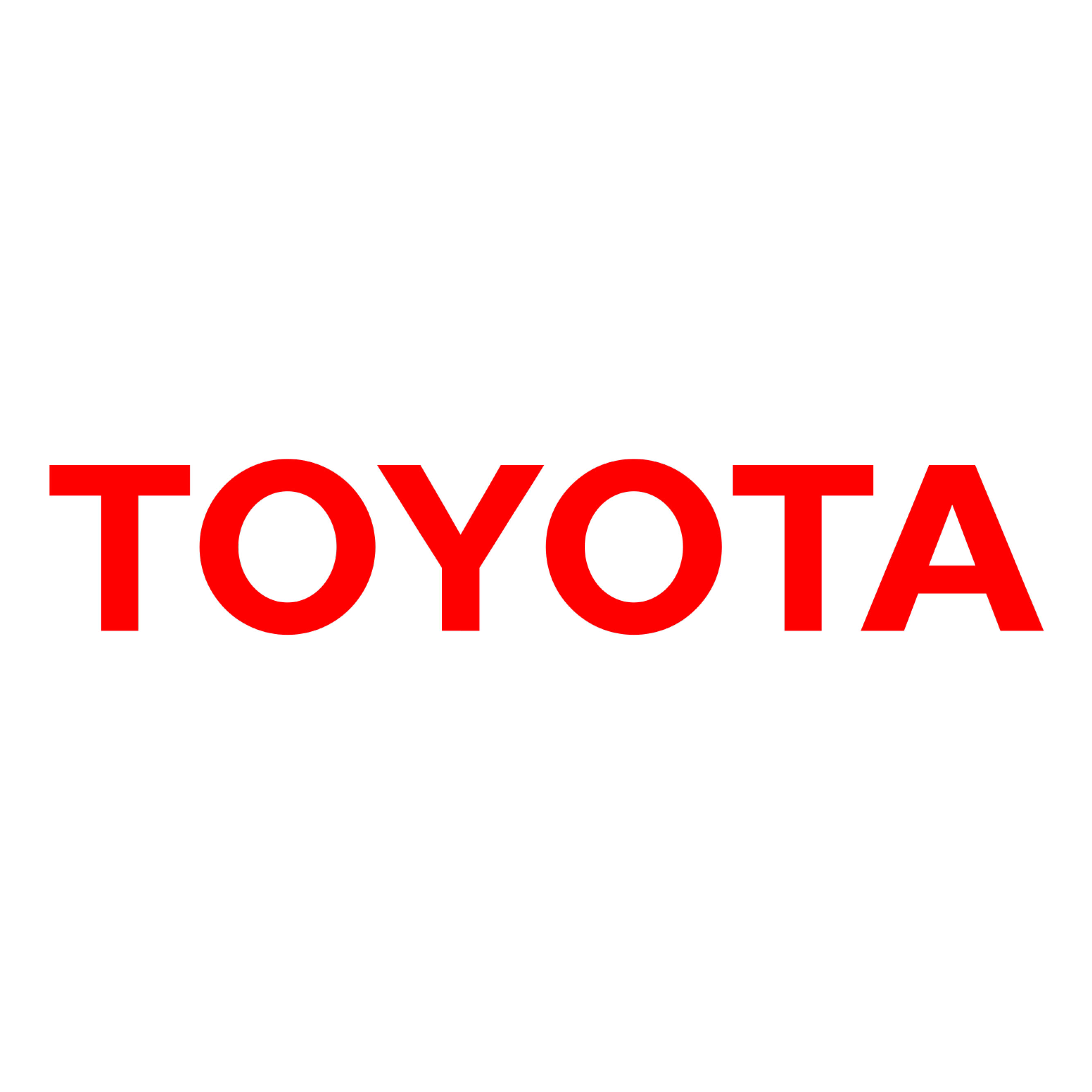


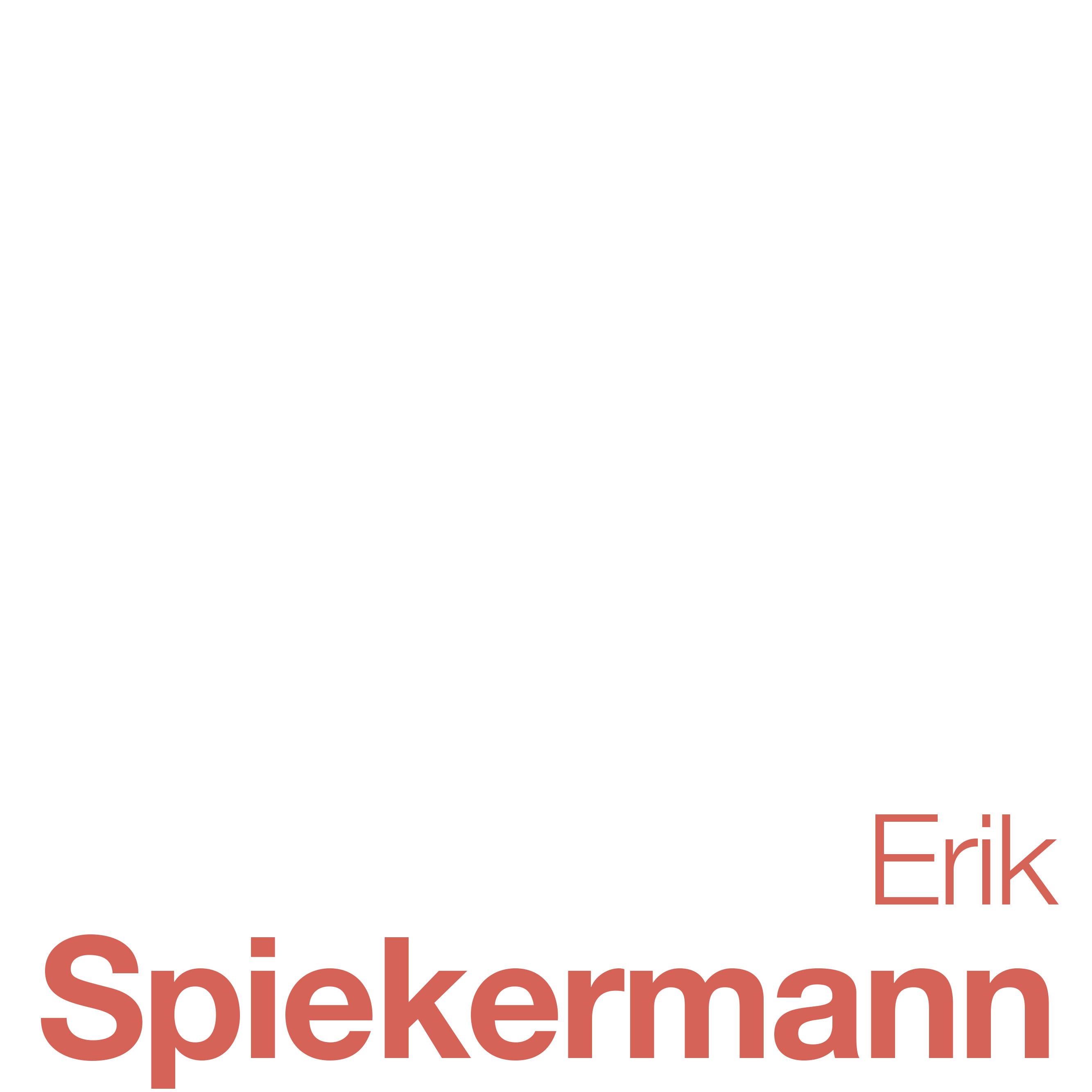
“Most people who use Helvetica, use it because it’s ubiquitous. It’s like going to McDonald’s instead of thinking about food. Because it’s there, it’s on every street corner, so let’s eat crap because it’s on the corner.”

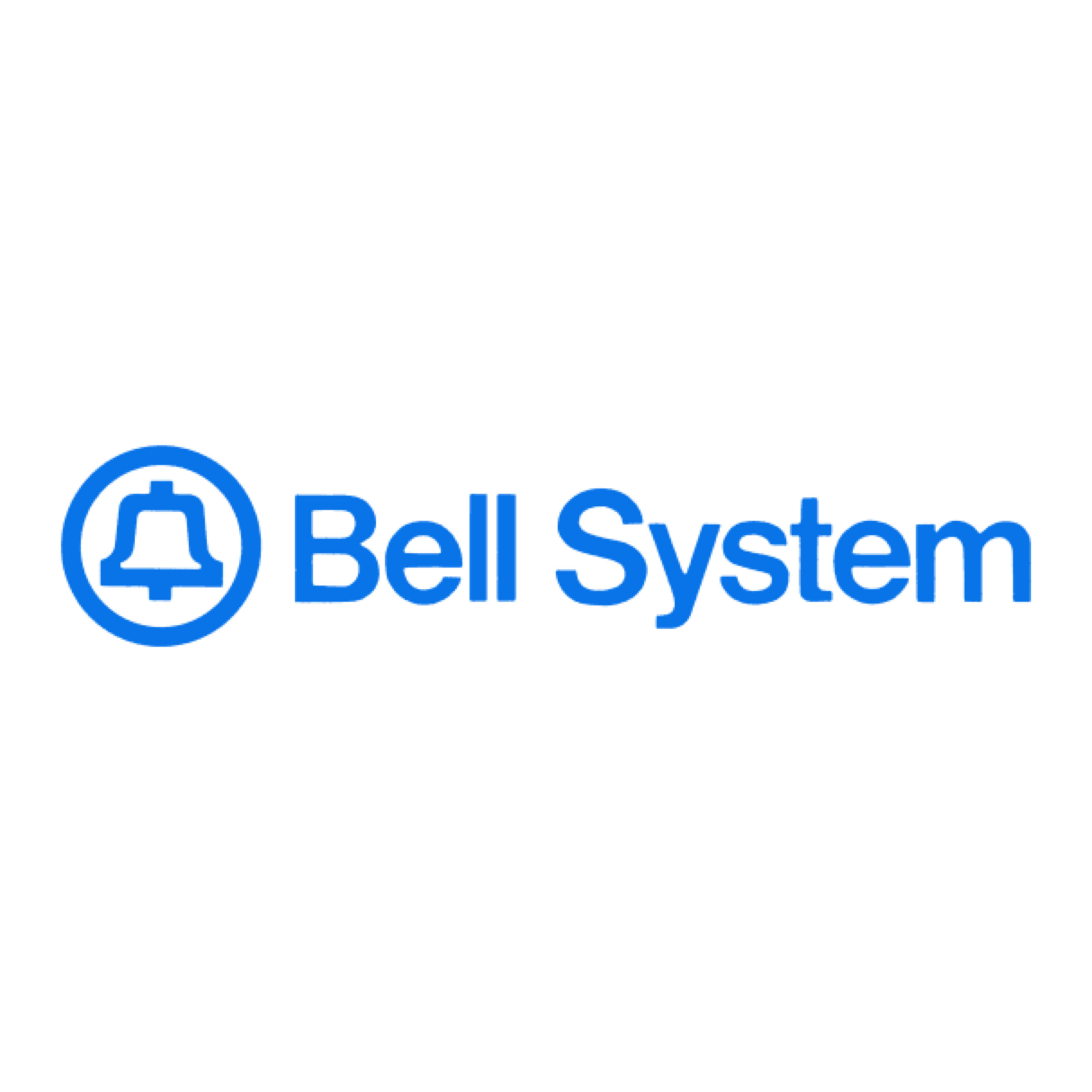

“Helvetica is the jeans, and Univers the dinner jacket. Helvetica is here to stay.”
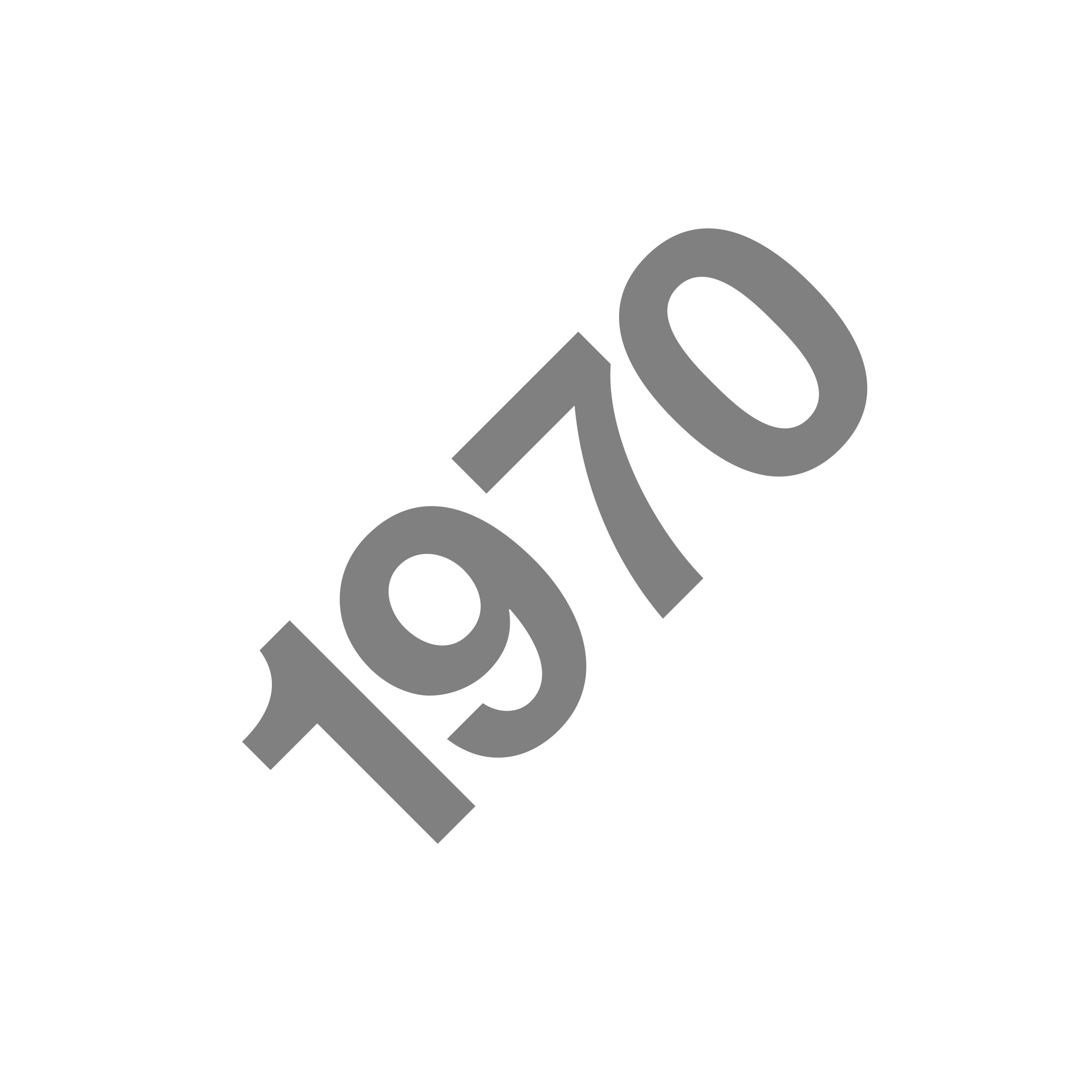
Unimark specs Standard Medium (what Englishspeaking countries call Akzidenz Grotesk) for the New York City subway system.
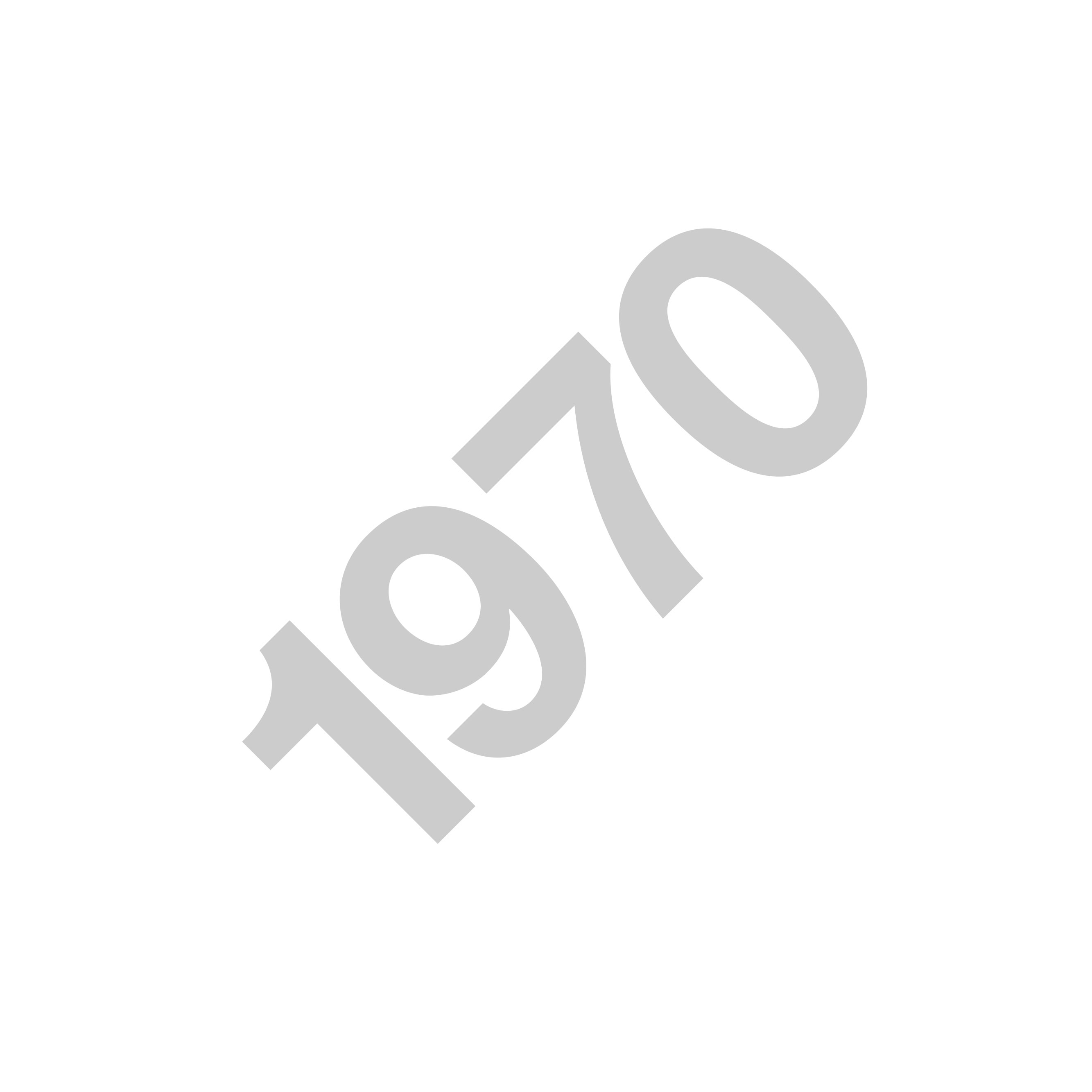


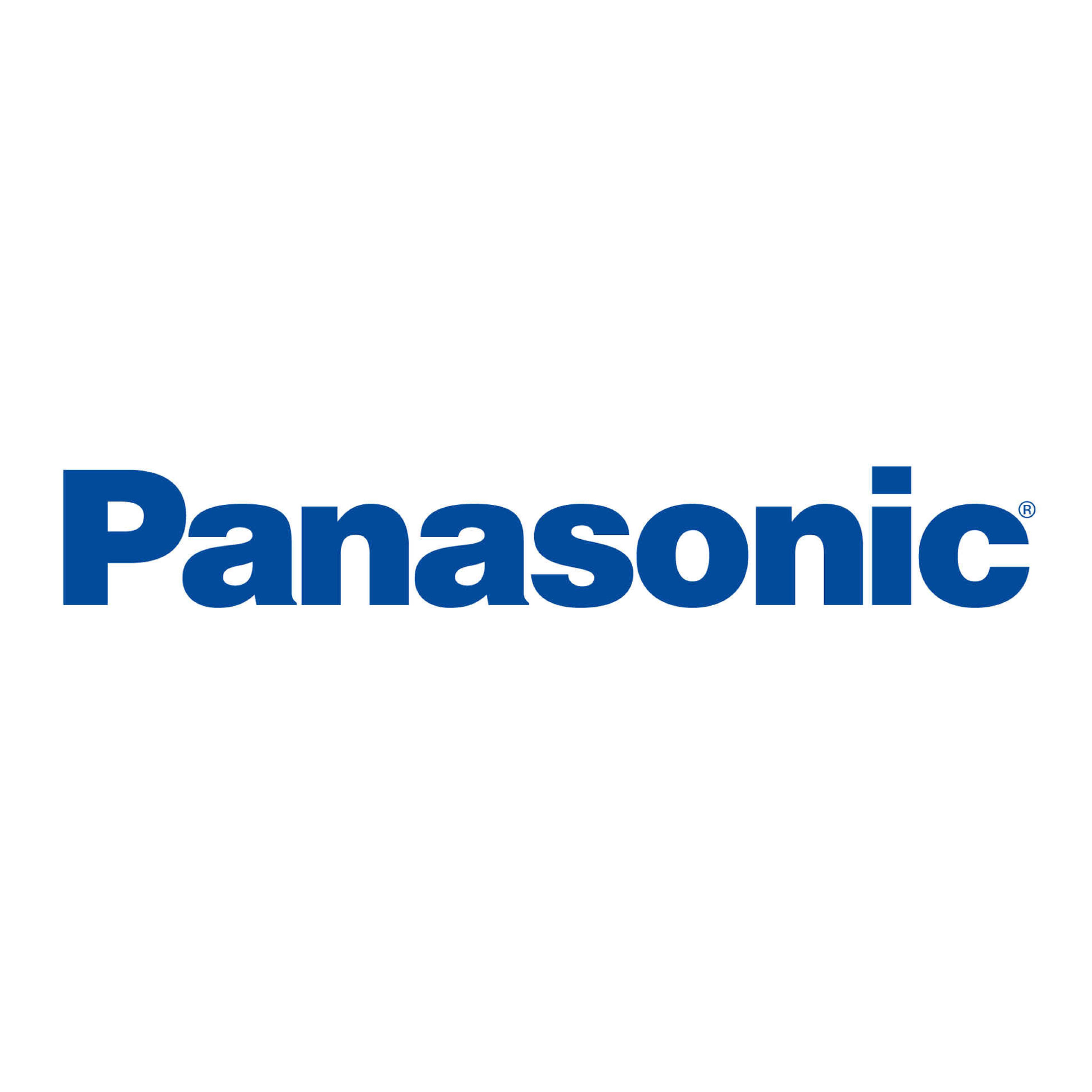
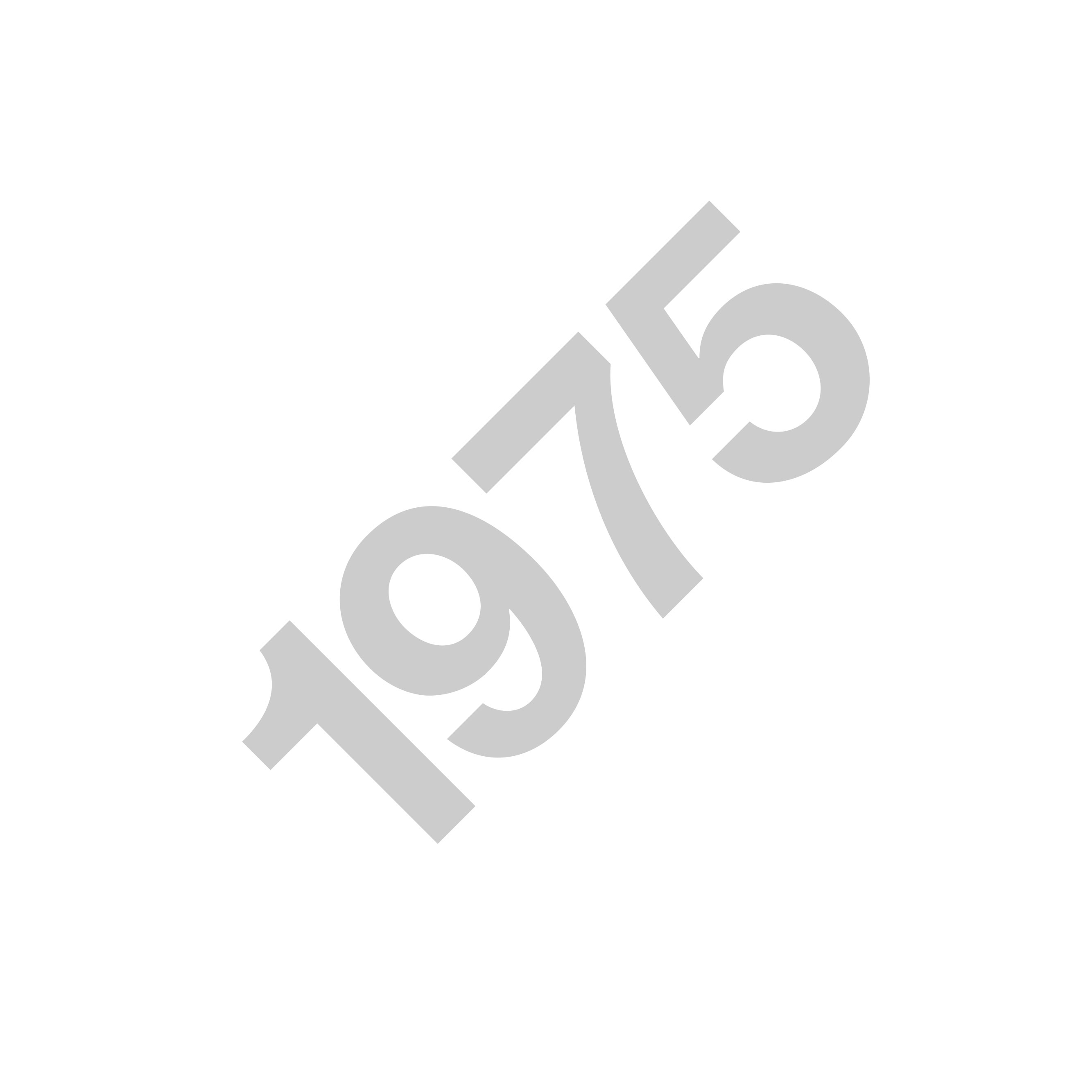
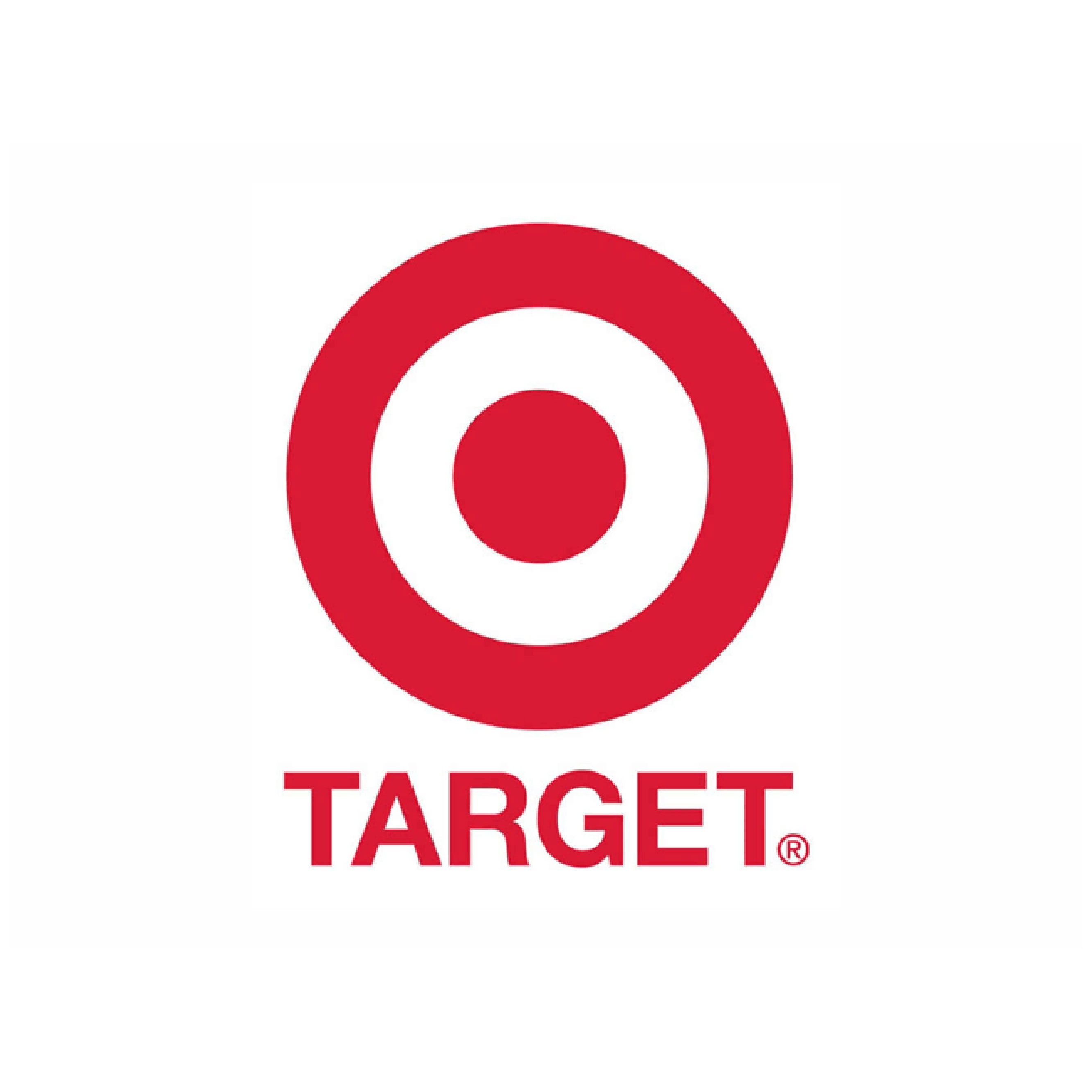
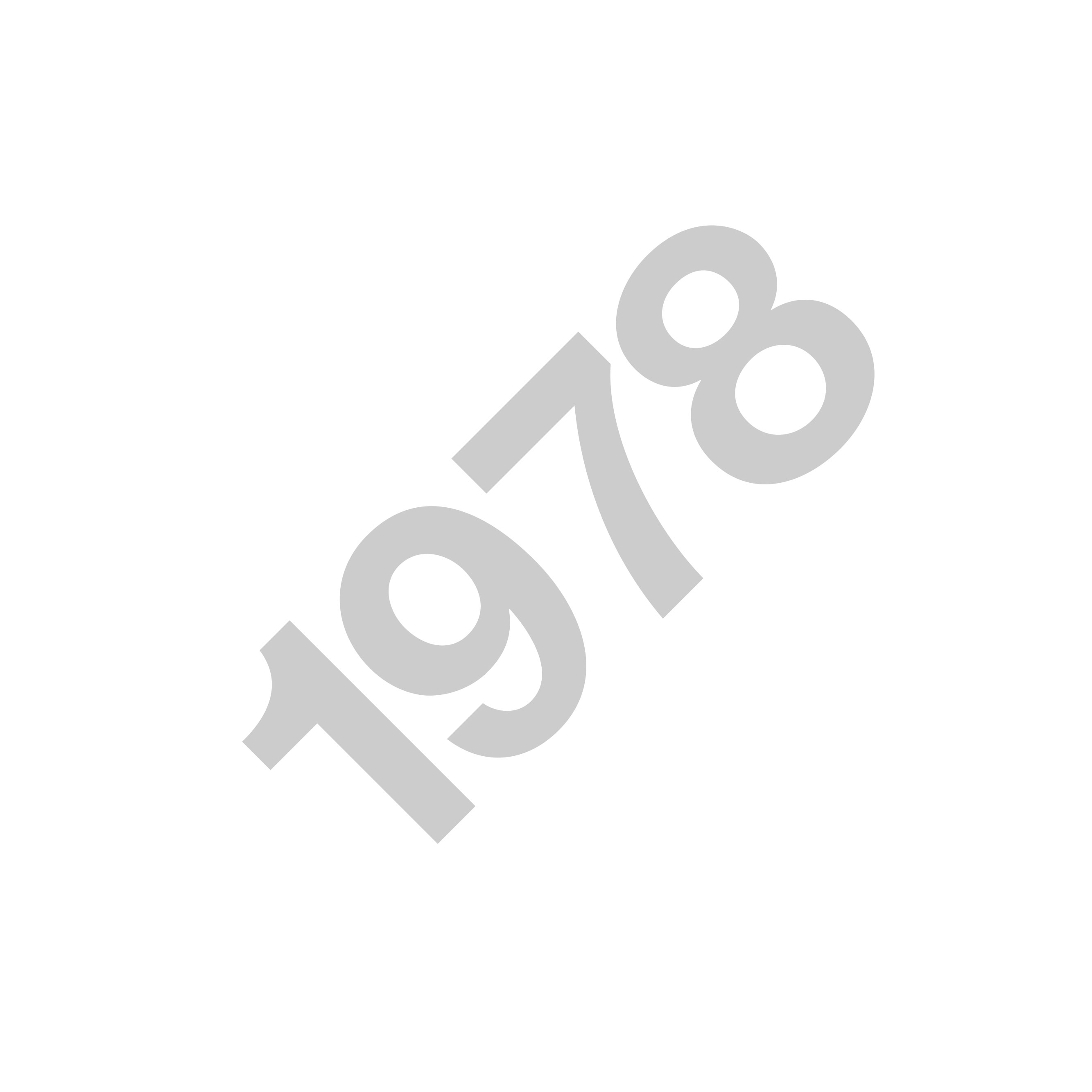
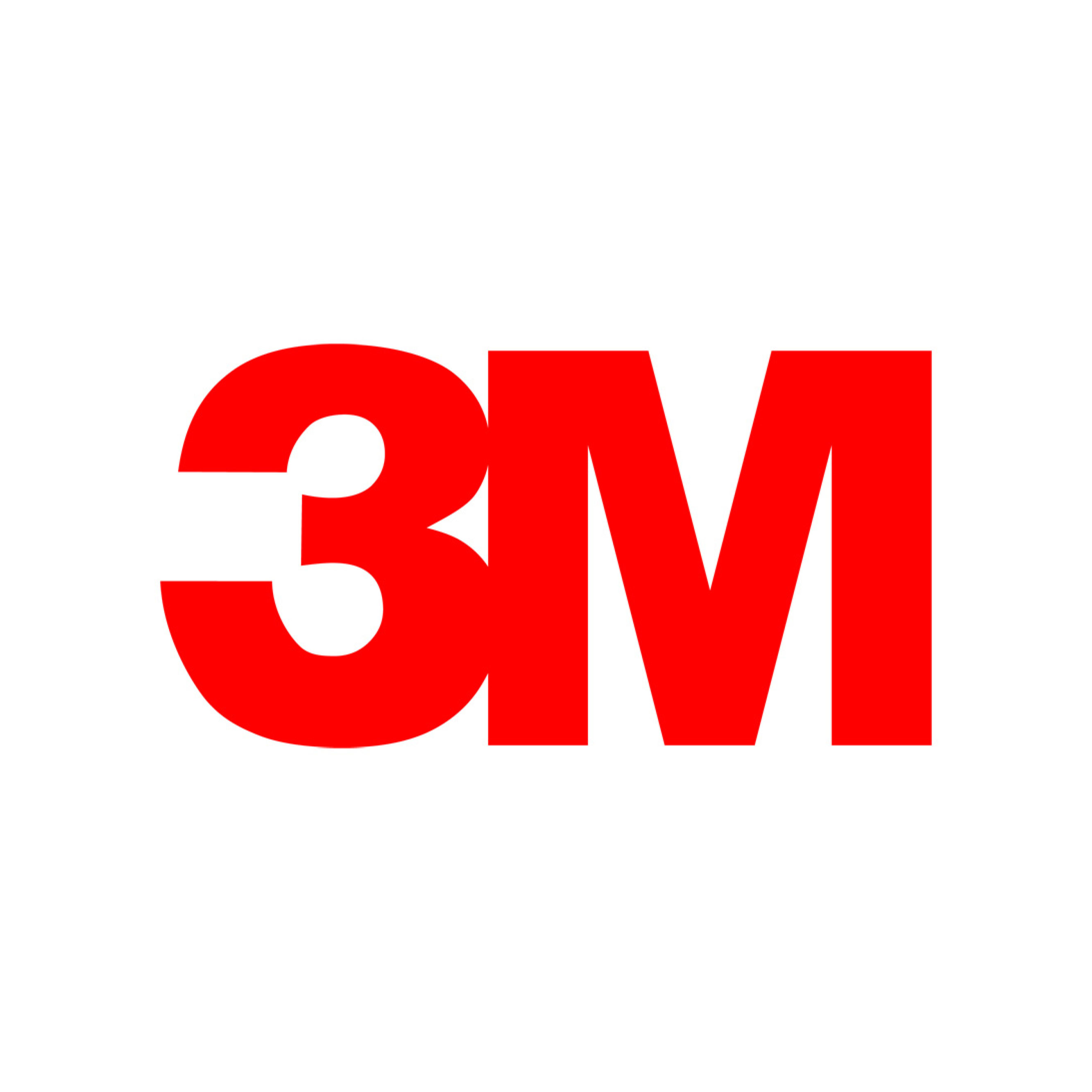
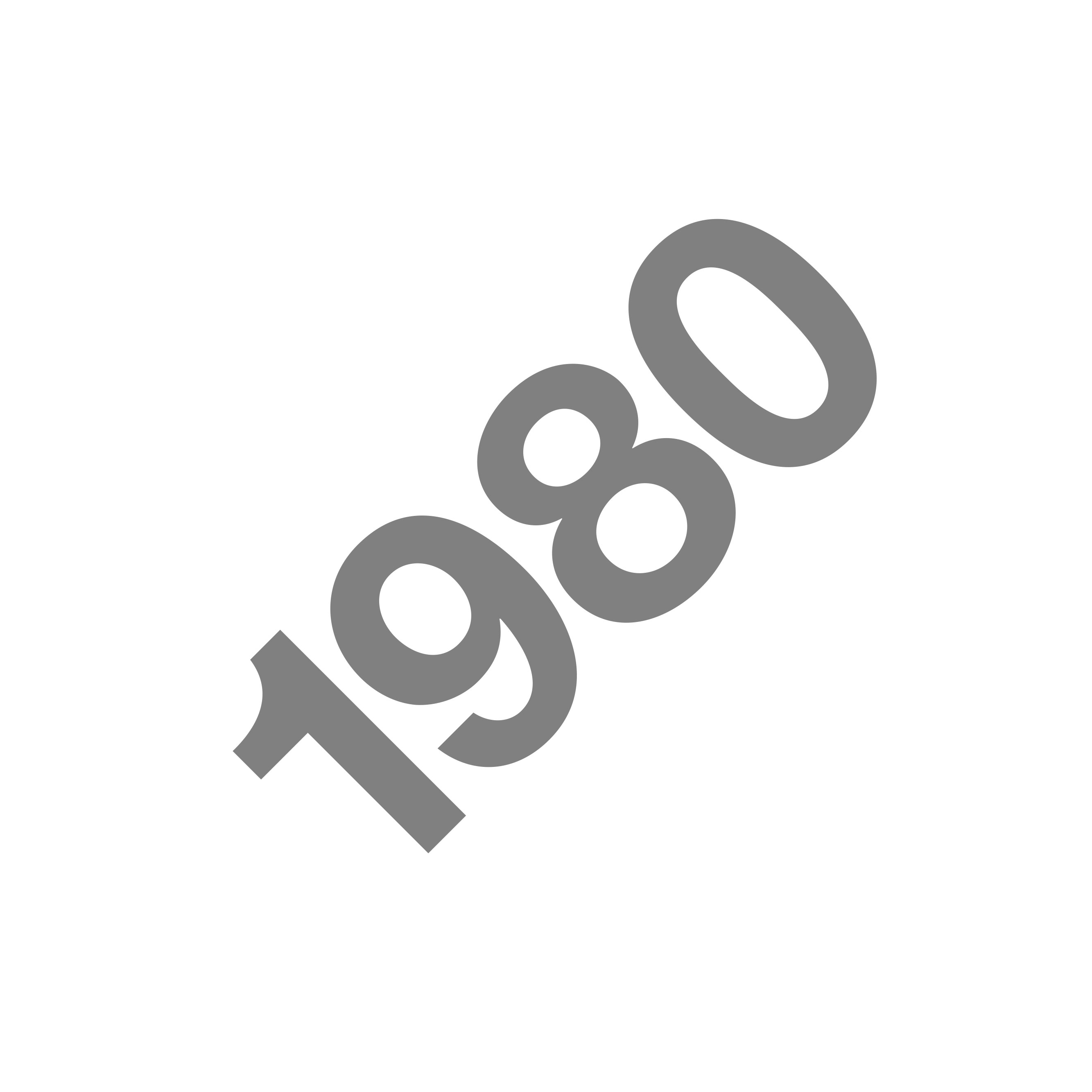
Max Miedinger dies March 8 in Zurich; Eduard Hoffman dies September 17 in Basel.
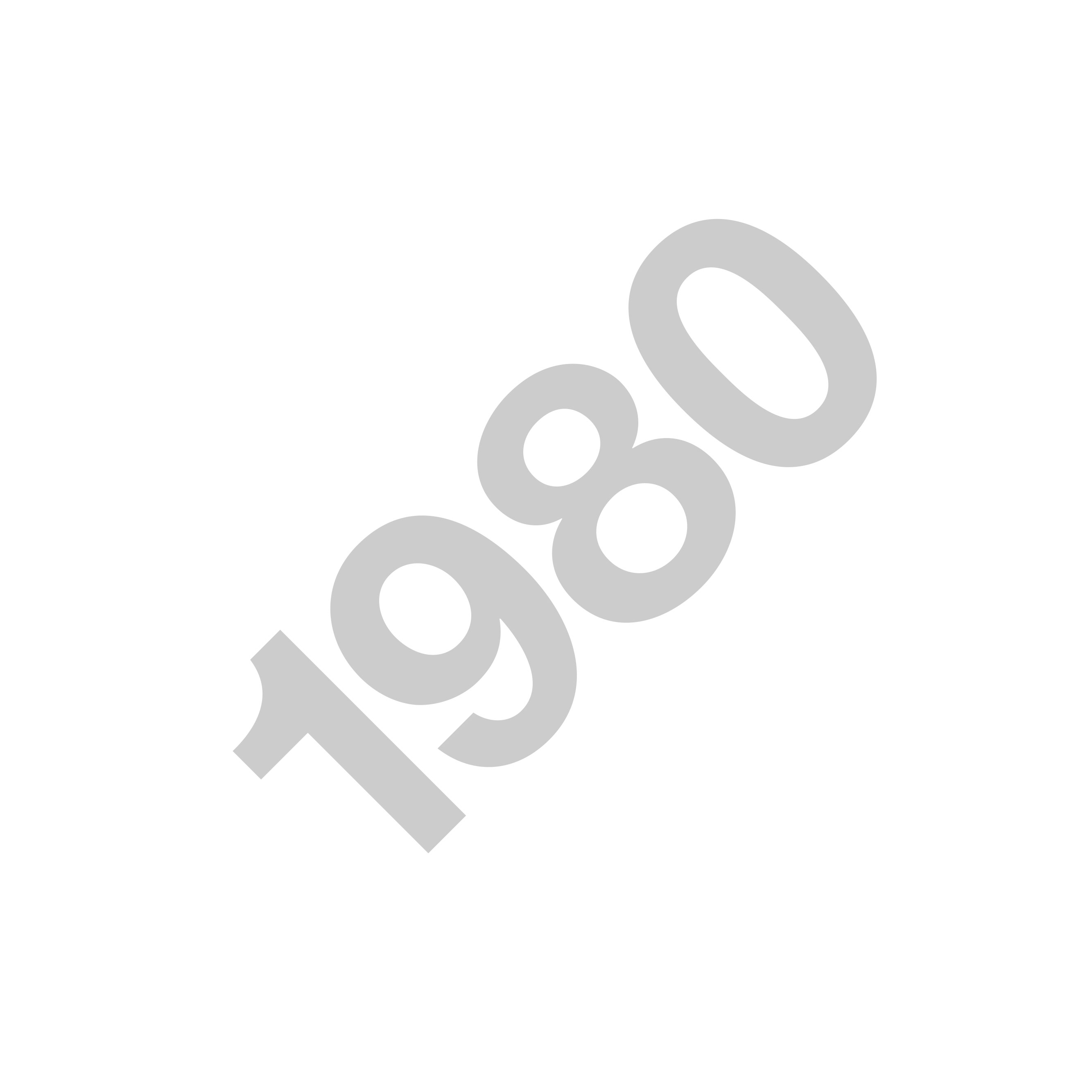
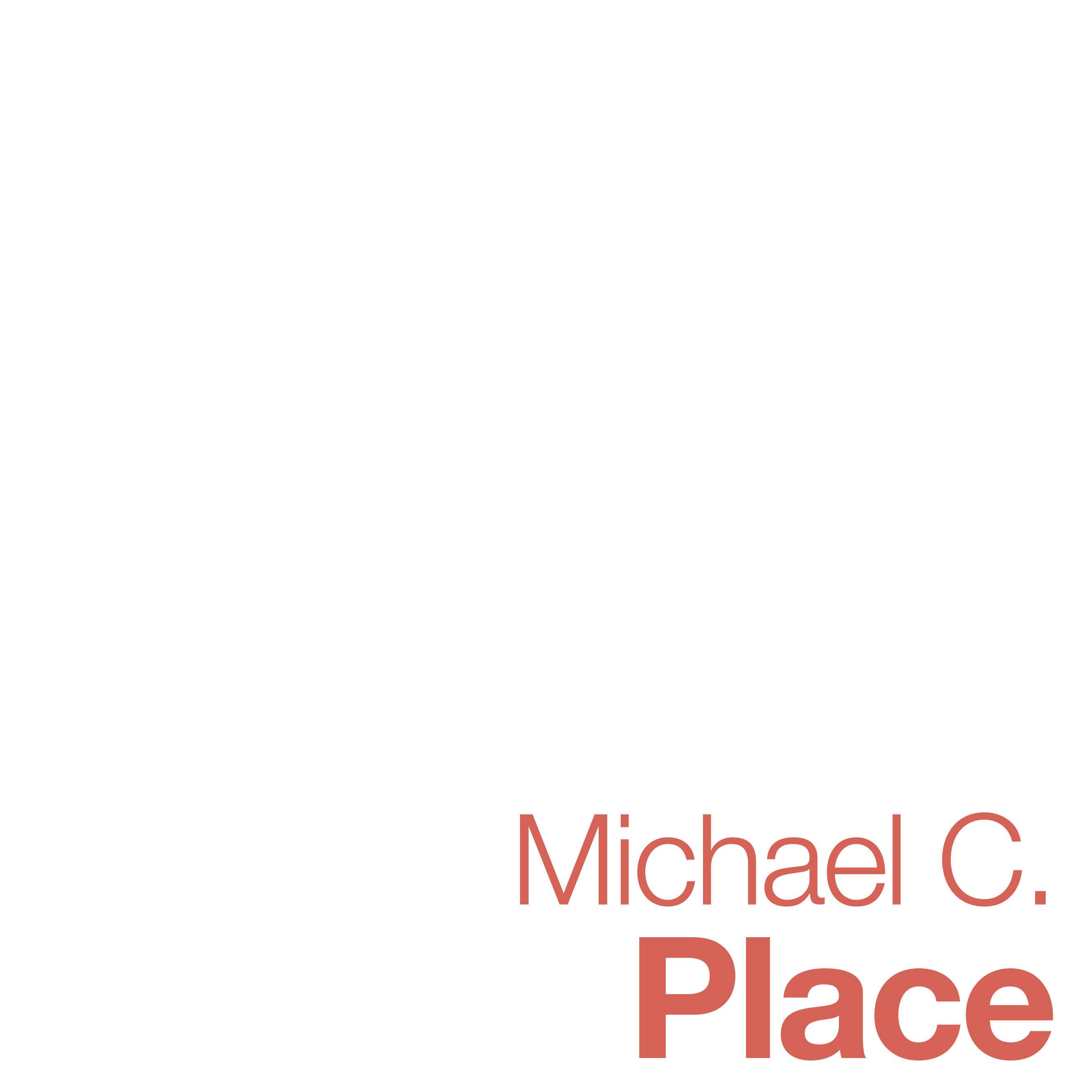
“For me Helvetica is just this beautiful, timeless thing. And certain things shouldn’t be messed with, you know?”
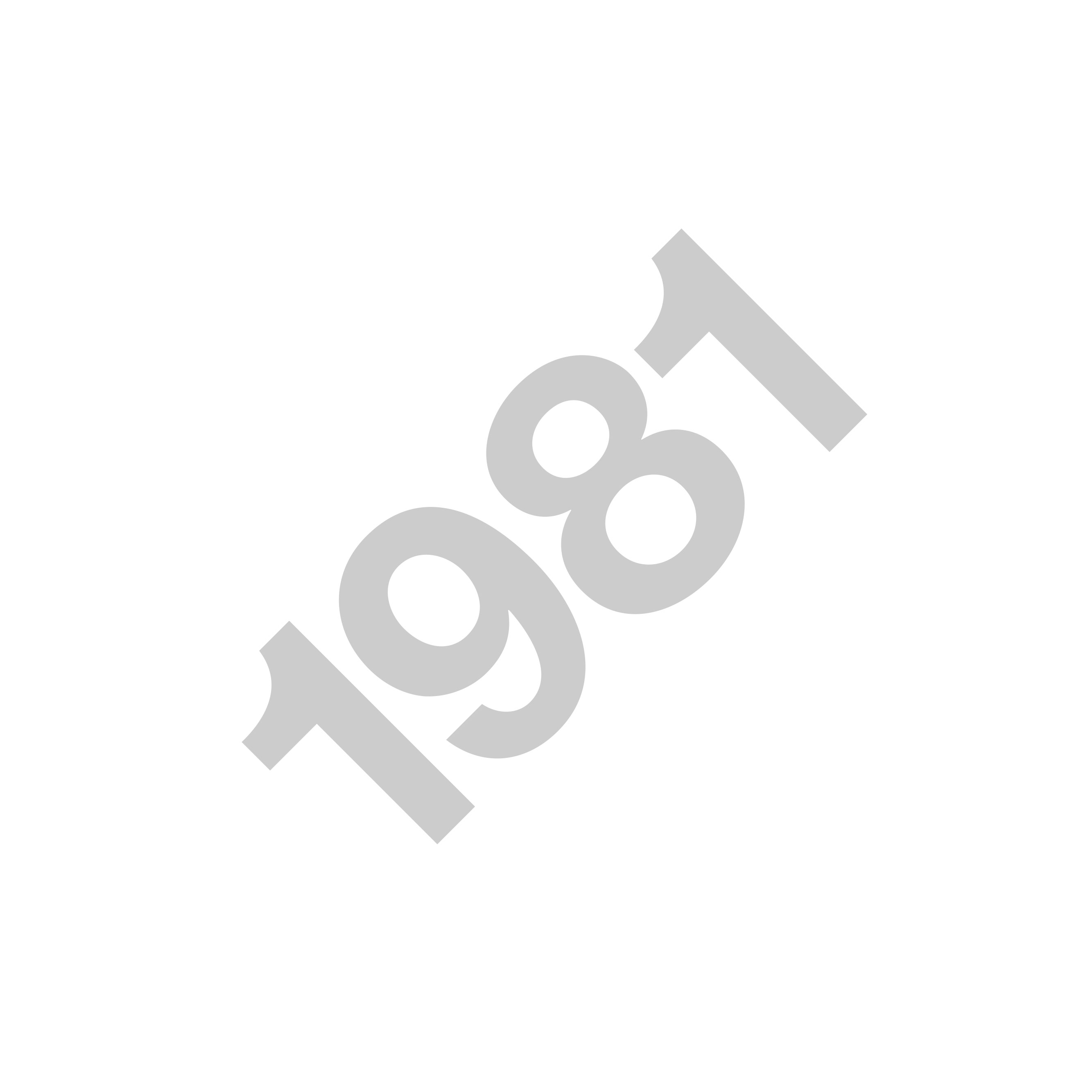
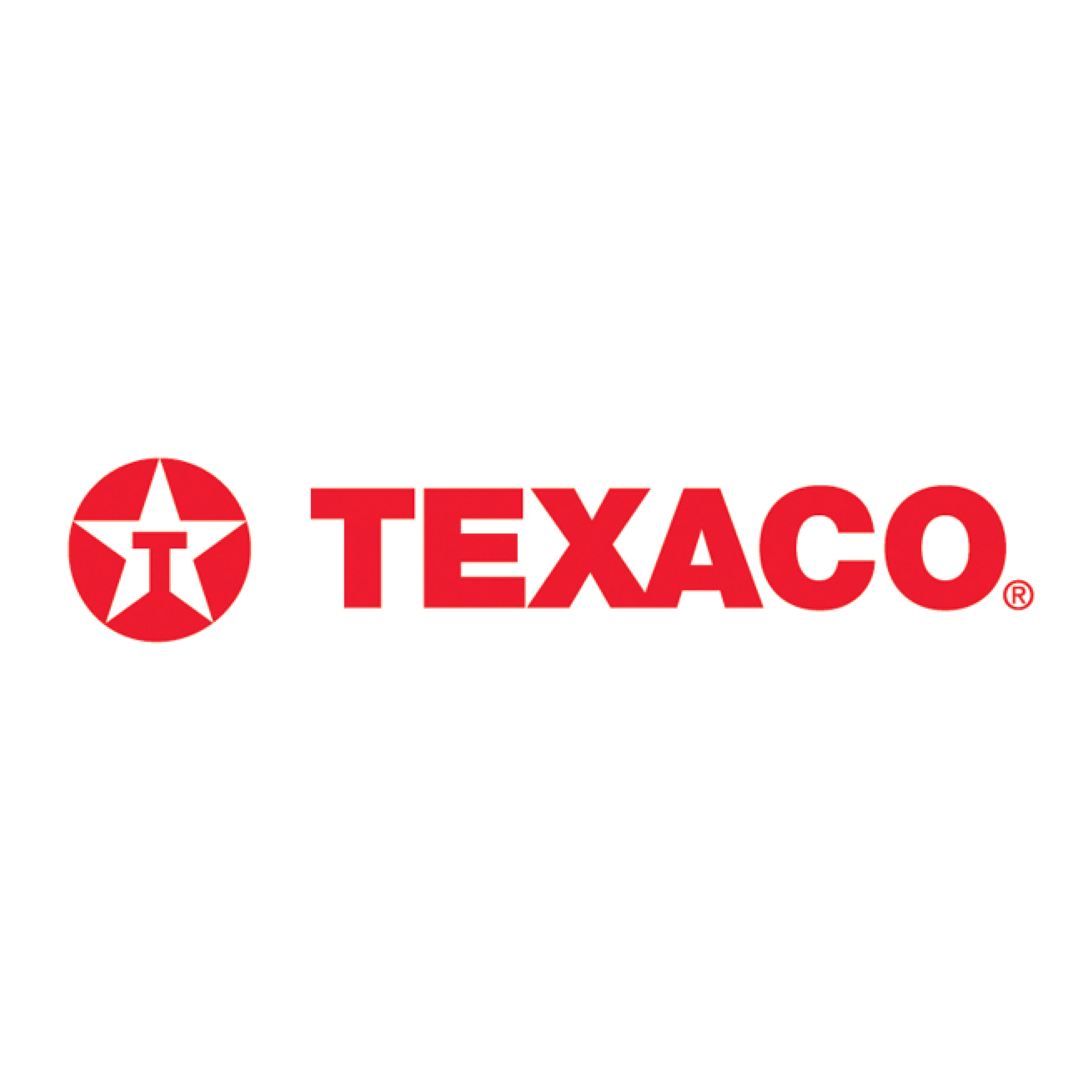


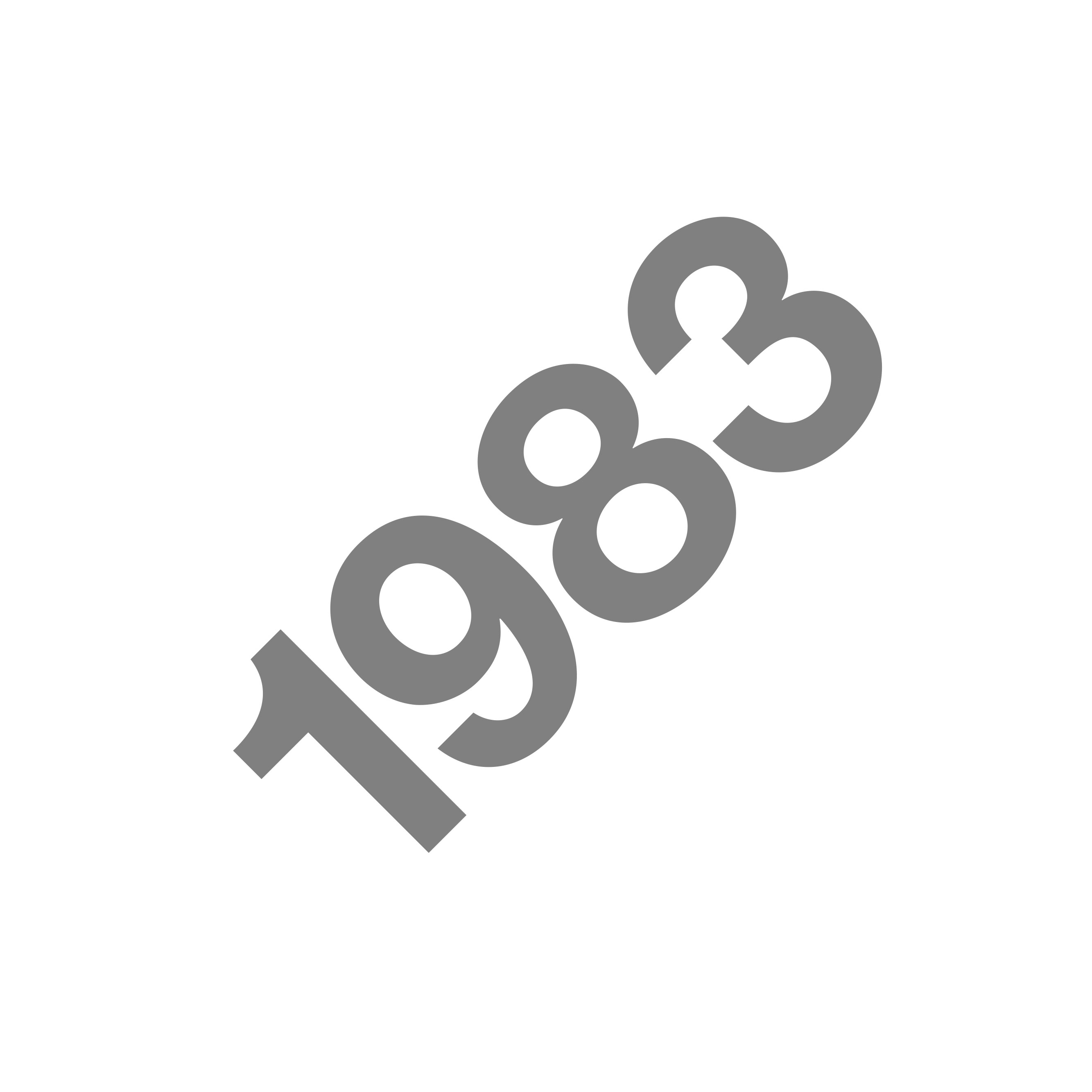
Stempel redesigns and digitizes Neue Helvetica for Linotype. The typeface family consists of 51 different fonts, nine weights, and three widths.
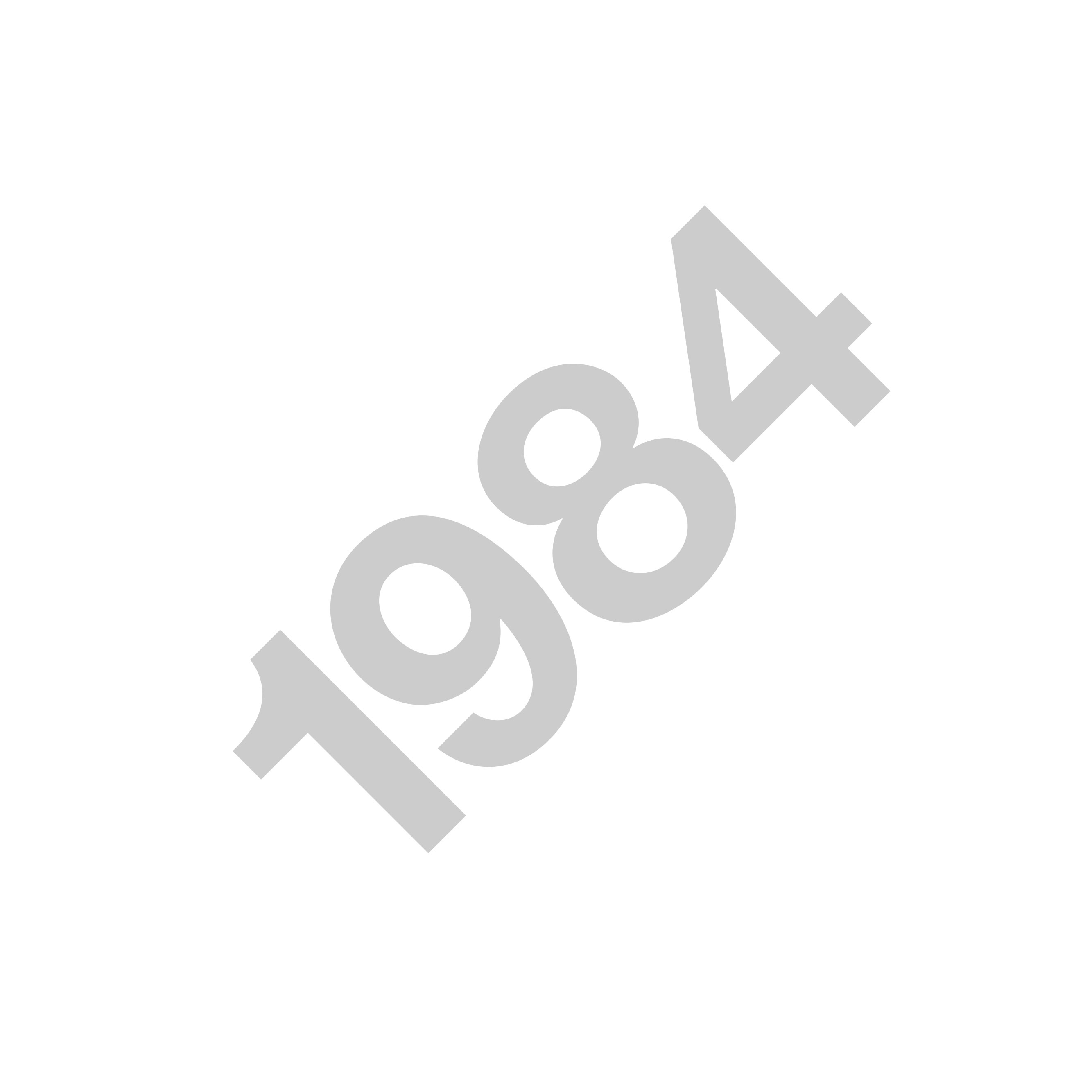
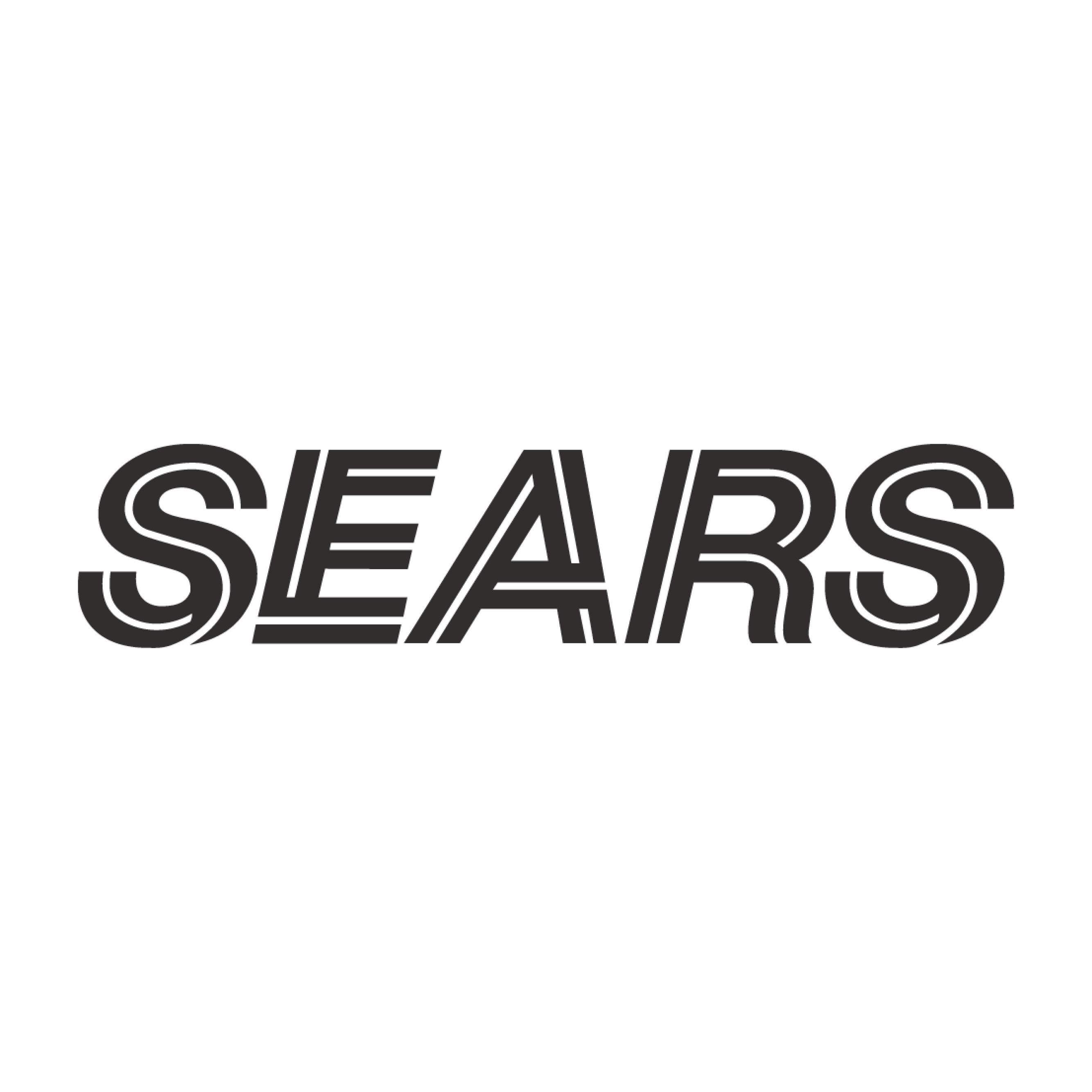
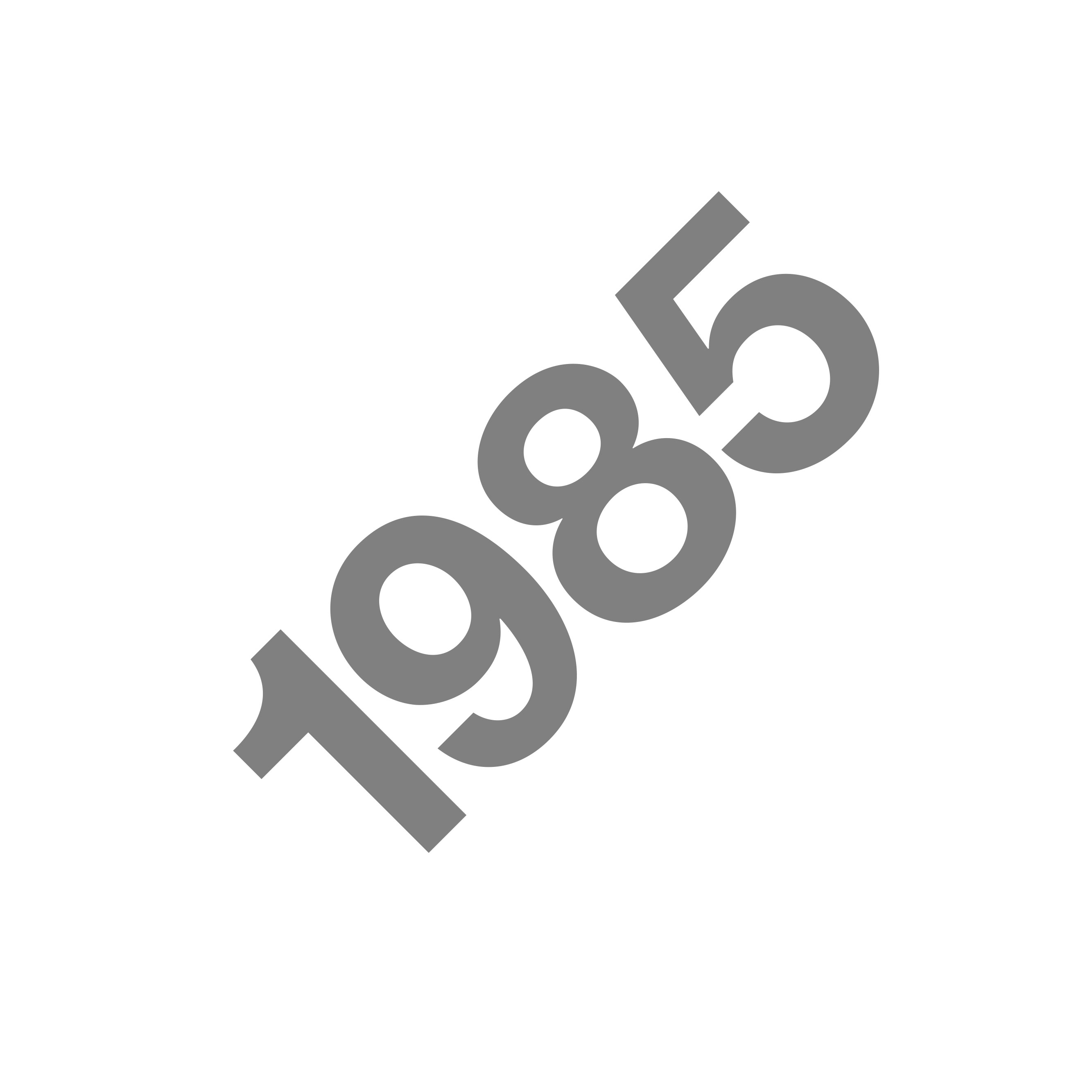
Linotype AG purchases Stempel’s type department.


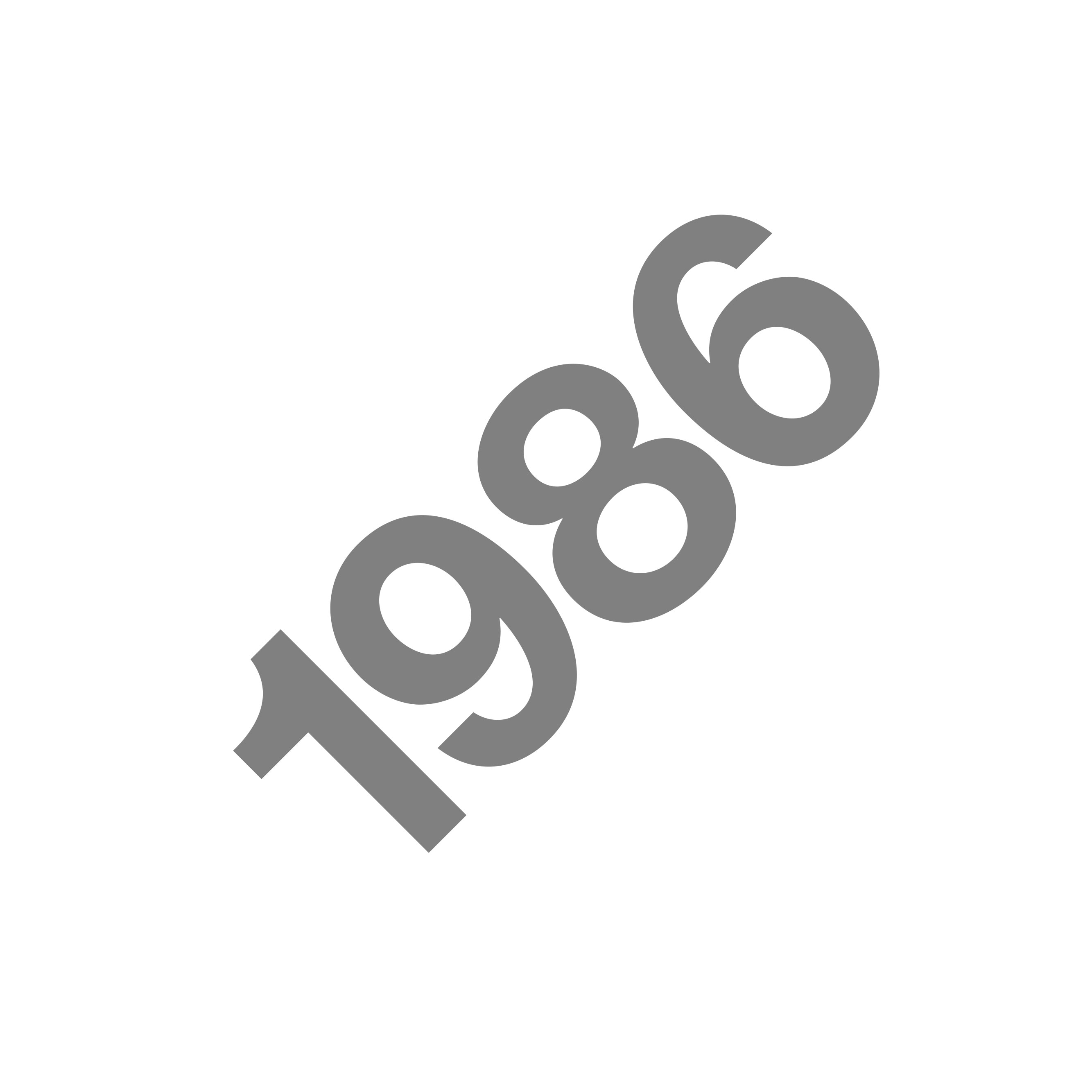
Stempel closes its doors.
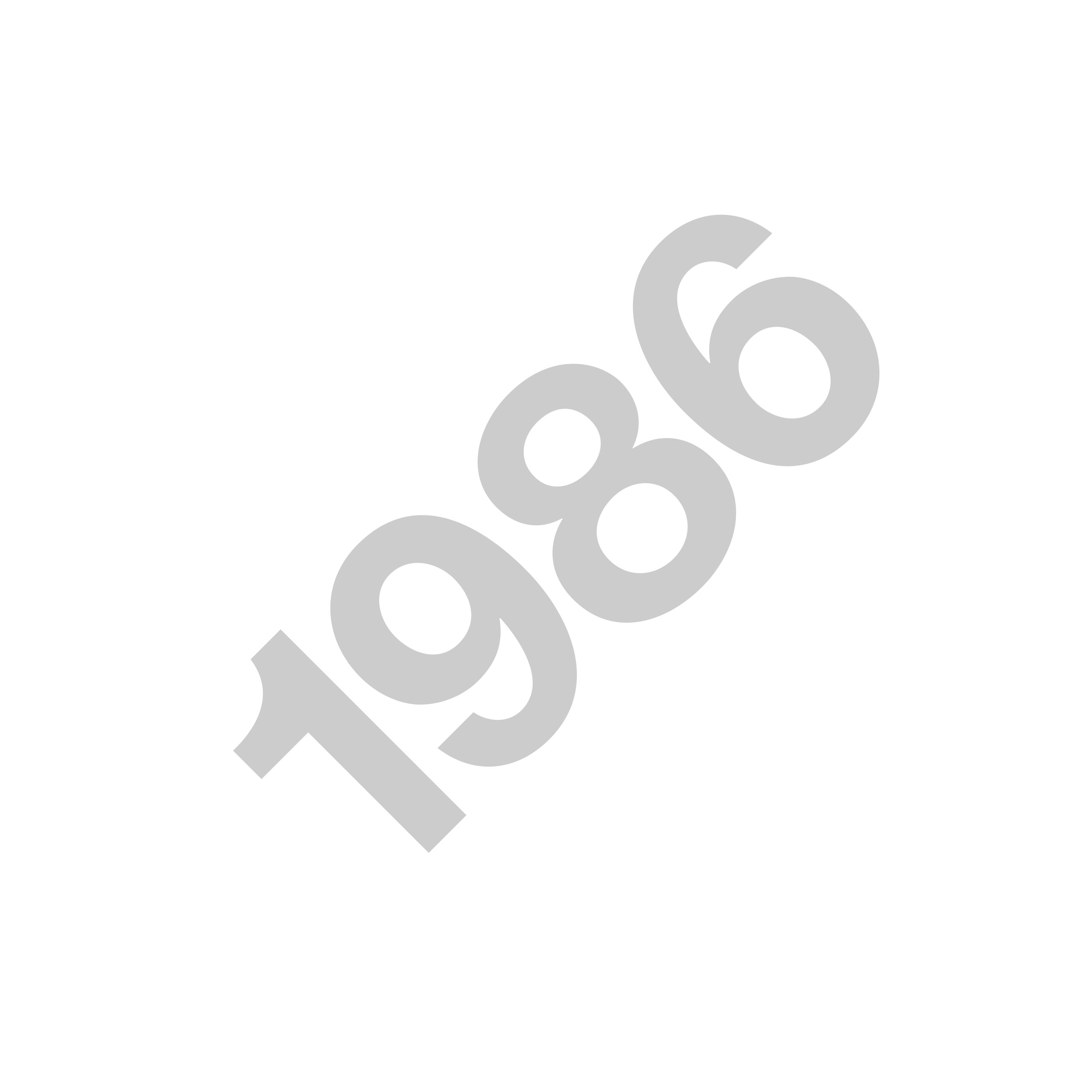


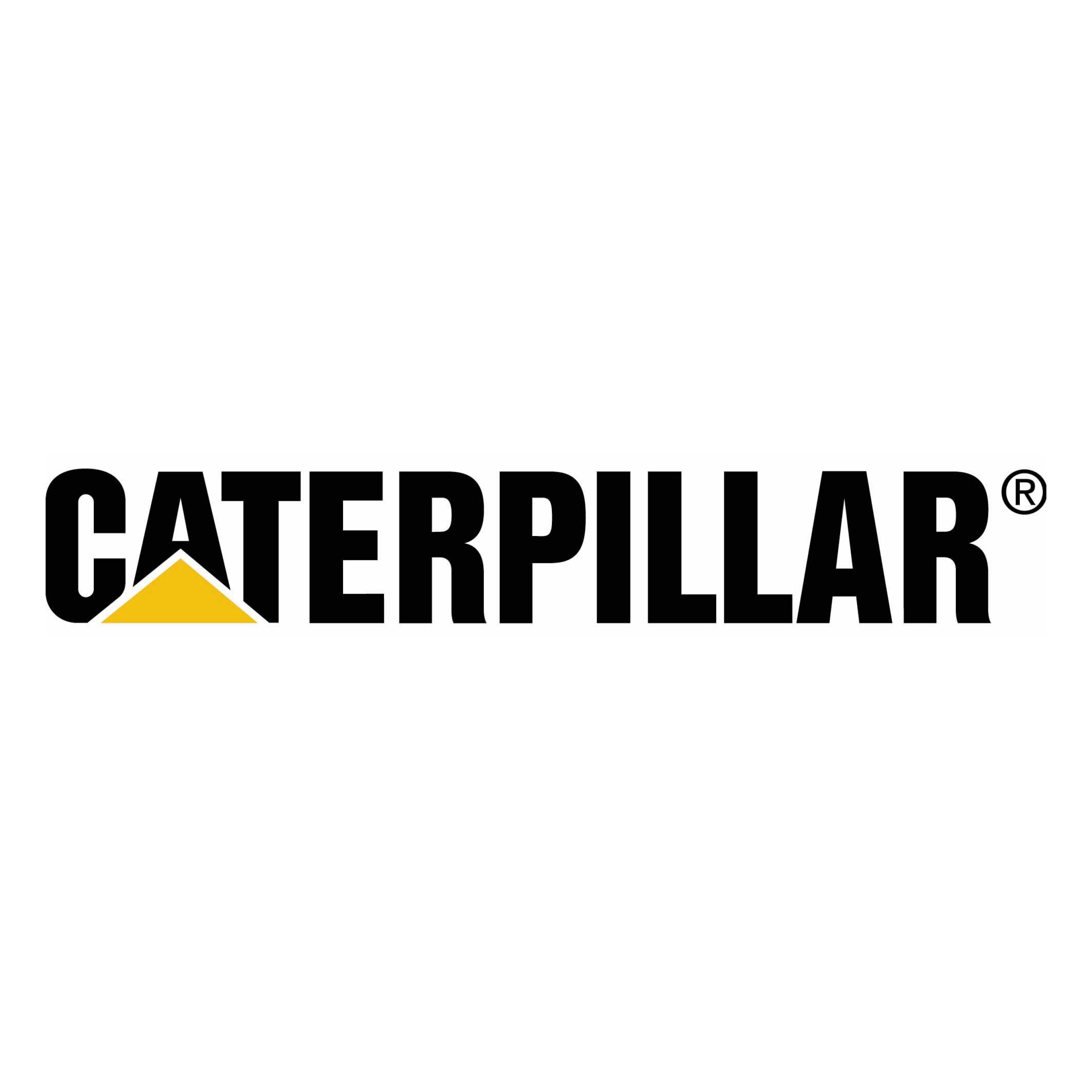

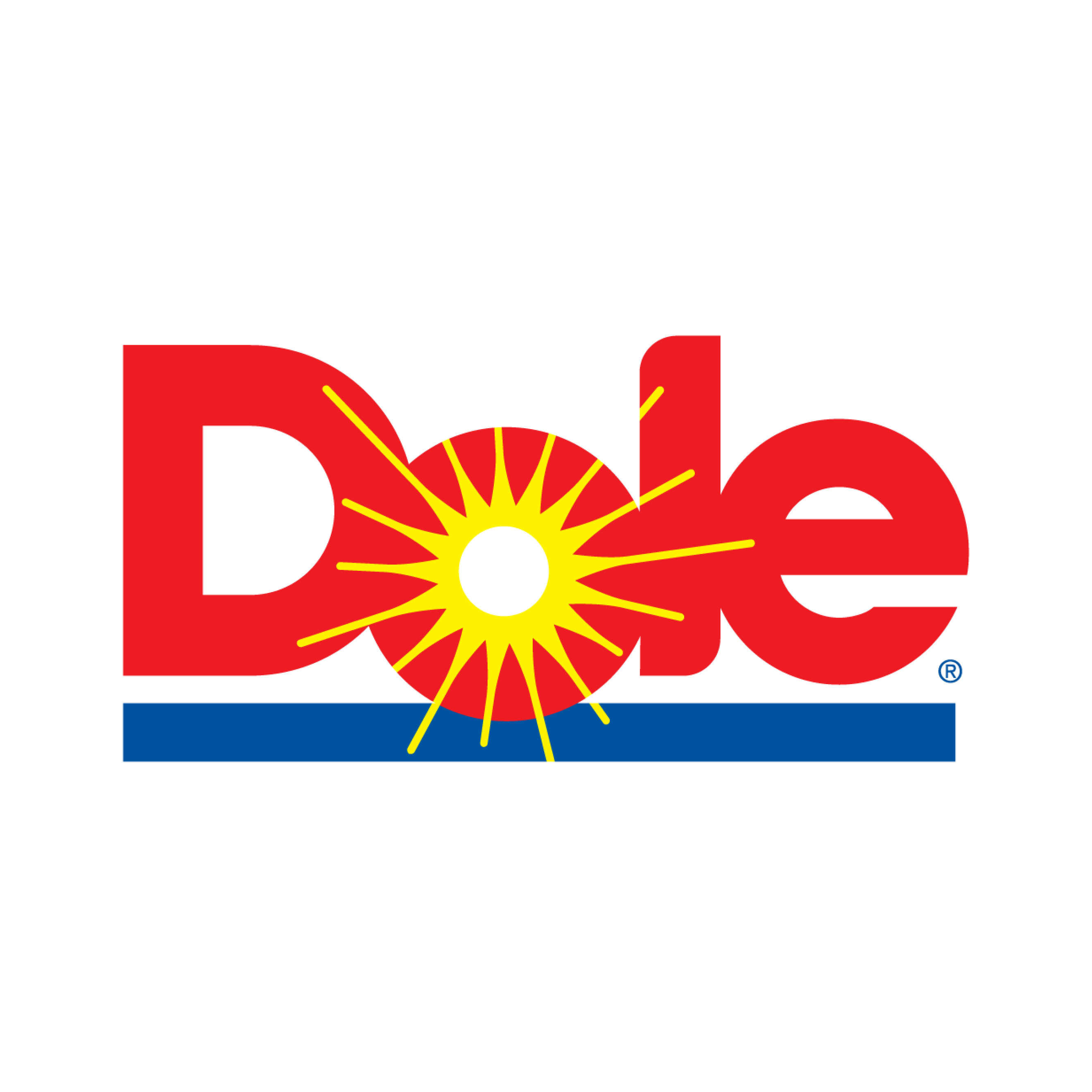
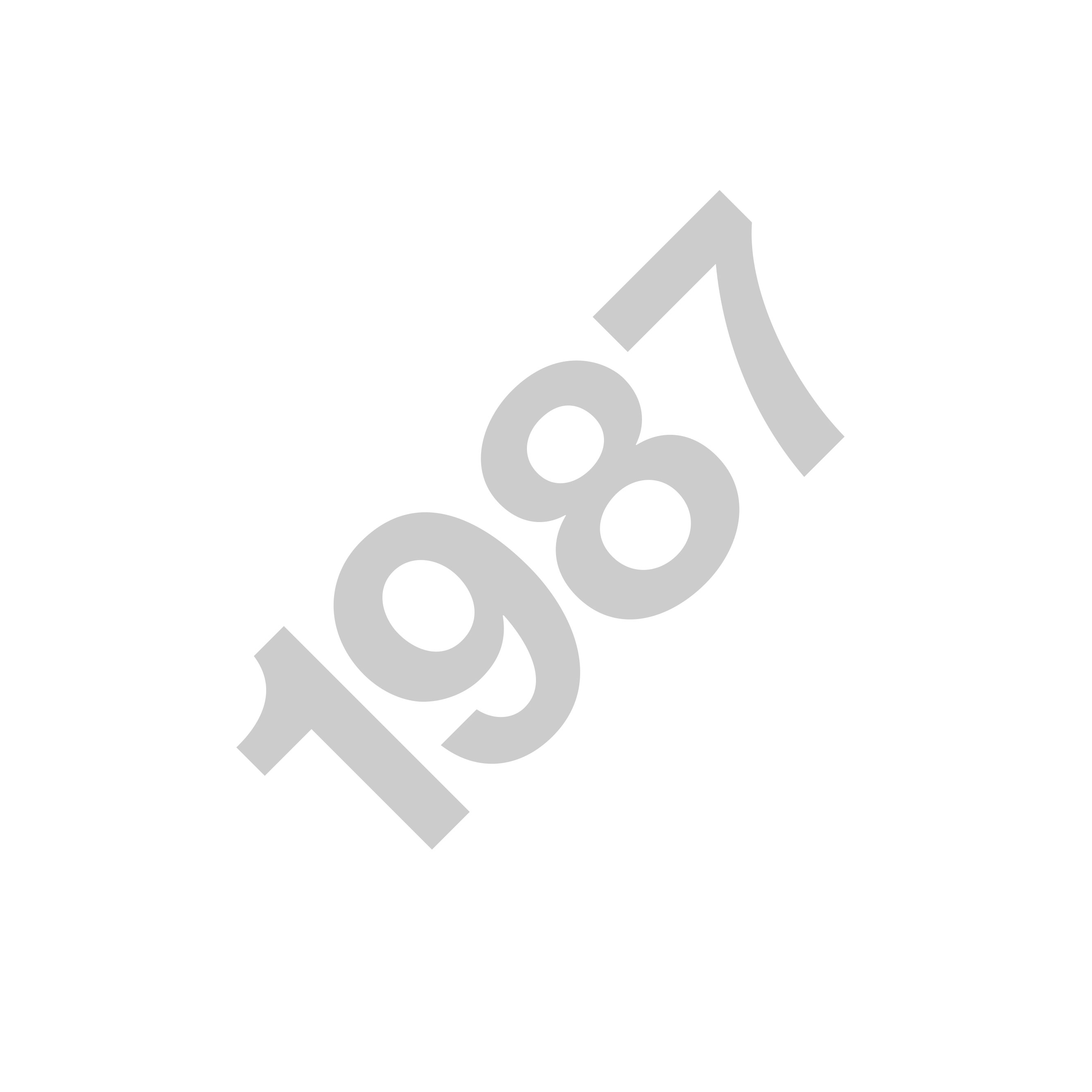

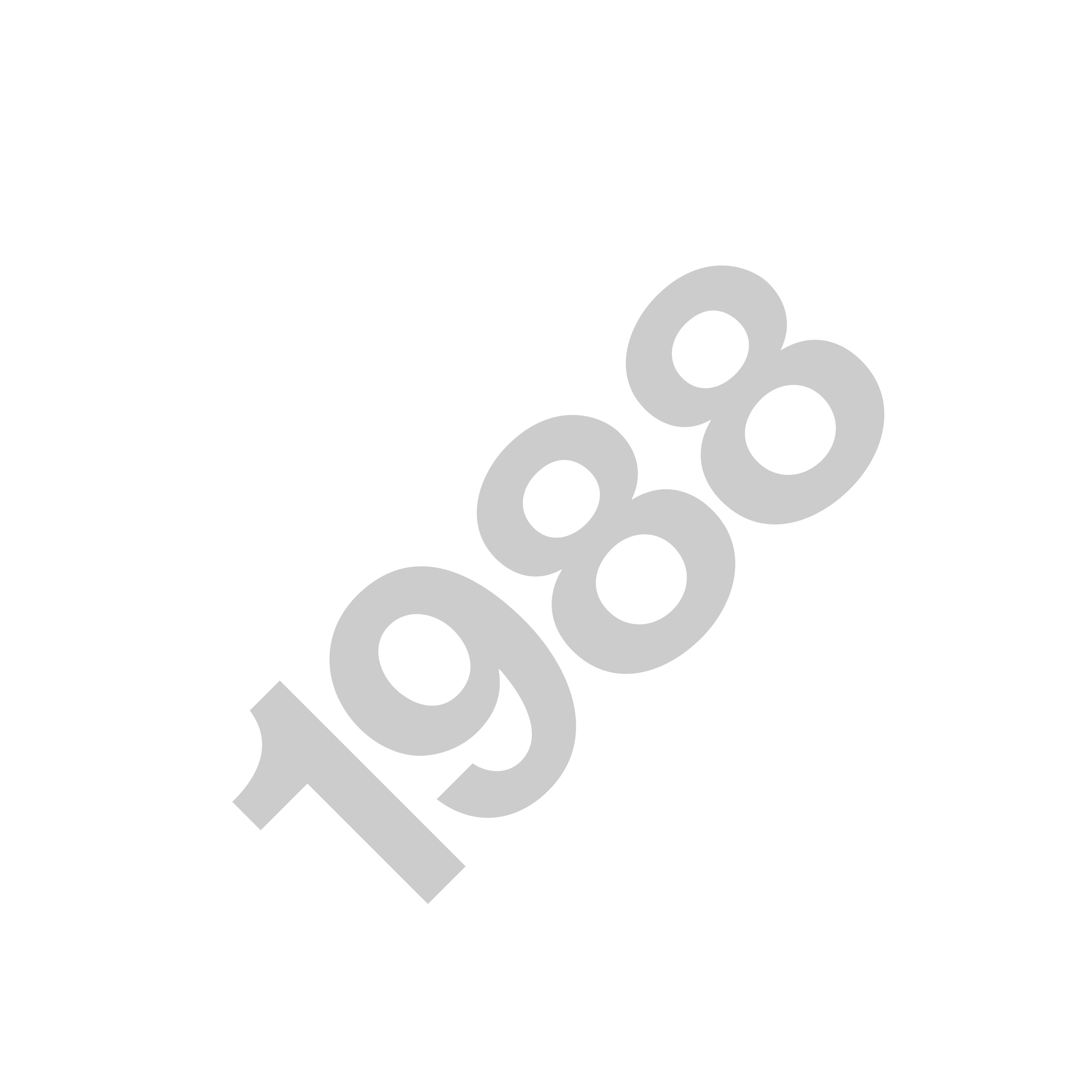
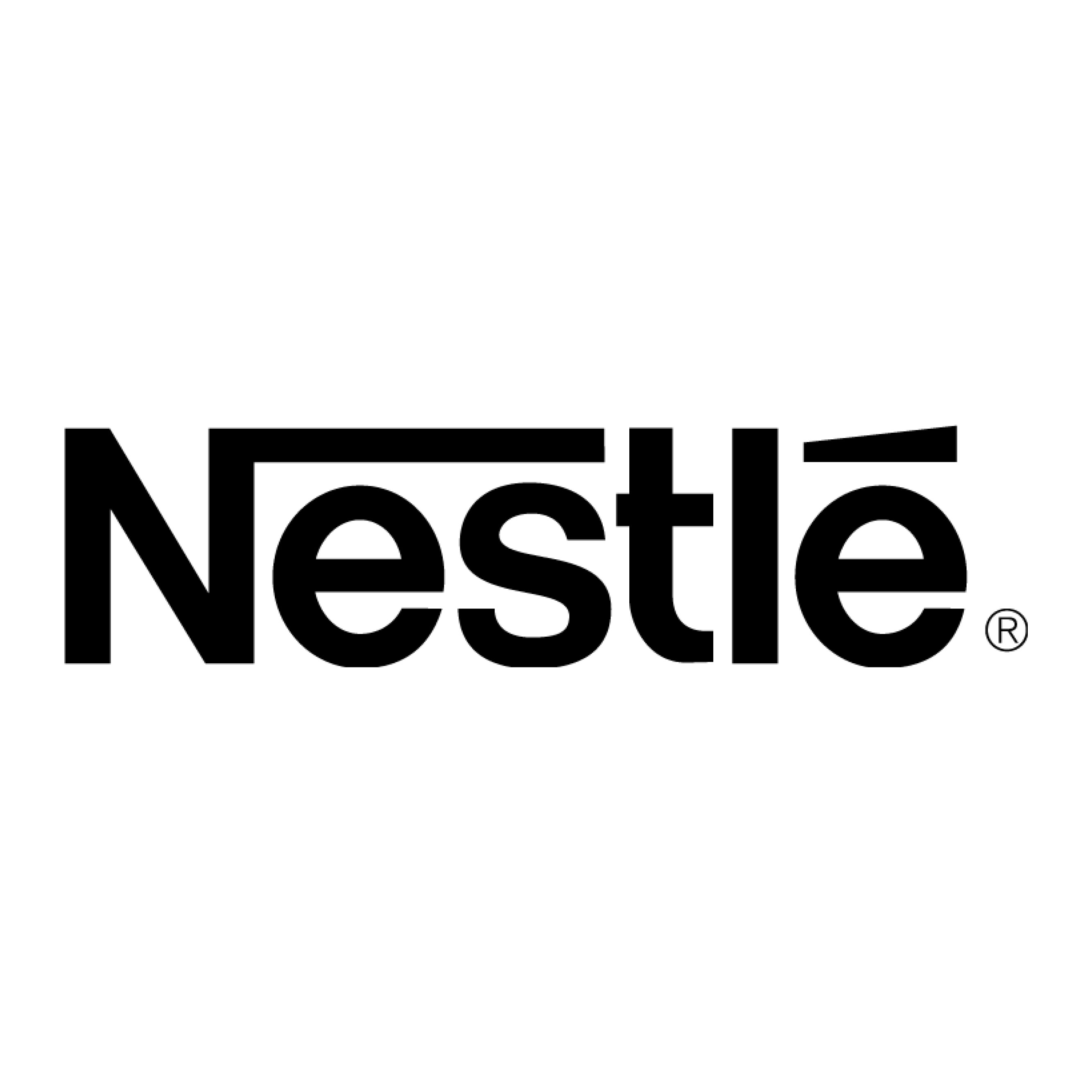
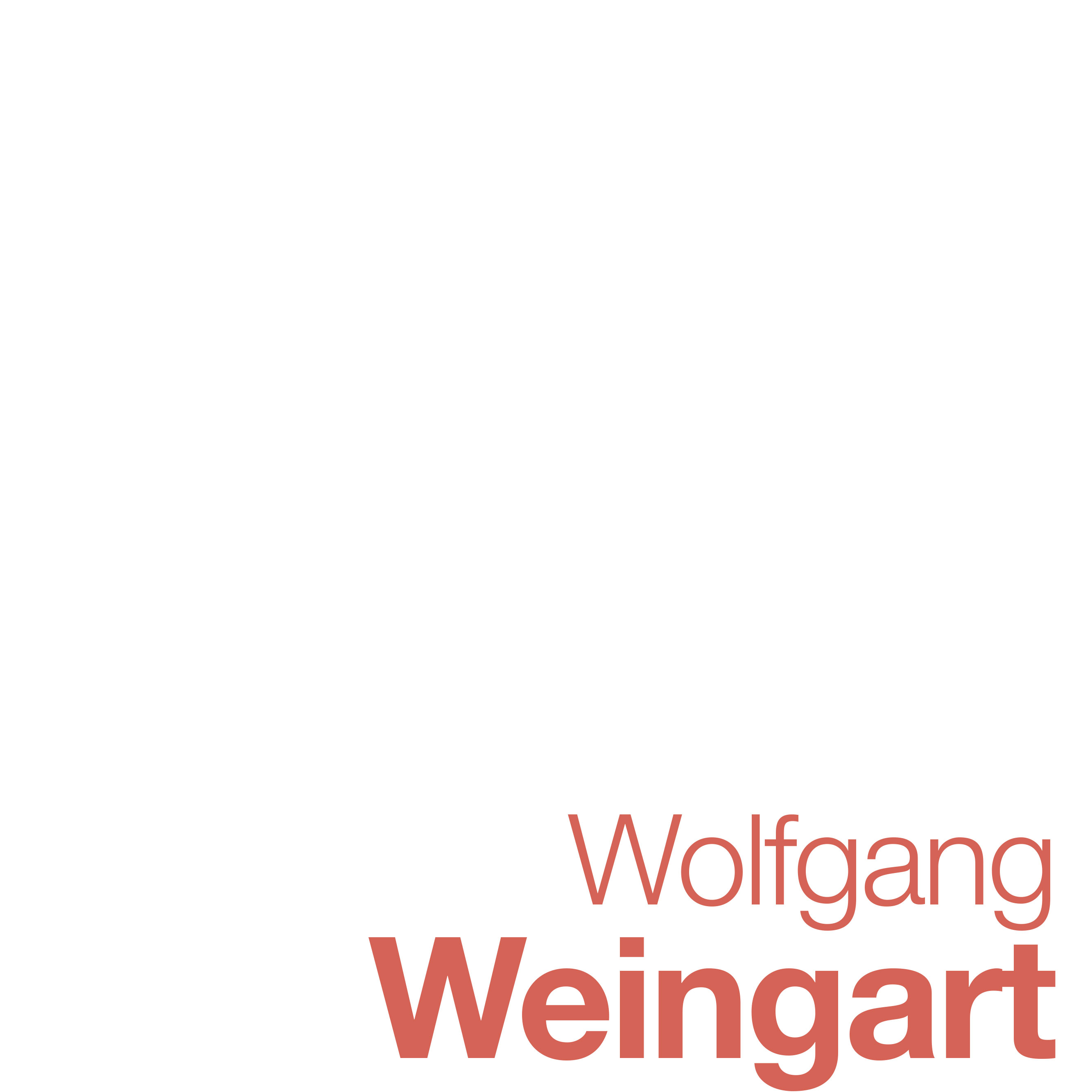
“Anyone who uses Helvetica knows nothing about typefaces.”

Helvetica becomes the official typeface of the New York City Subway.

Linotype shuts down the Haas Type Foundry, ending a run that lasted more than 300 years.
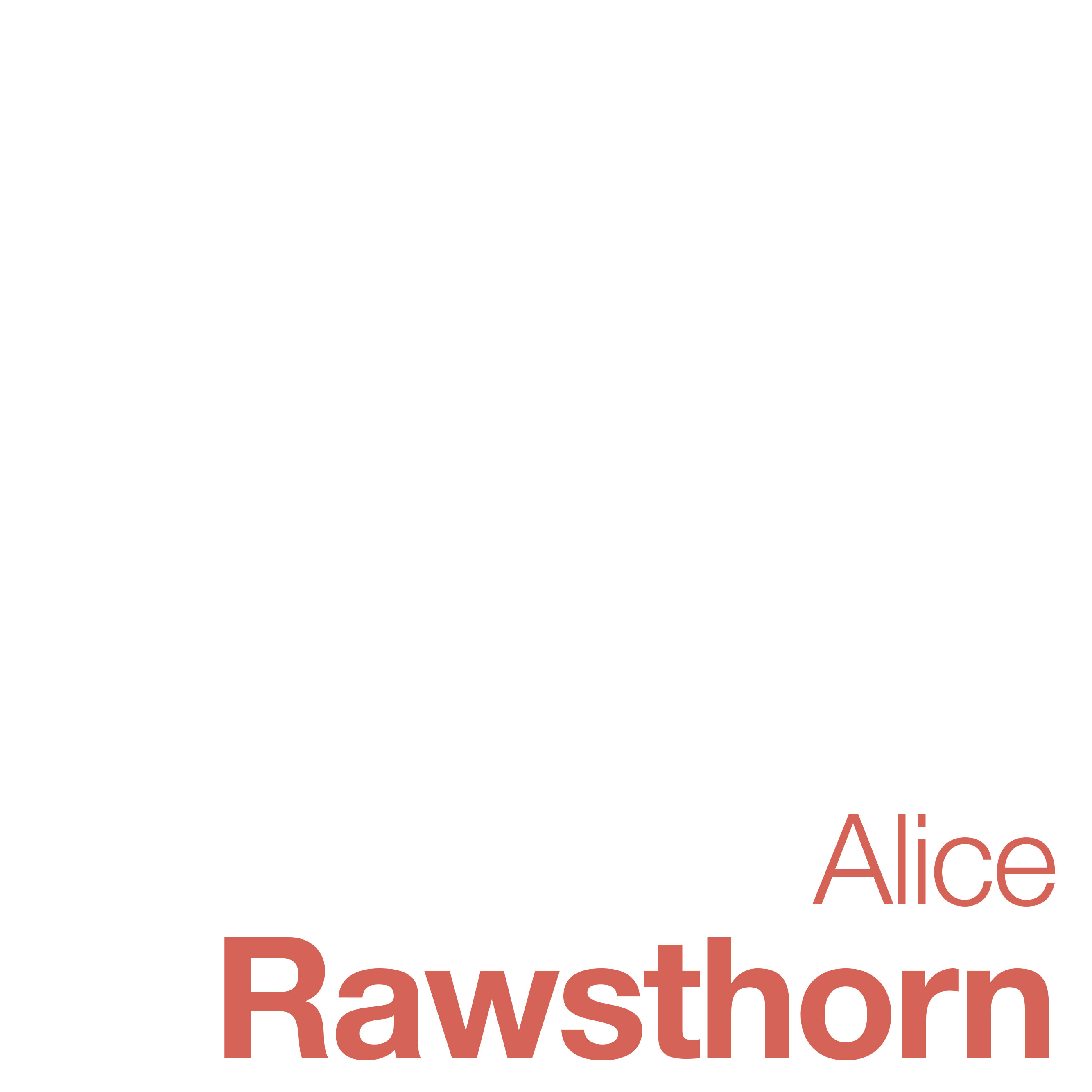
“Like all beautifully designed typefaces, Helvetica is a democratic luxury.”

H. Berthold AG (formerly Berthold Type Foundry) ceases operations.
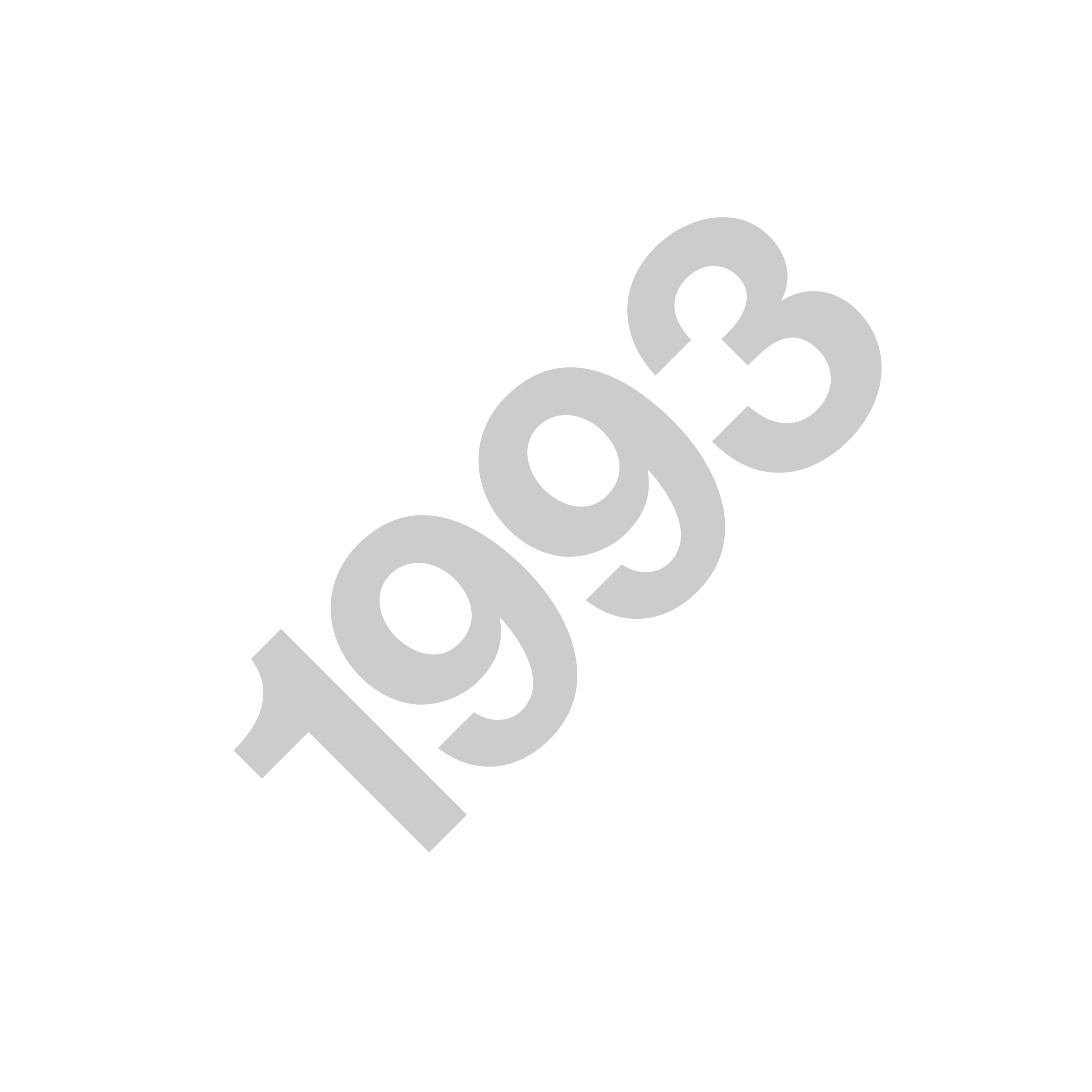

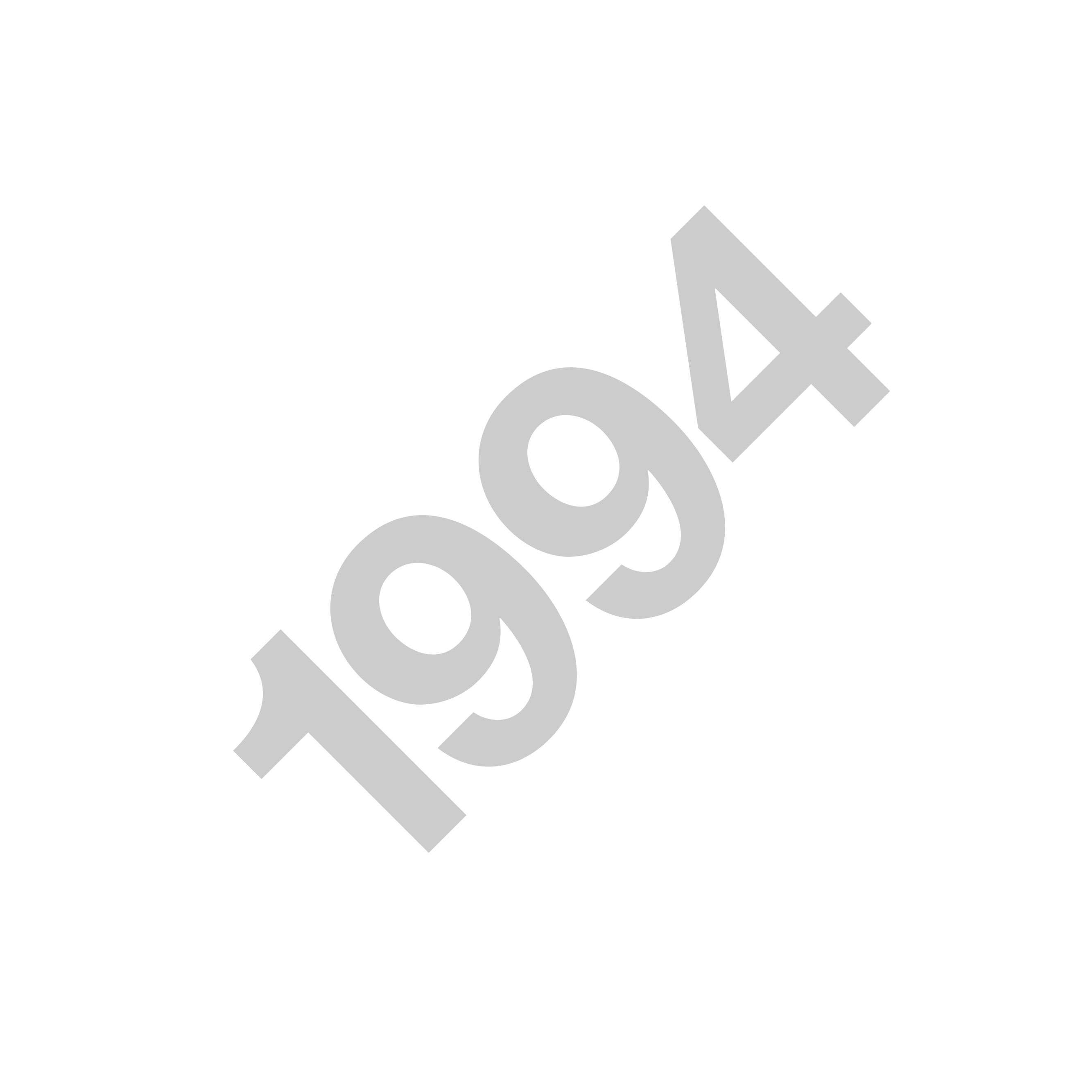
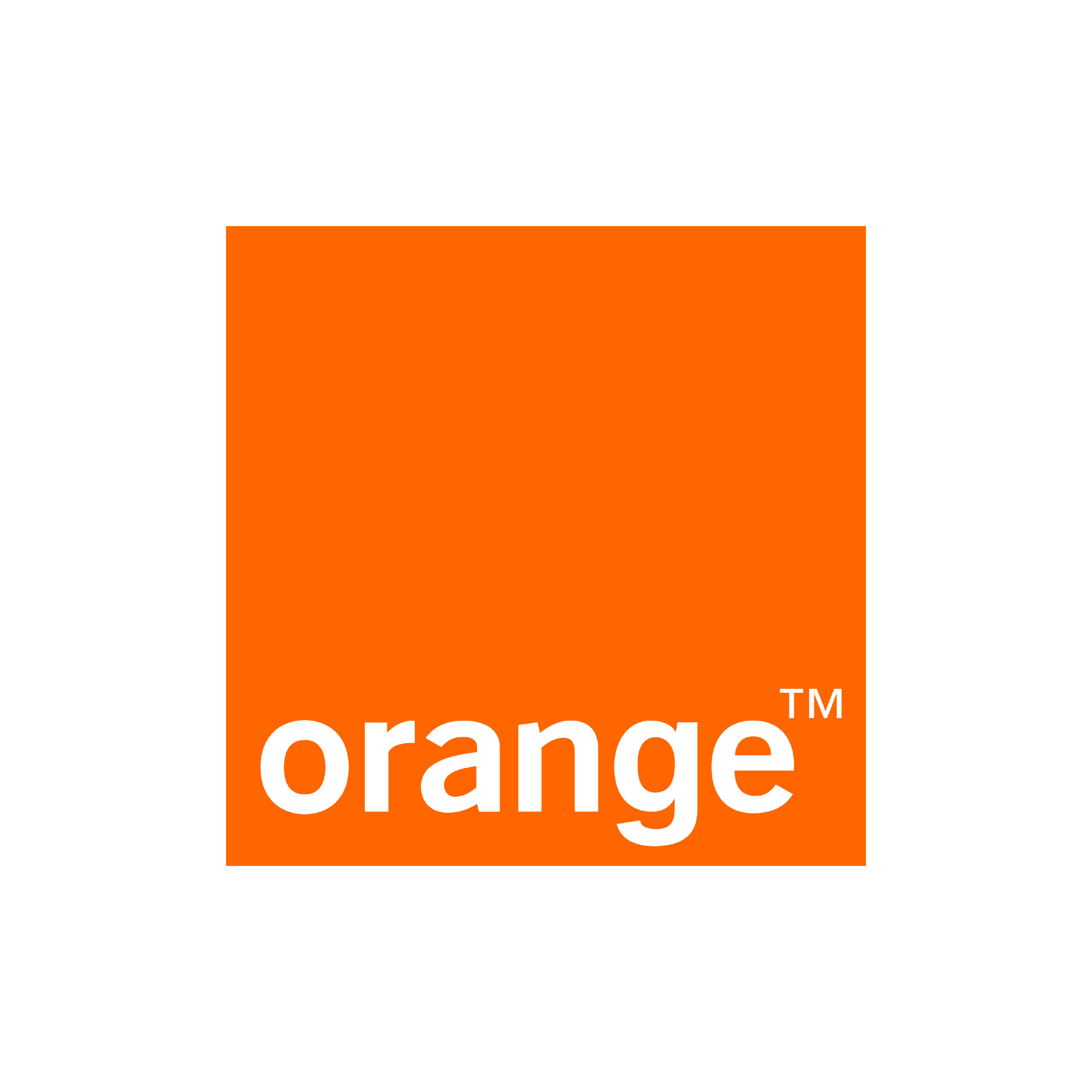
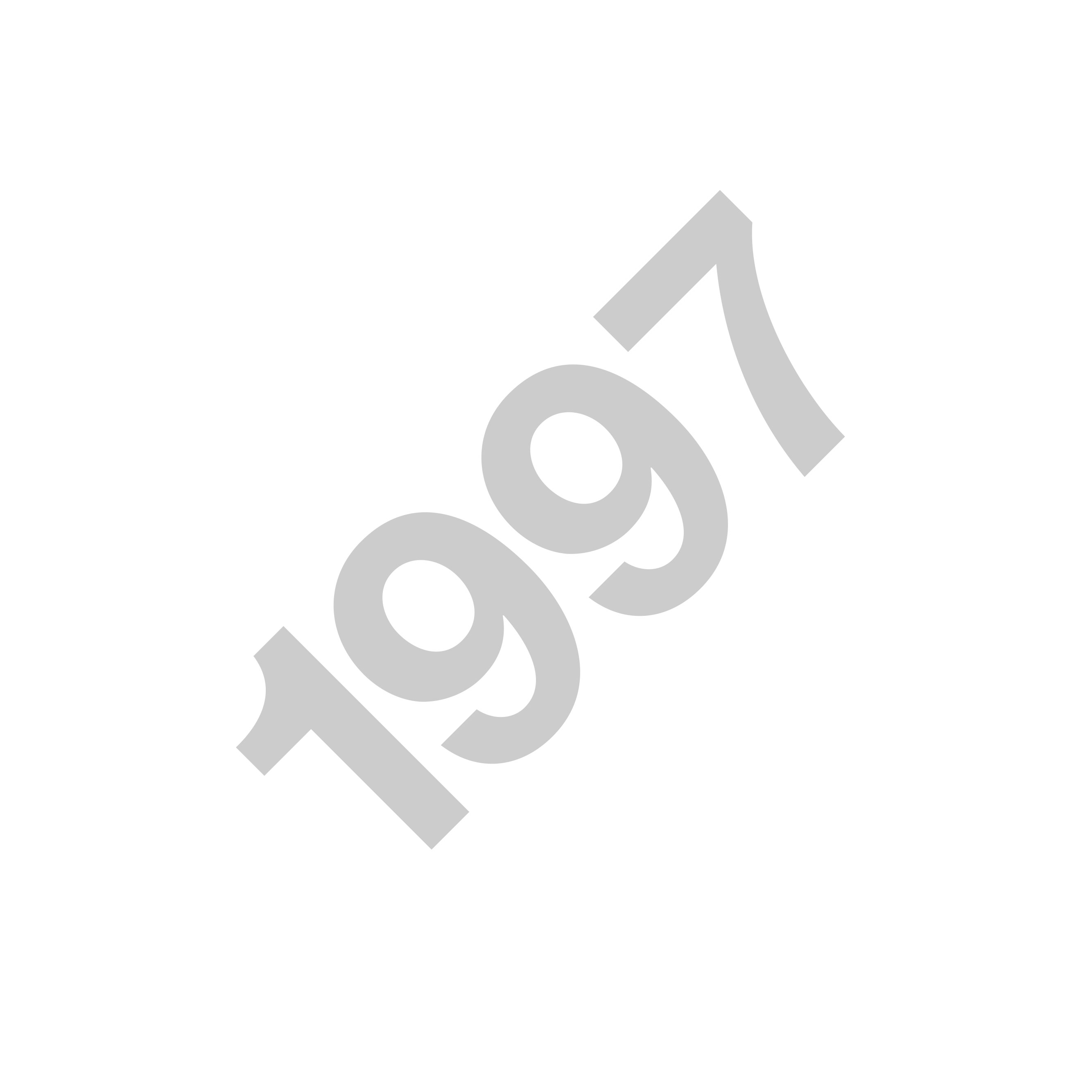
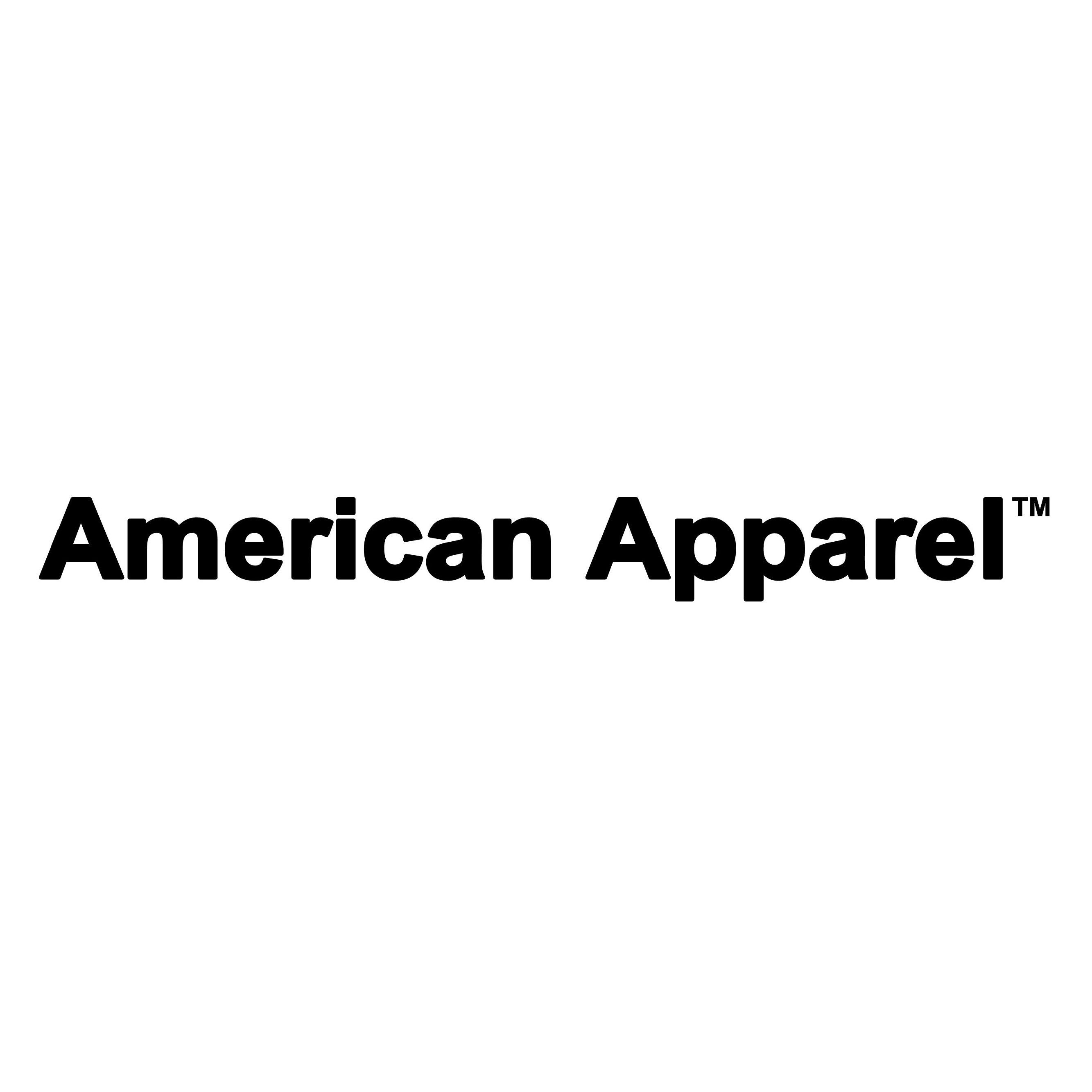

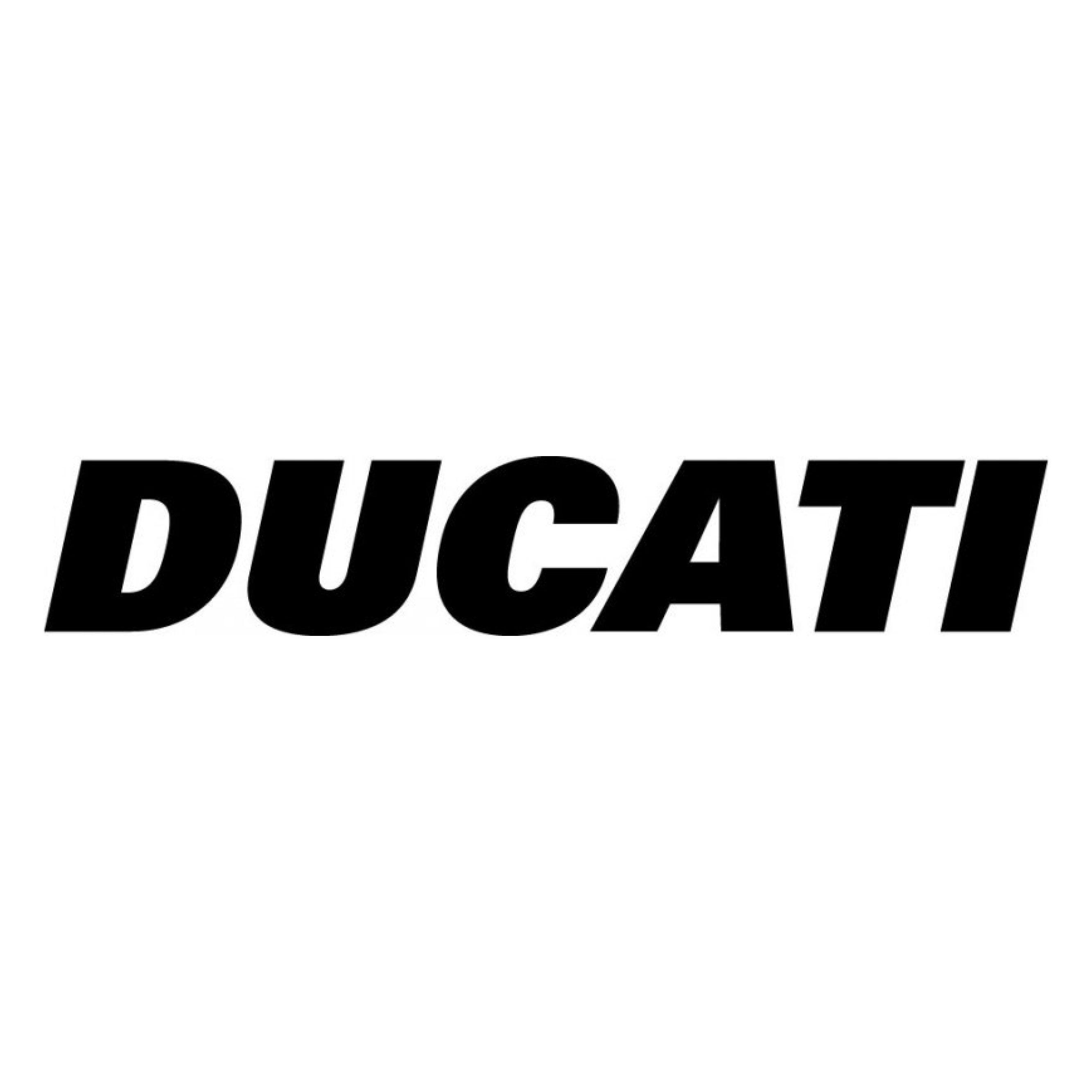




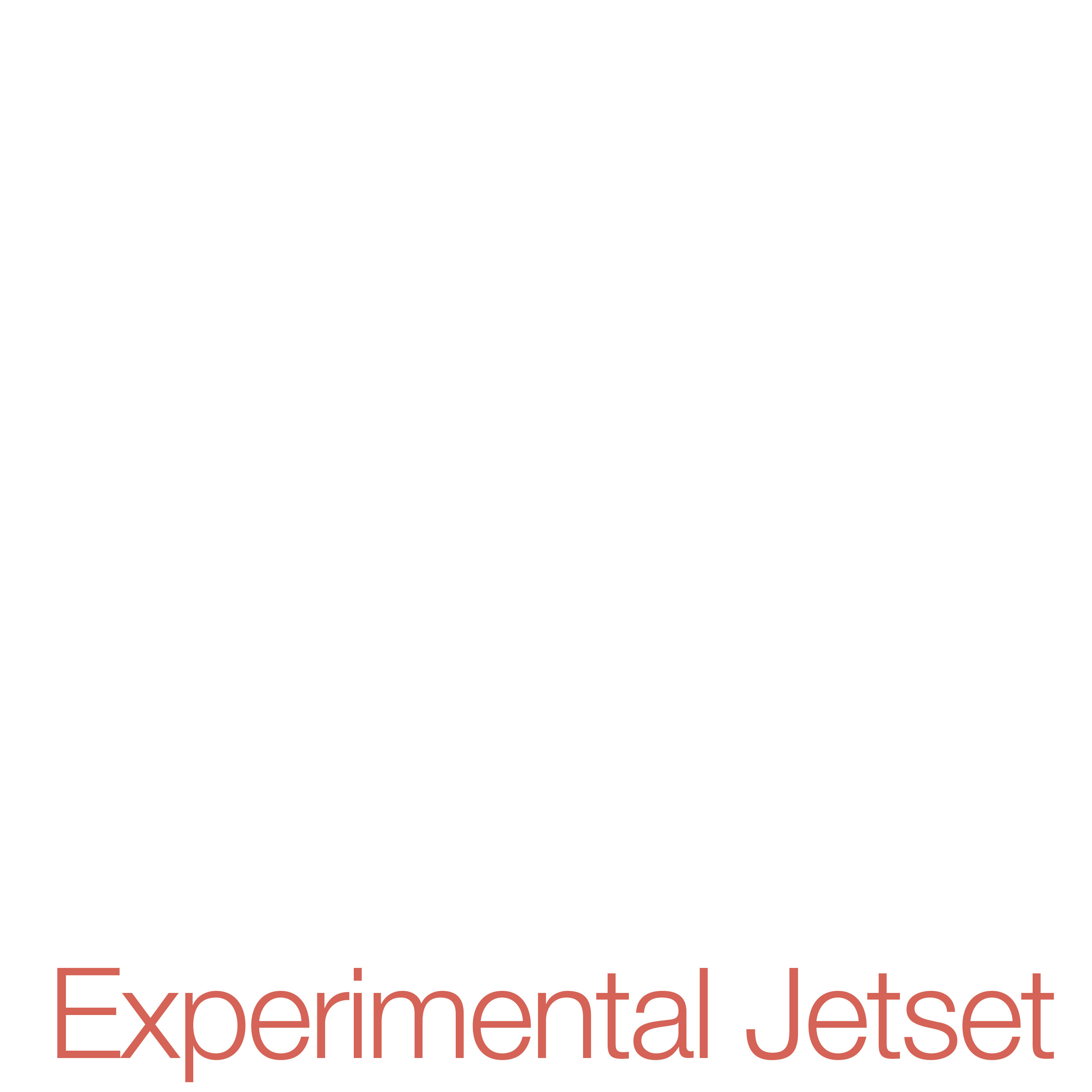
“The Beatles are the Helvetica of pop, just as Helvetica is the Beatles of typefaces.”
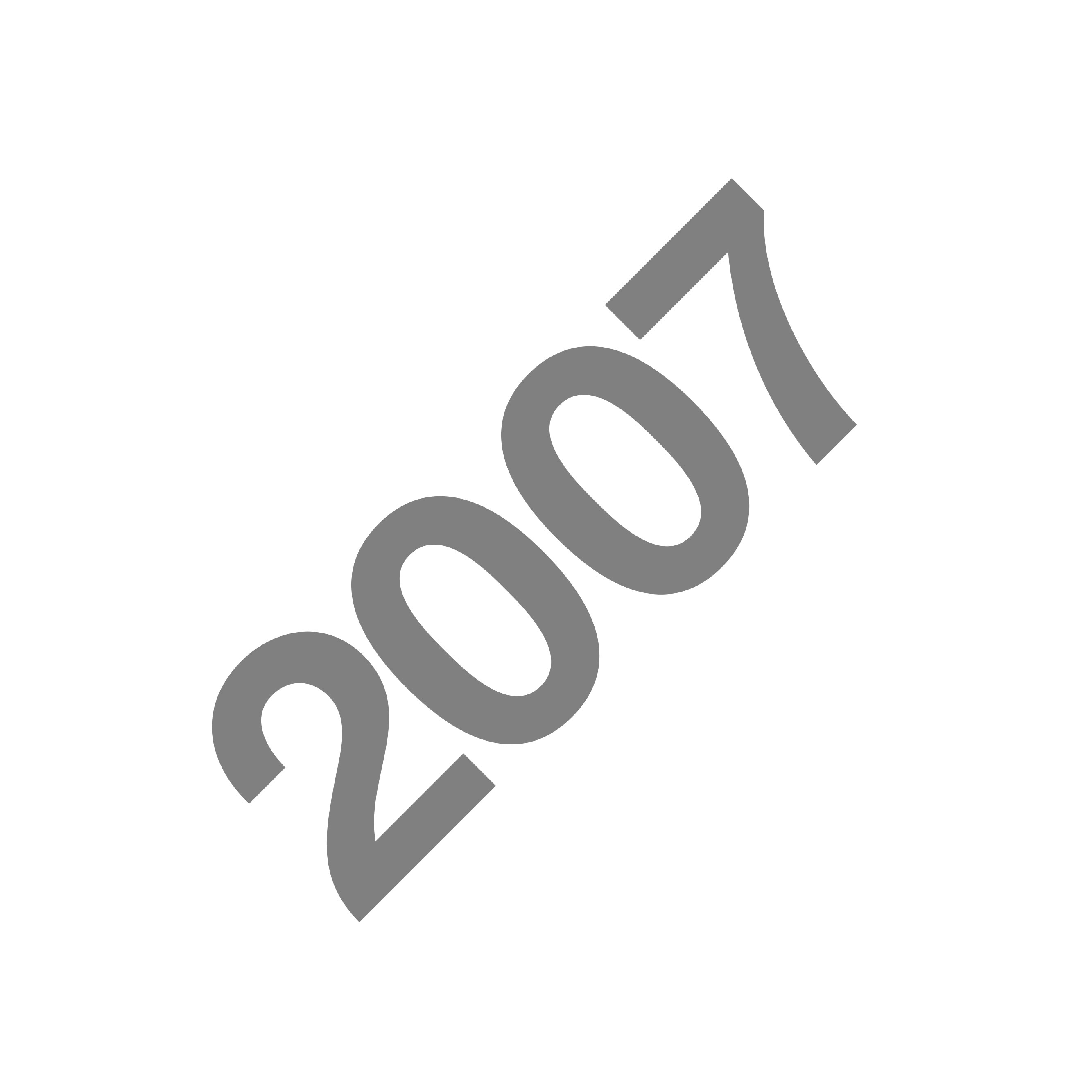
Helvetica, a documentary film, is released to wide acclaim on the font’s 50th anniversary.

50 Years of Helvetica, an installation honoring the first typeface ever acquired for MoMA’s collection, opens in New York.
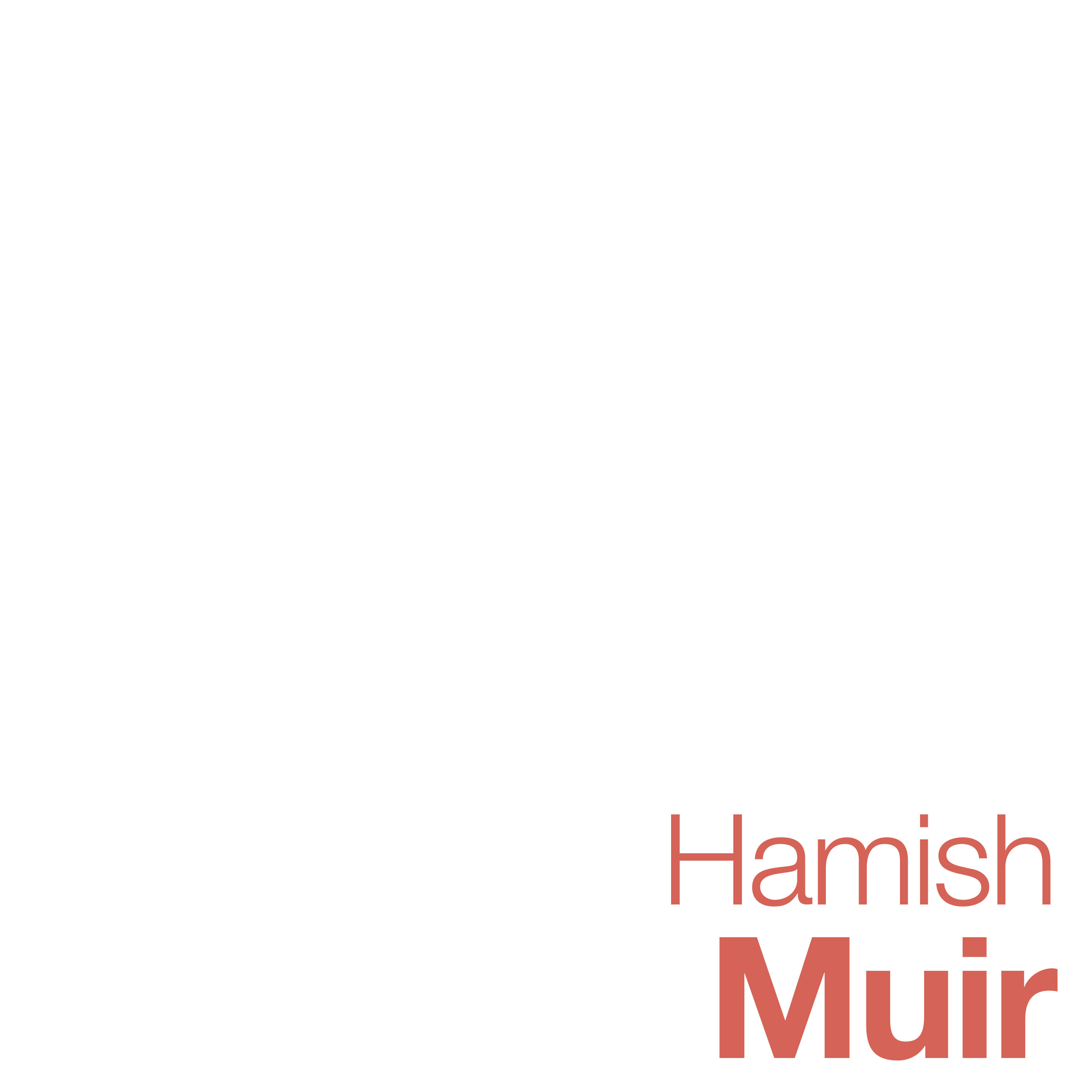
“We hate to like Helvetica.”
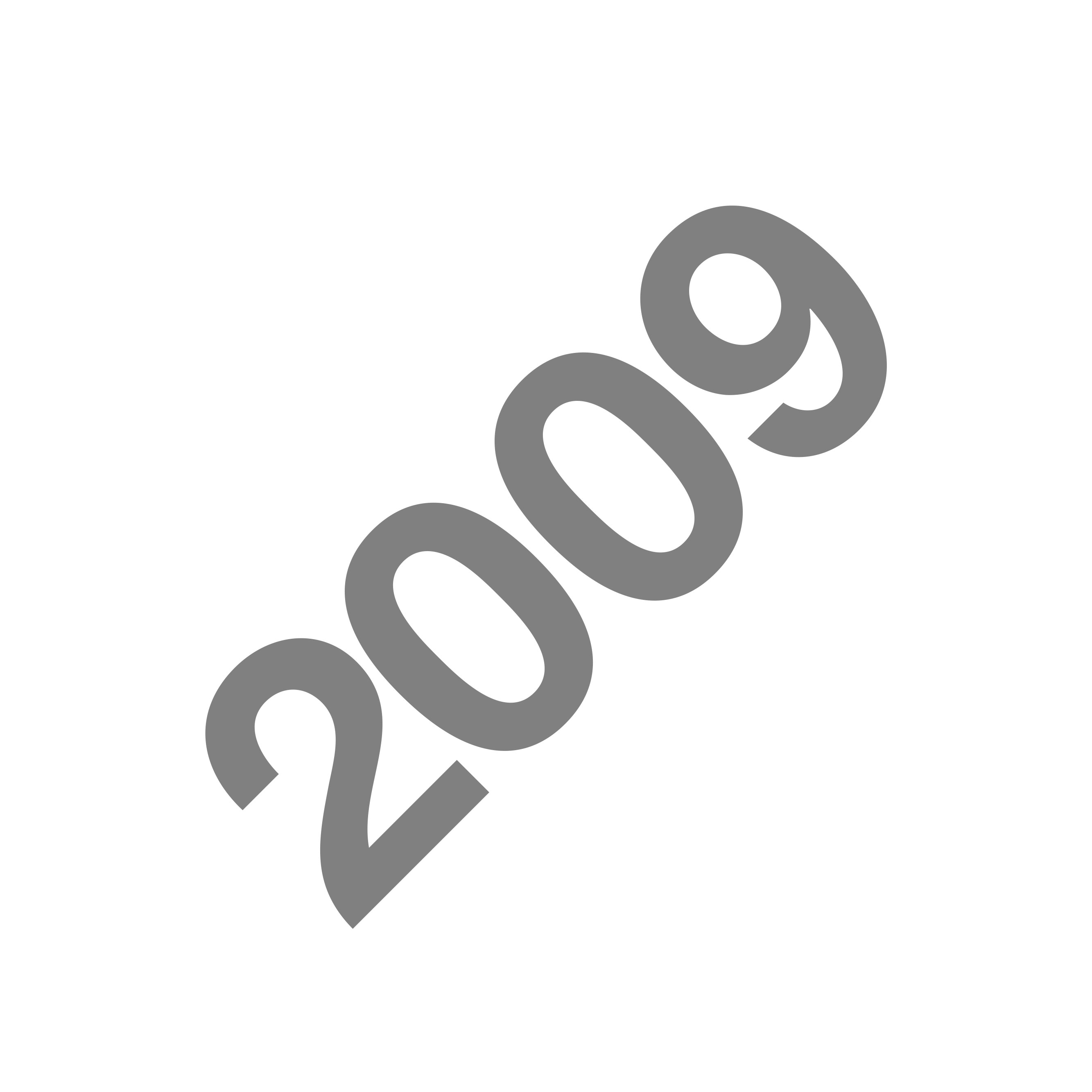
Lars Müller publishes Helvetica Forever: Story of a Typeface.
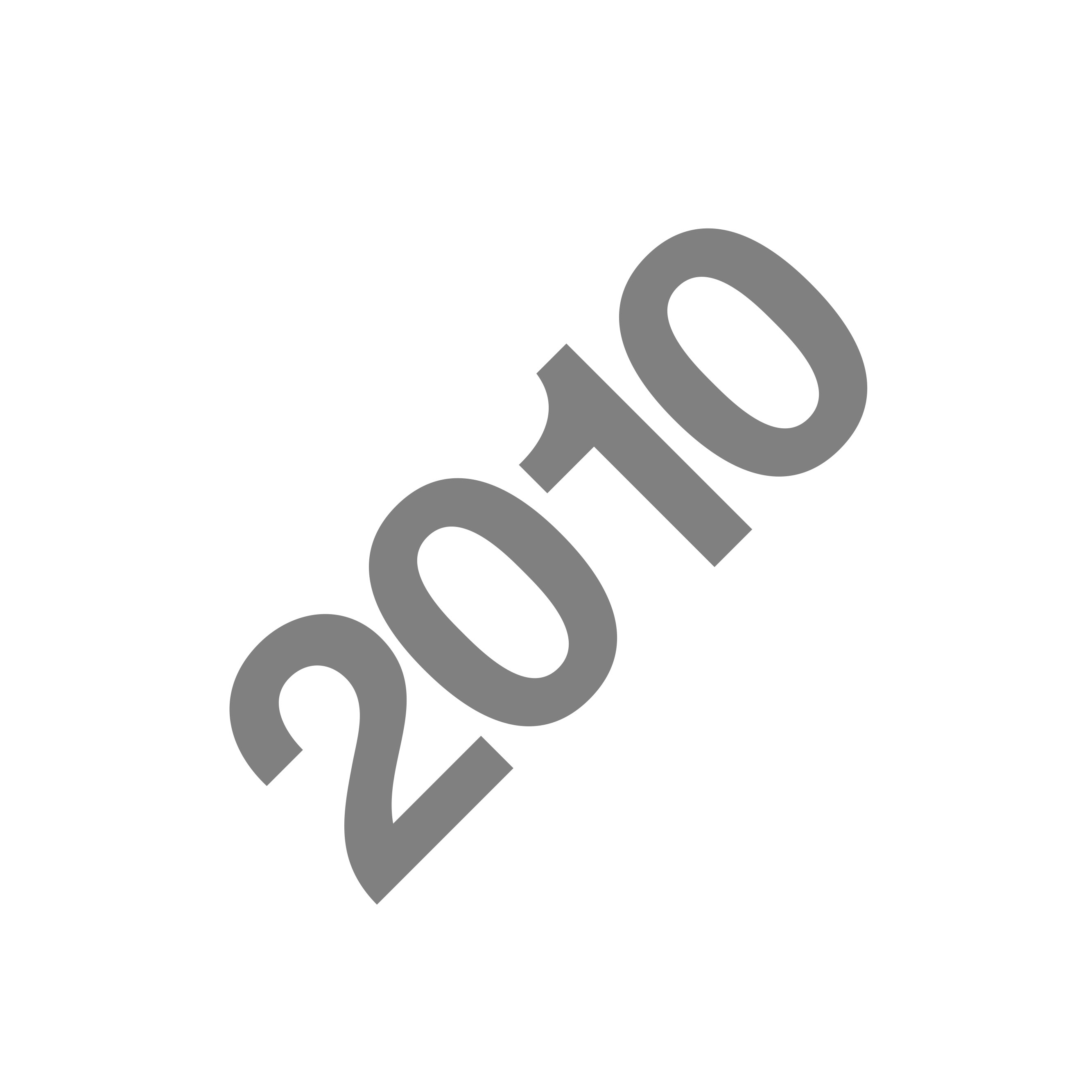
Neue Haas Grotesk is restored and digitized by Christian Schwartz for the Font Bureau.
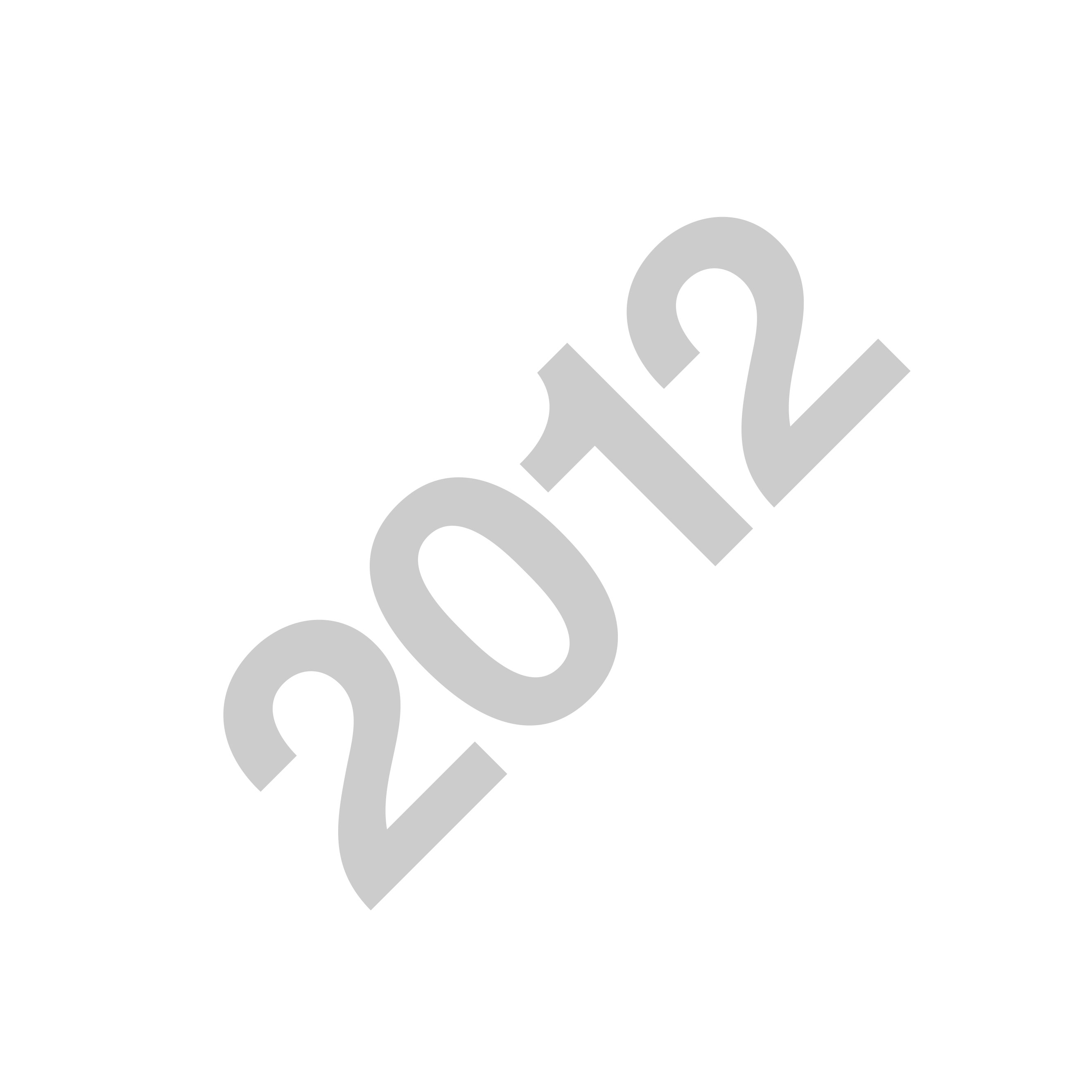
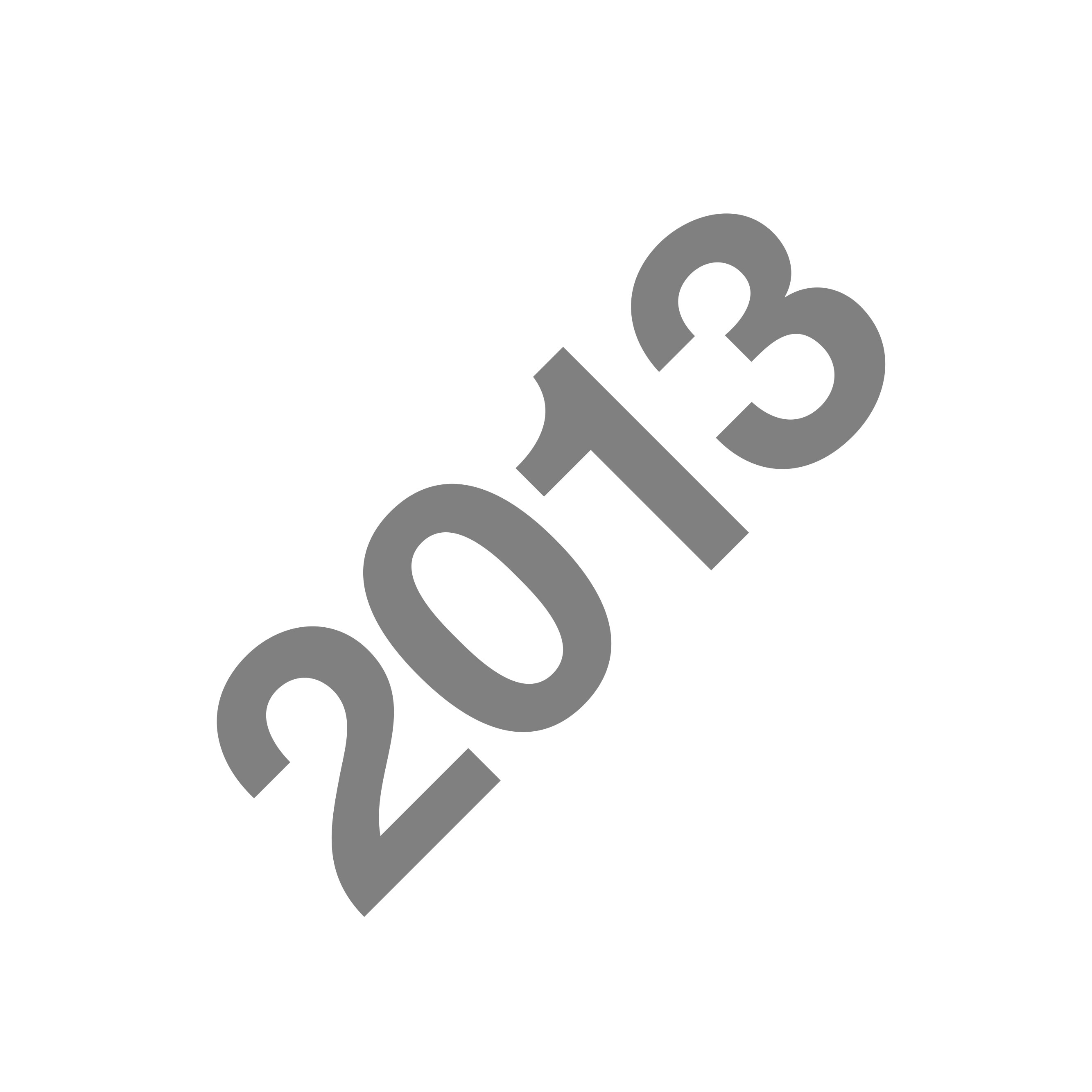
Apple chooses Neue Helvetica for iOS 7, the latest iteration of its mobile operating system.
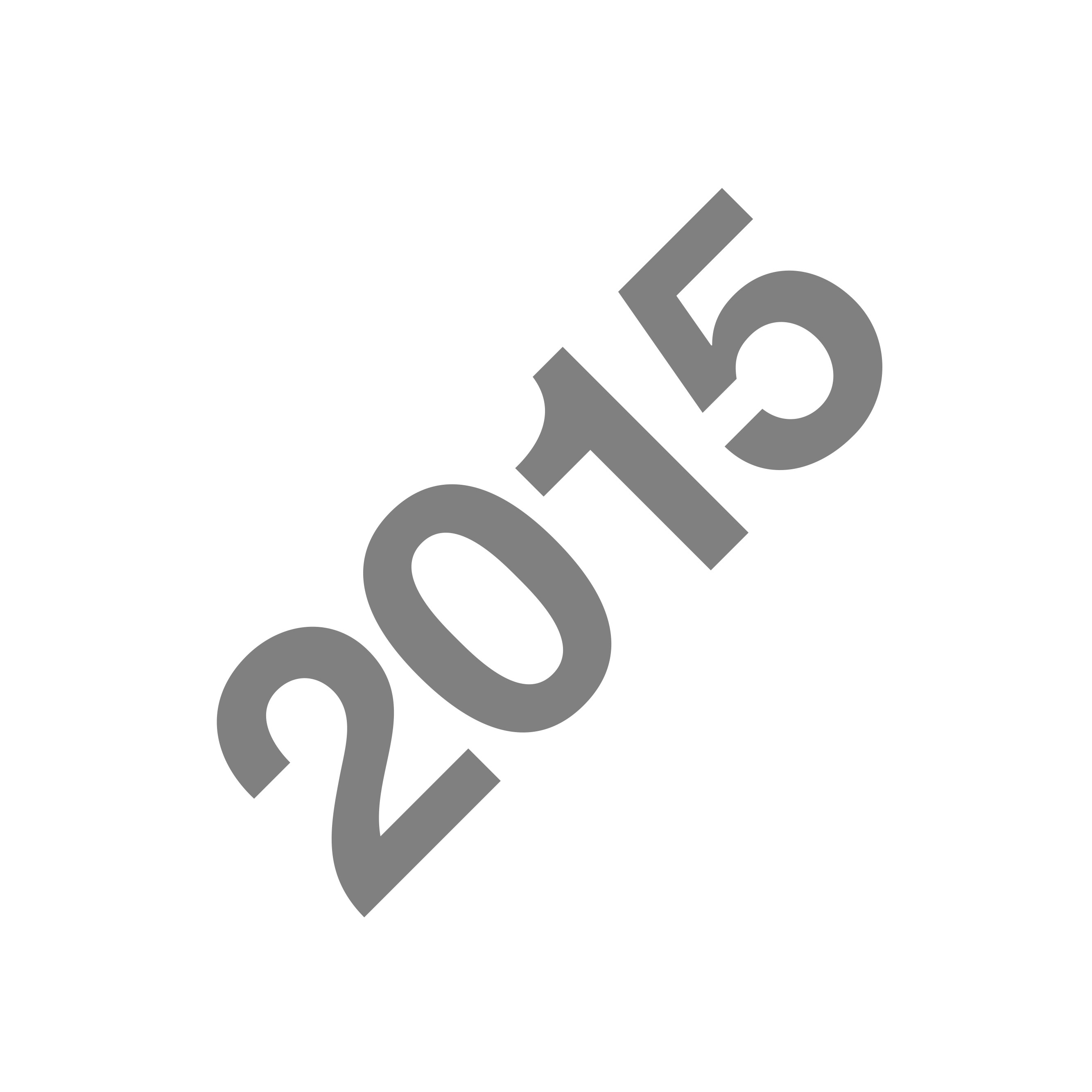
Helveticahaus launches.

SFCC student Isabel Heisler is the first recipient of the Helveticahaus design scholarship, winning $1,000 toward tuition for the 2016-17 school year.

Jaydra Erchul-Johnson takes home $1,000 and Teresa Mendoza Embrey and Jill Poland $500 each in the awarding of the second annual Helveticahaus design scholarship.

The third annual Helveticahaus scholarship – and $1,000 toward tuition – goes to second-year SFCC graphic student Tessa Vlaar.
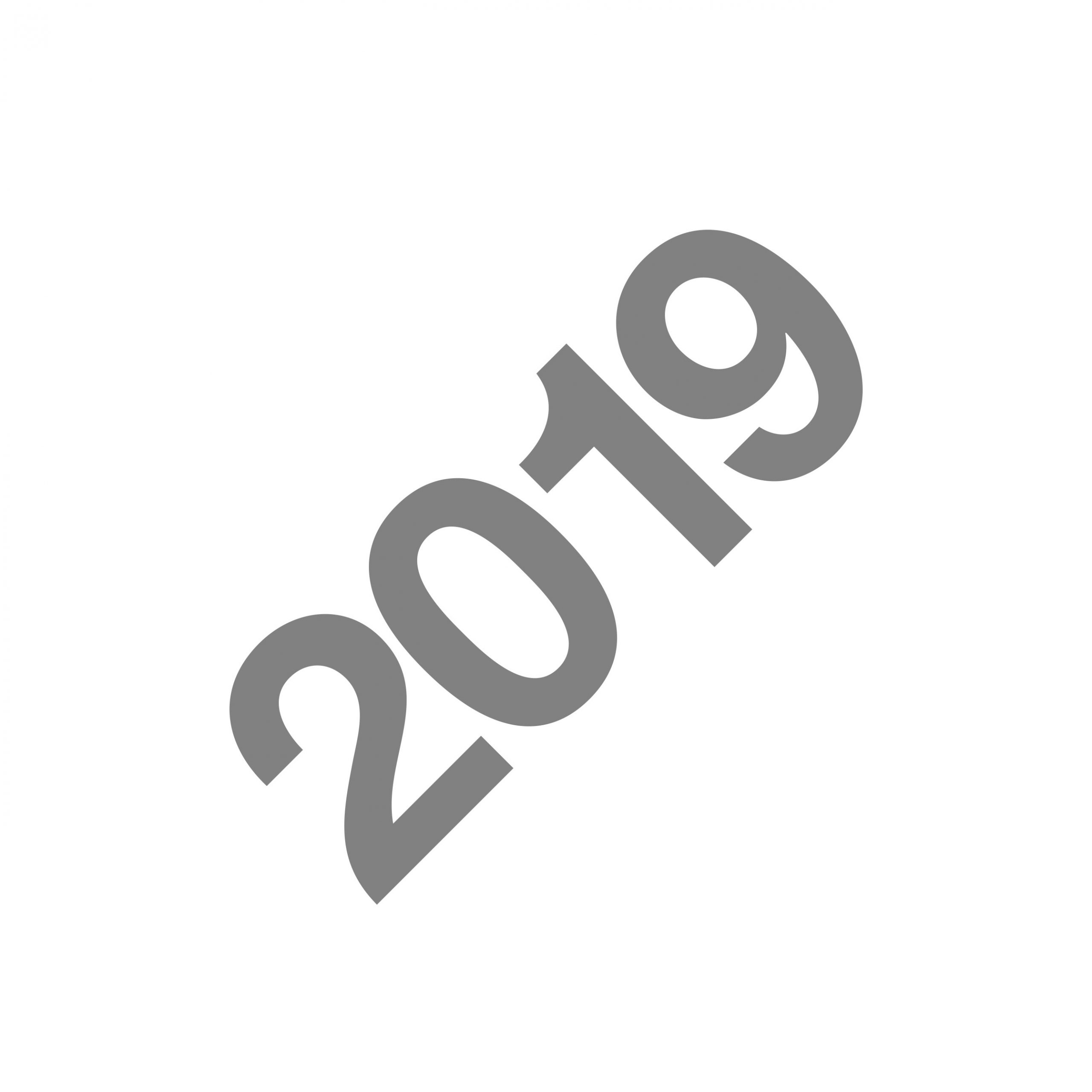
In a repeat of 2017, three students are awarded a Helveticahaus design scholarship: Roman Dorr ($1,000), Elizabeth Pierce ($500), and Cody Thomas ($500).

Once again, the Helveticahaus design scholarship goes to three students: Jason Thomas wins $1,000, and Ksenia “Susha” Akimova and Madison Allen each win $500.
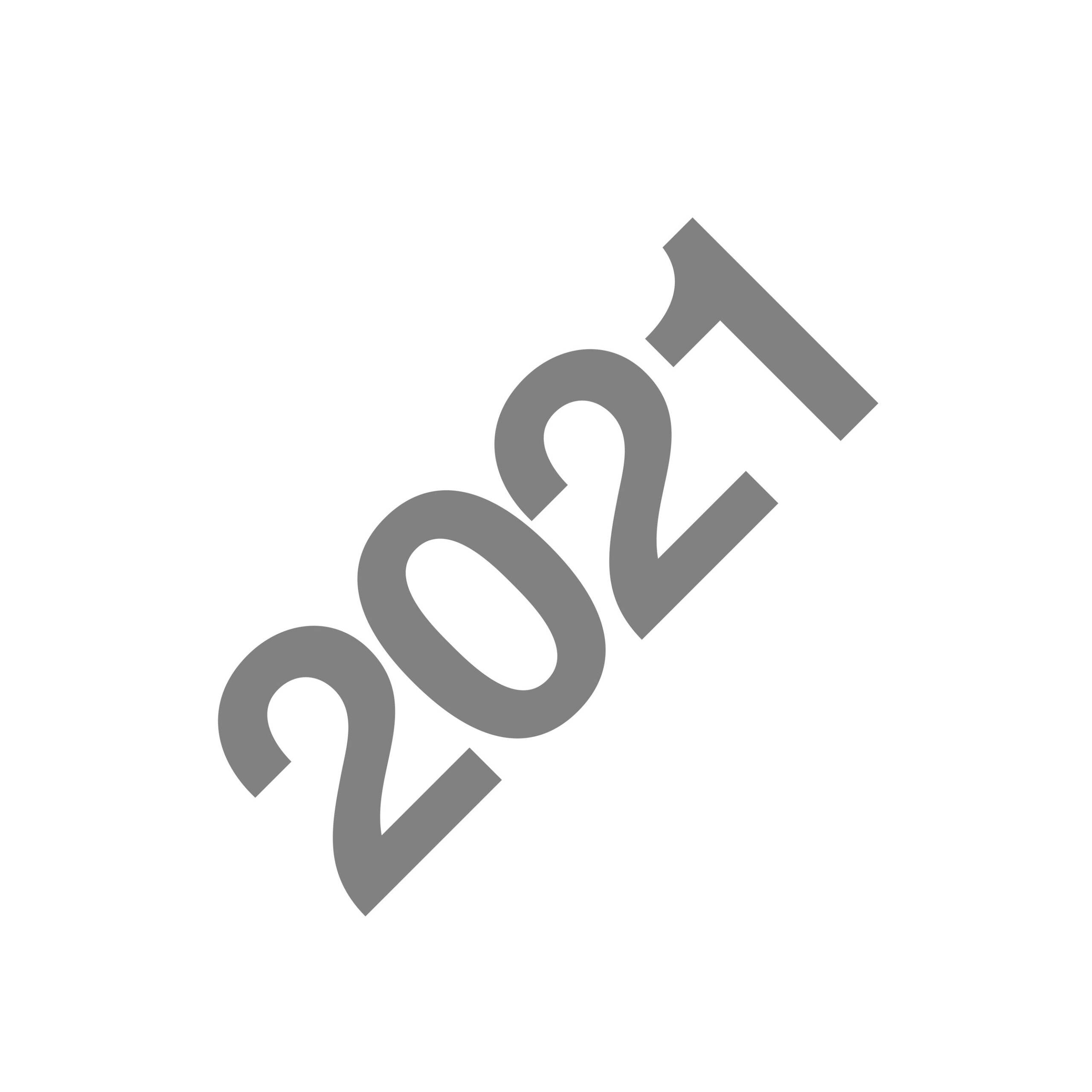
Helveticahuas design scholarships are awarded to a record five SFCC students: Elisabeth Empey, Breanna Stewart, Dina Curtis, Mikael Leighty, and Tierney Vogler.
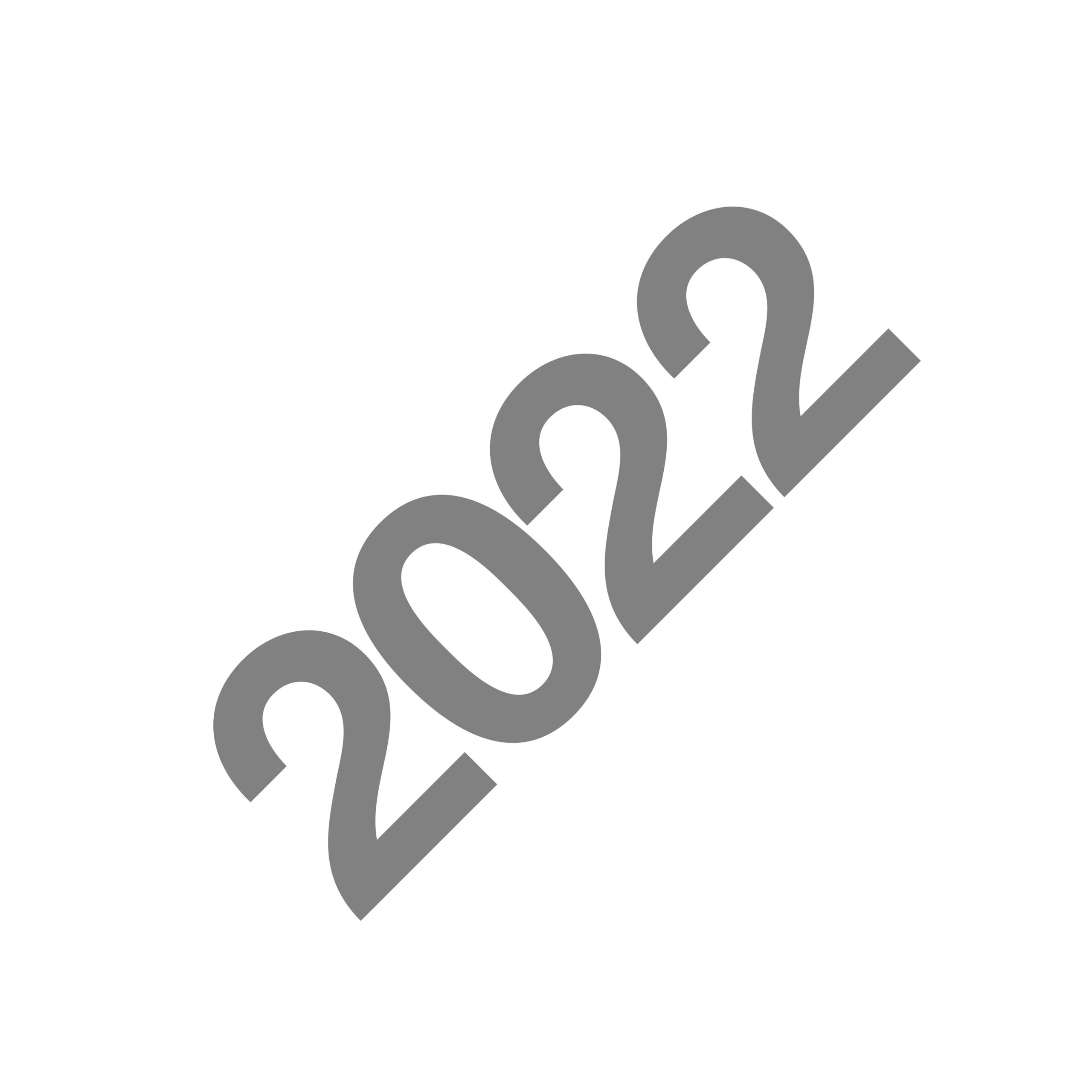
Antoni Carlson, a second-year SFCC design student, wins the seventh annual Helveticahaus design scholarship and recieves $1,000 for school.
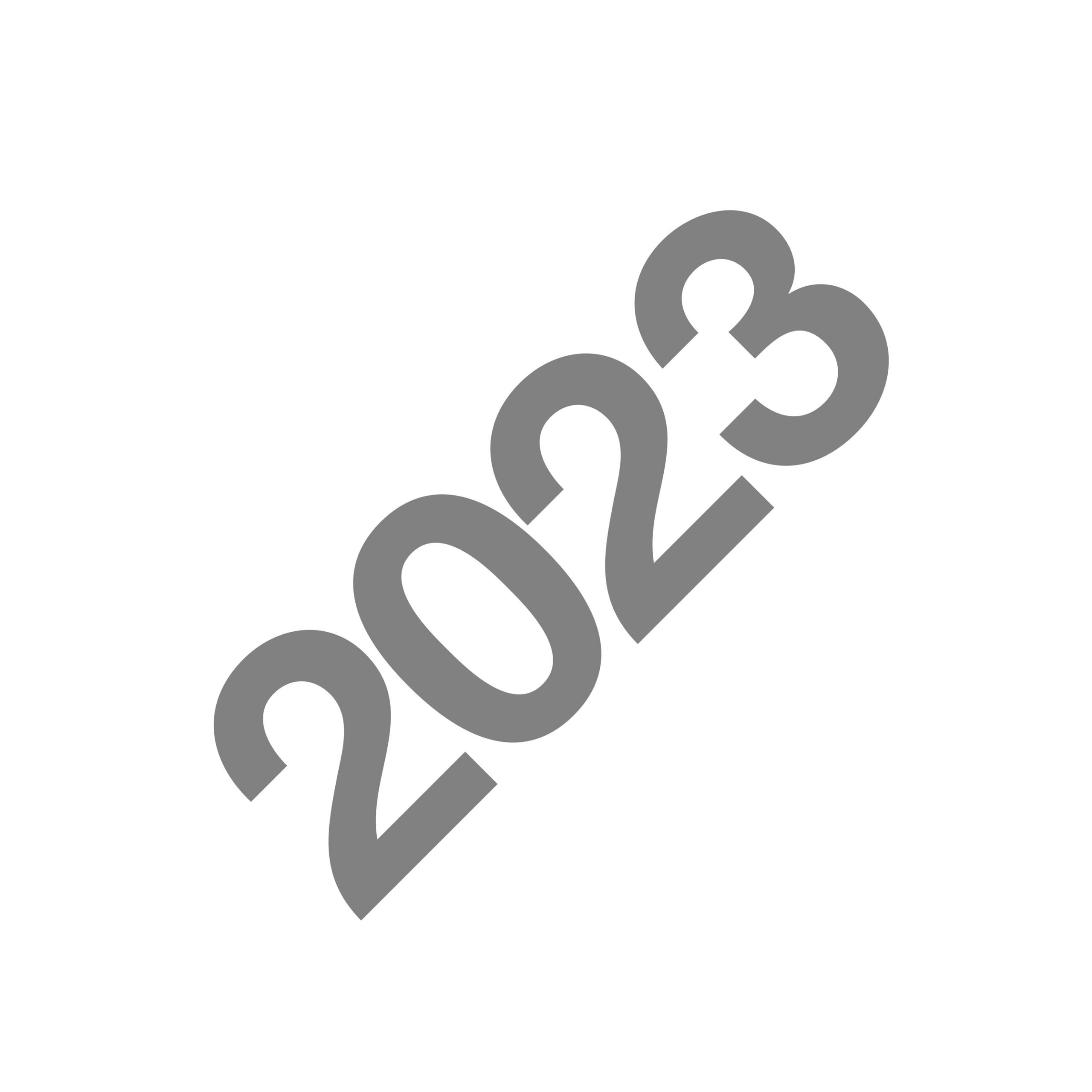
SFCC student Kambria Schaffer wins $1,000 toward her school tuition as the recipient of the eighth annual Helveticahaus design scholarship.
